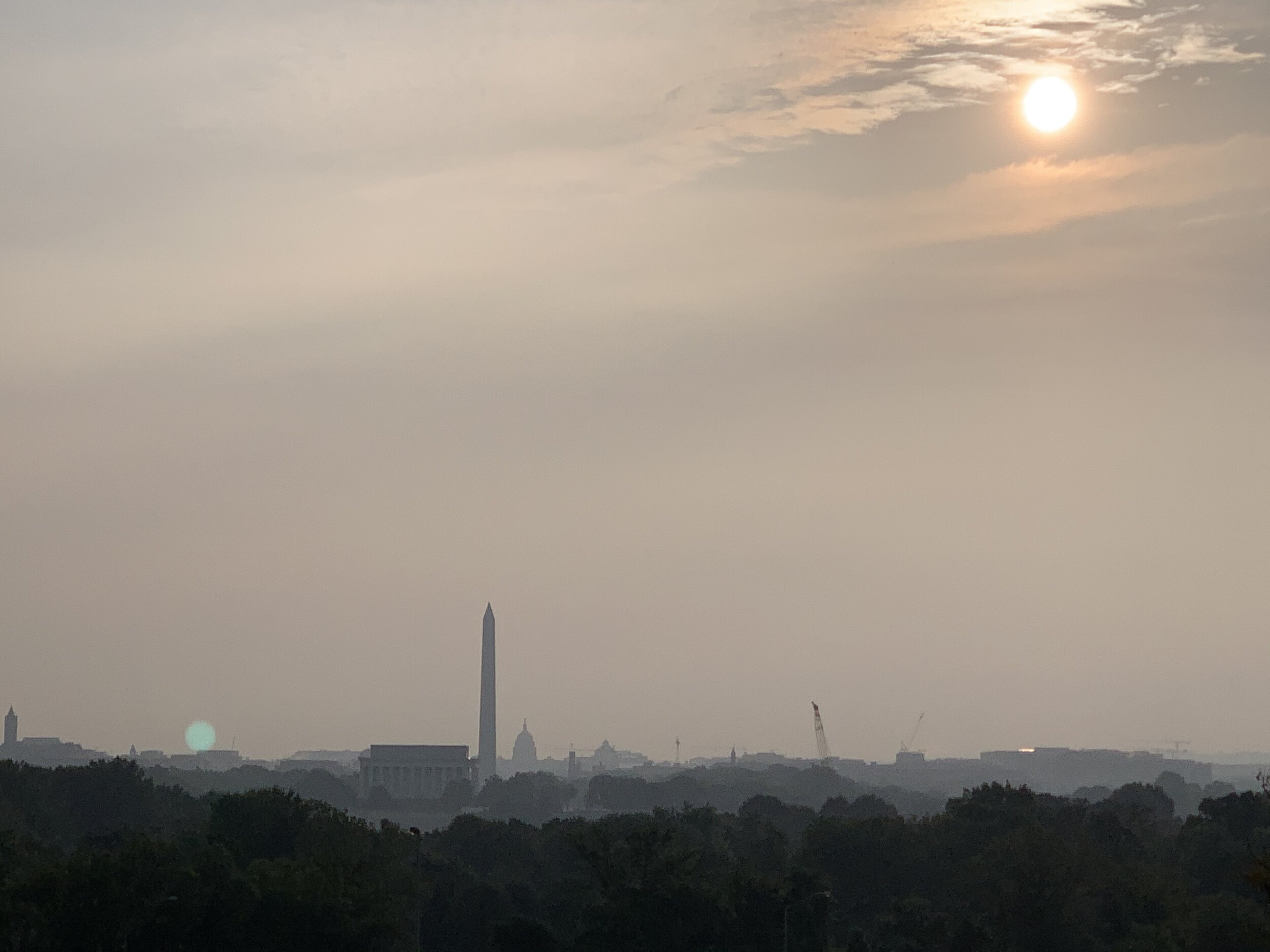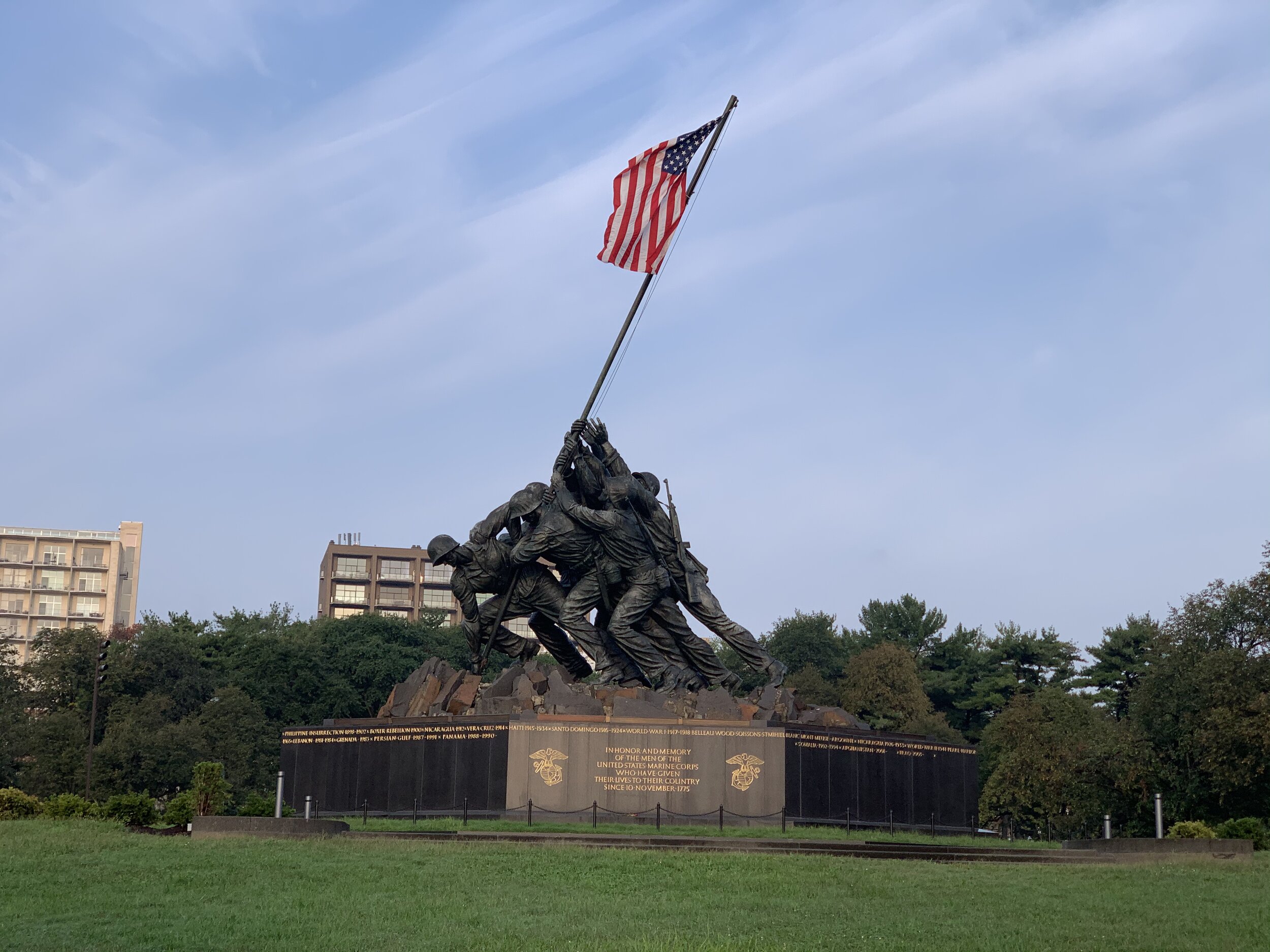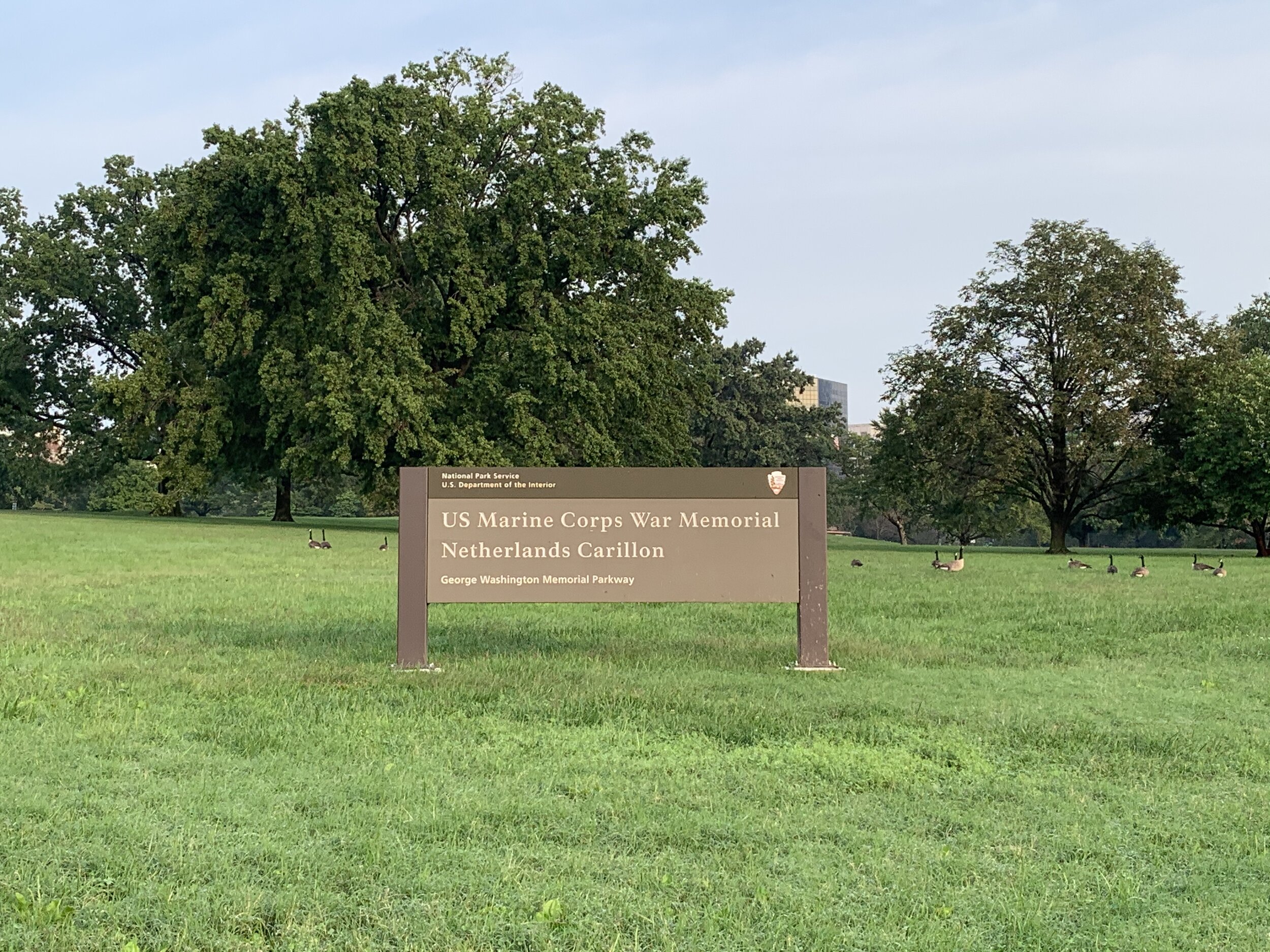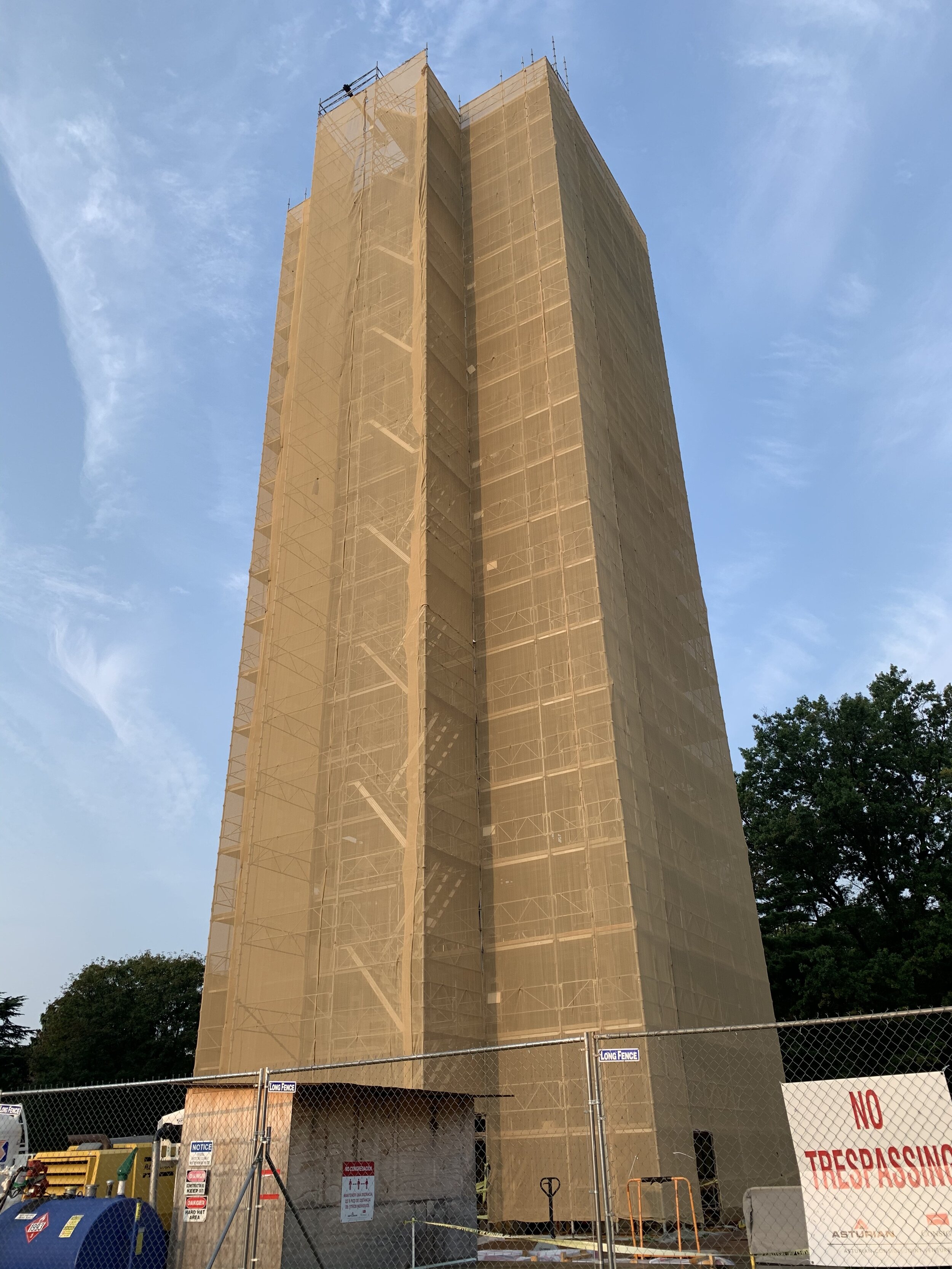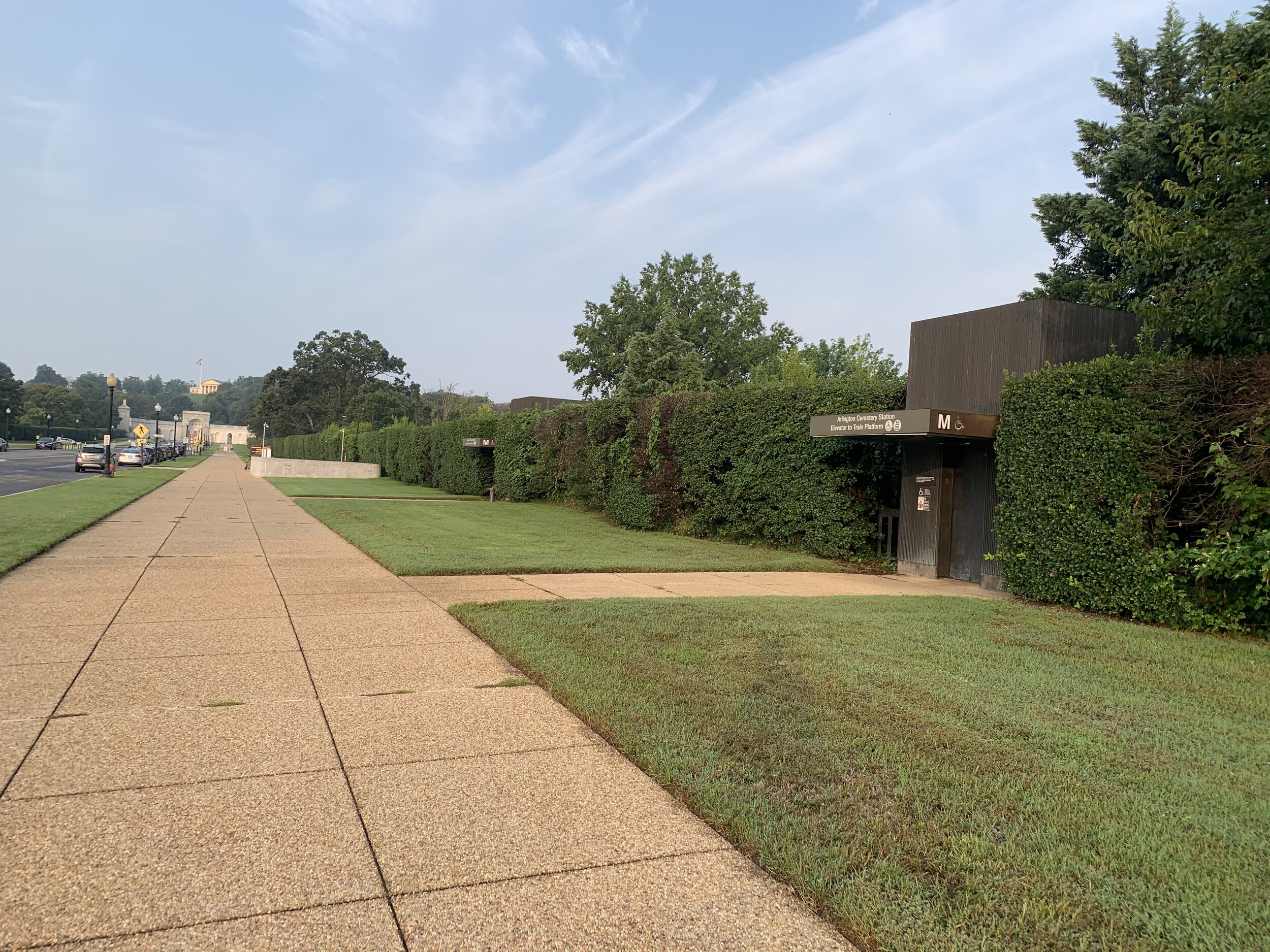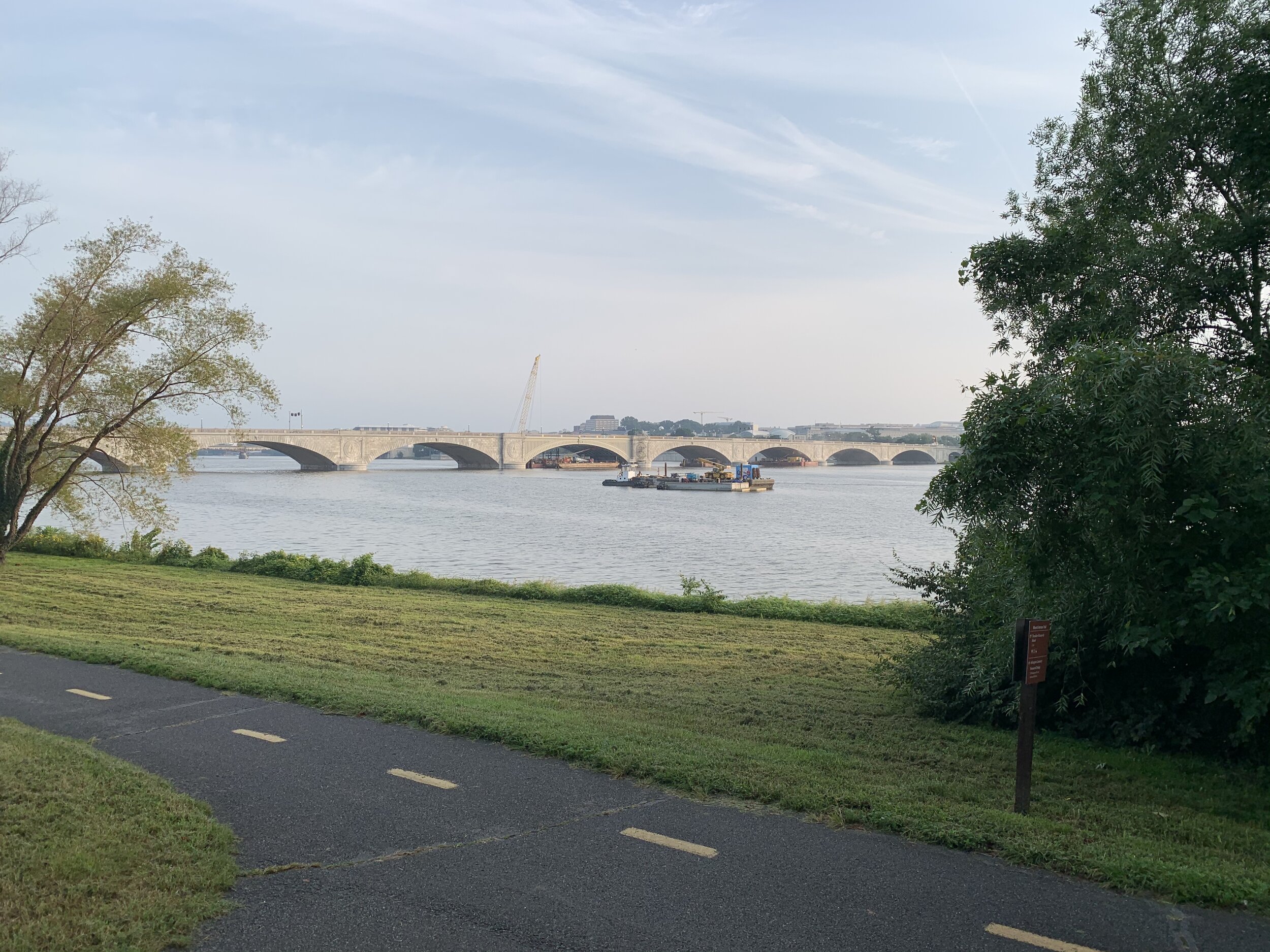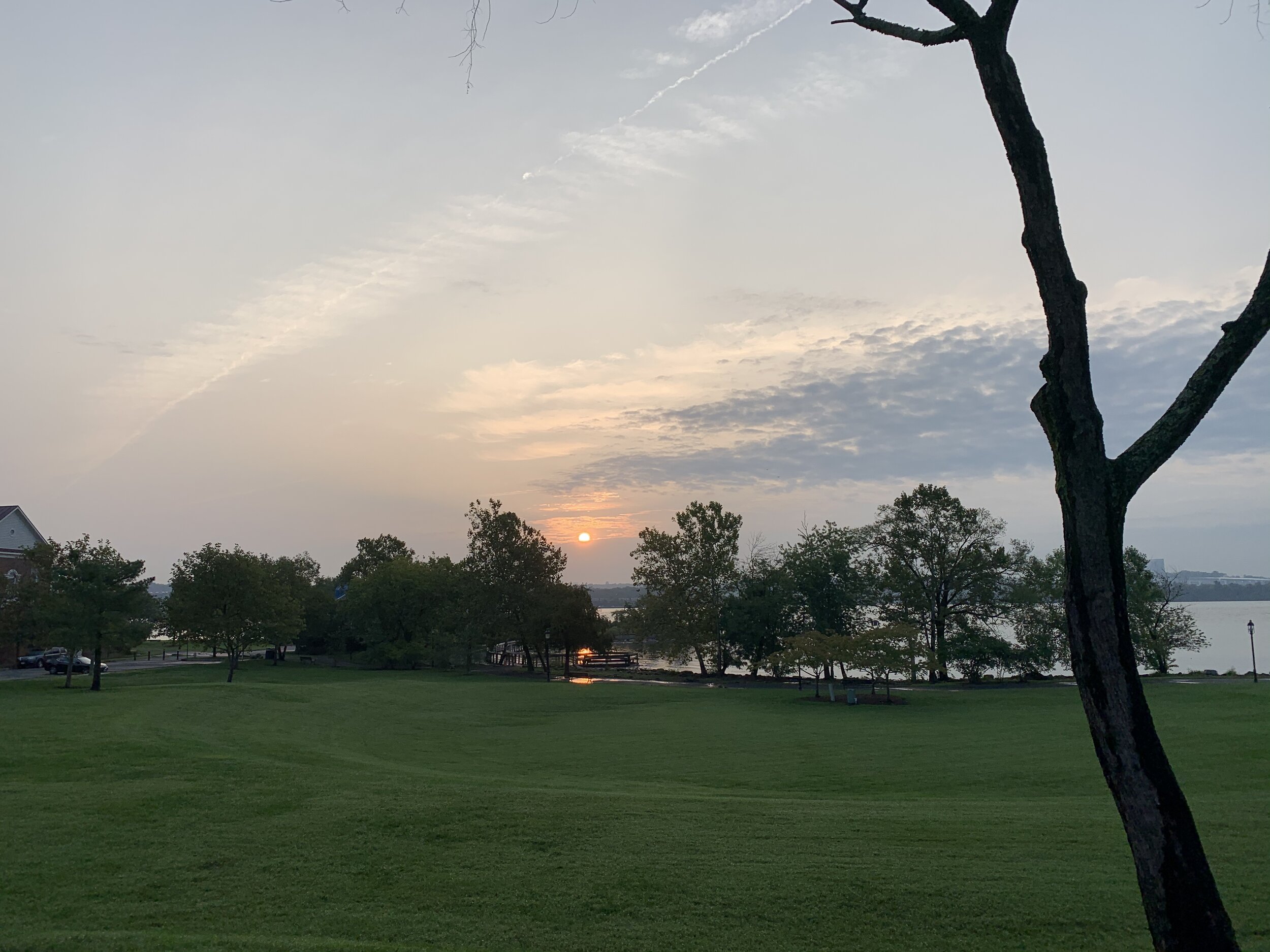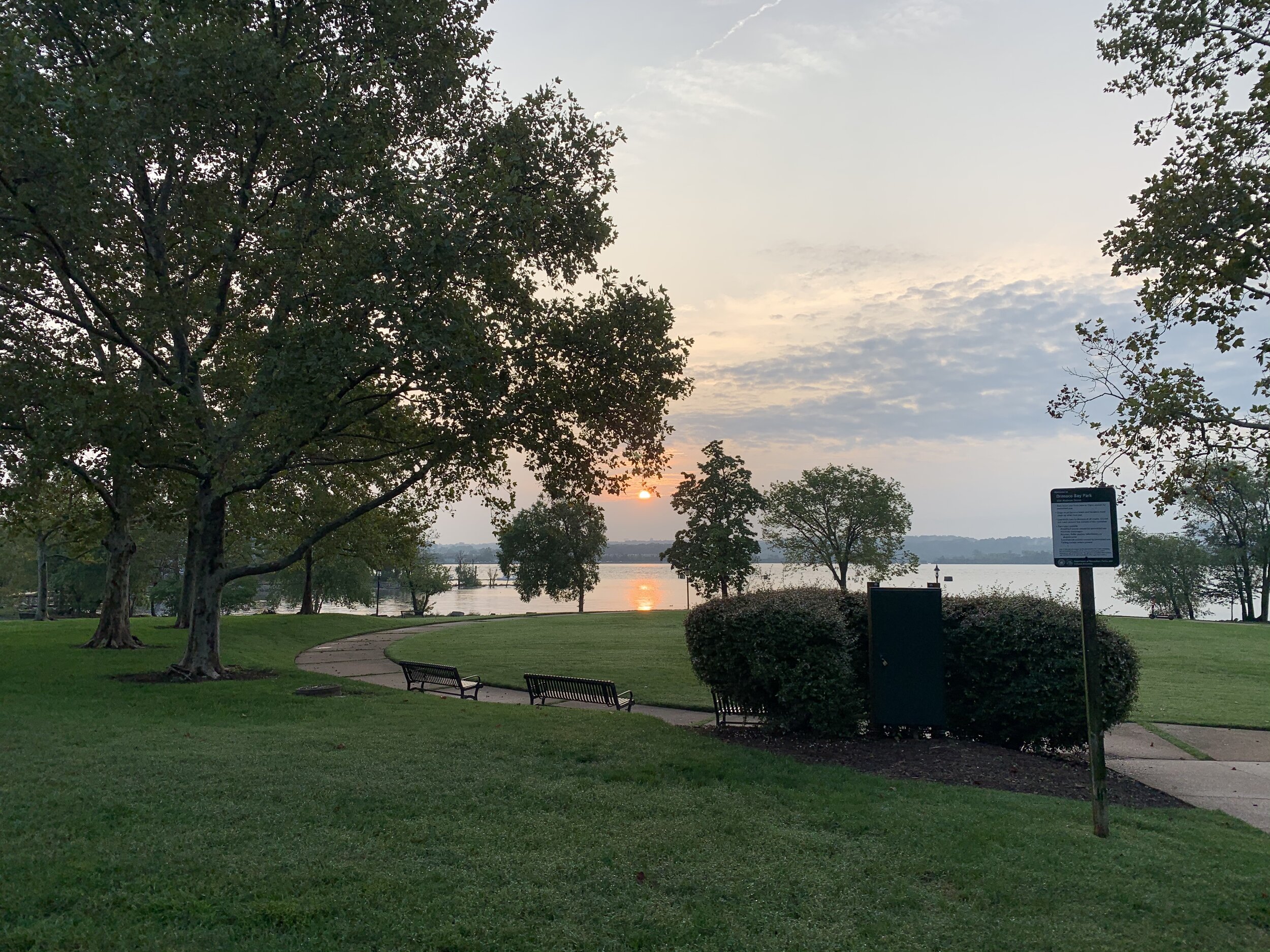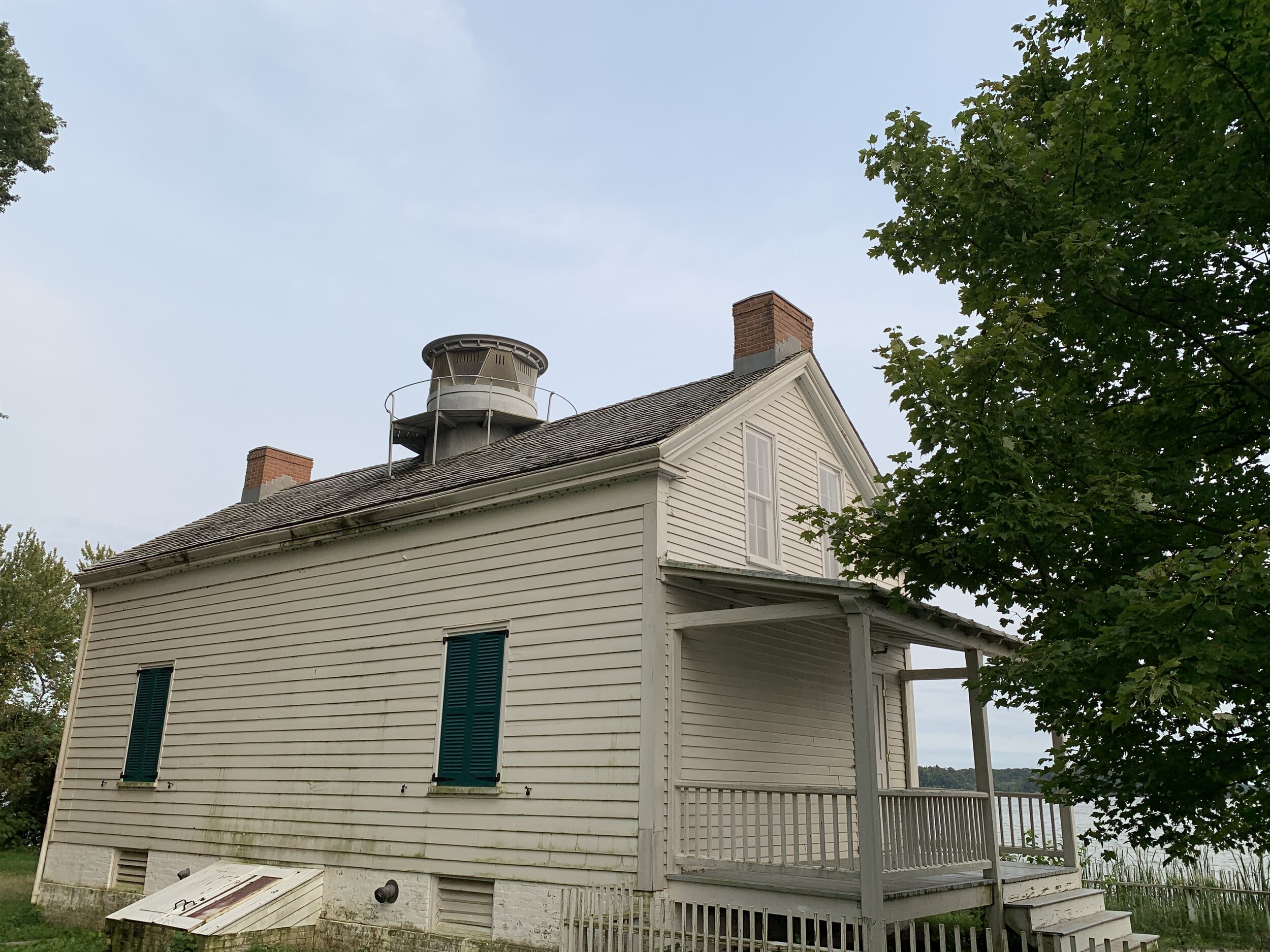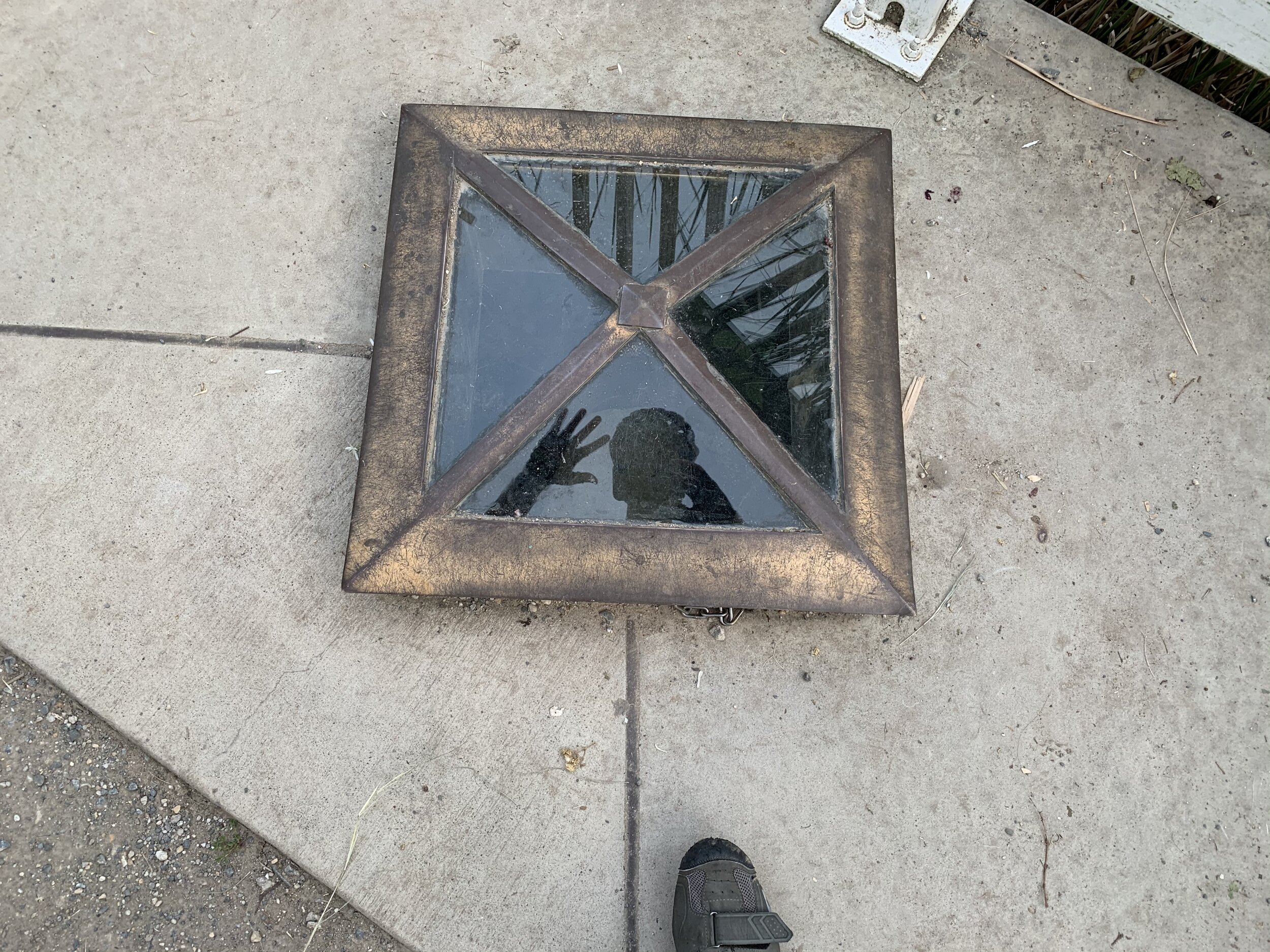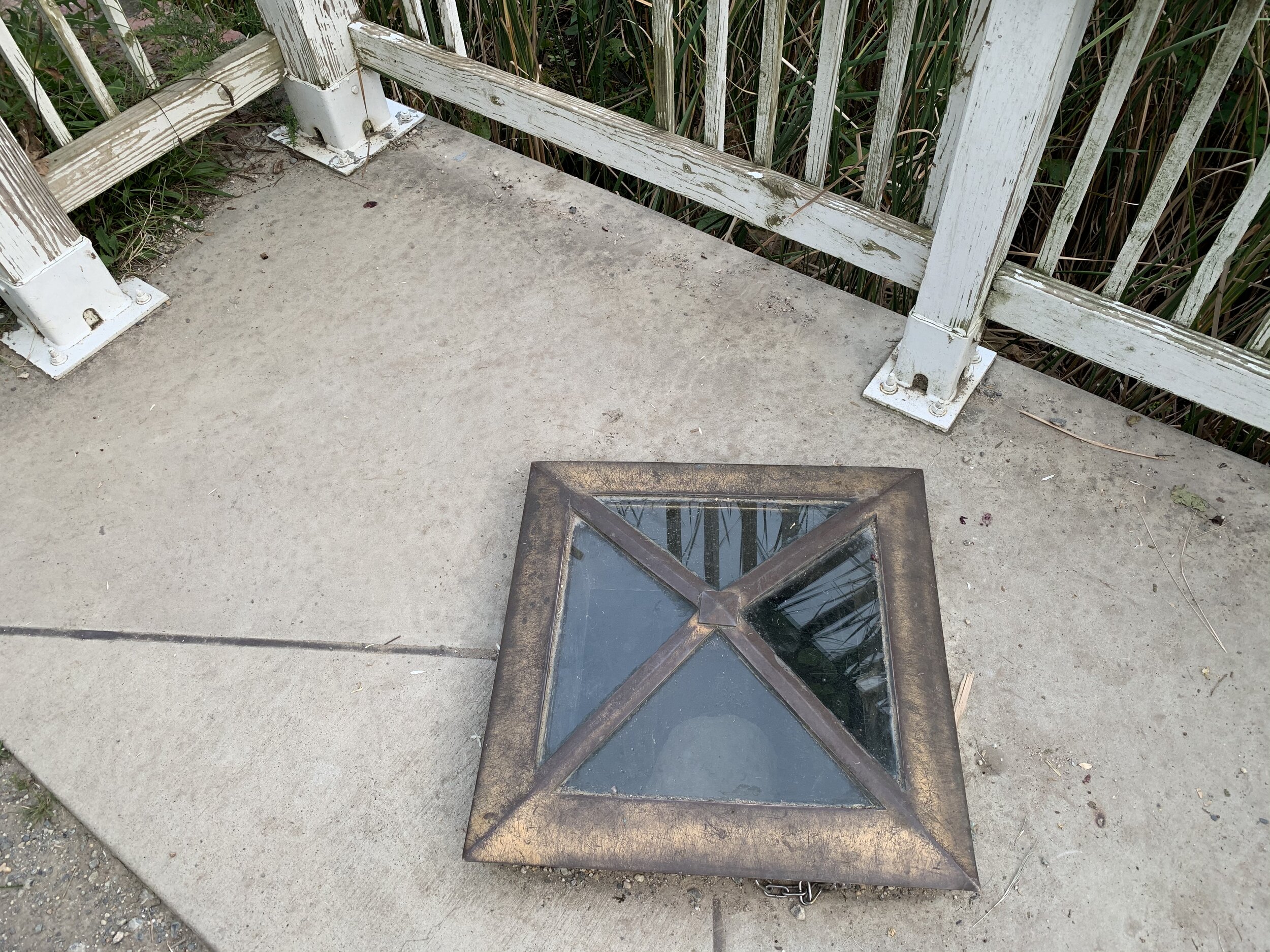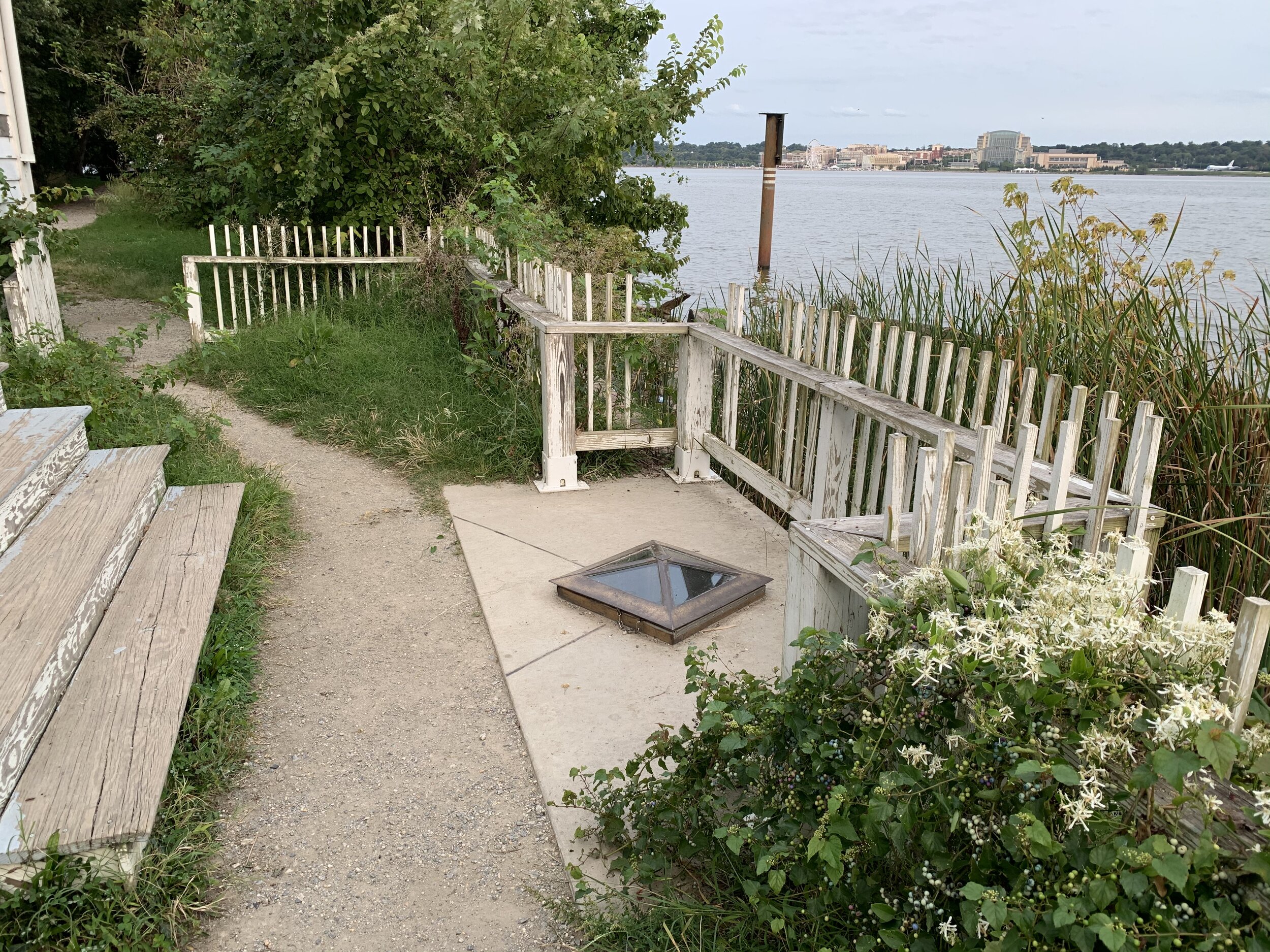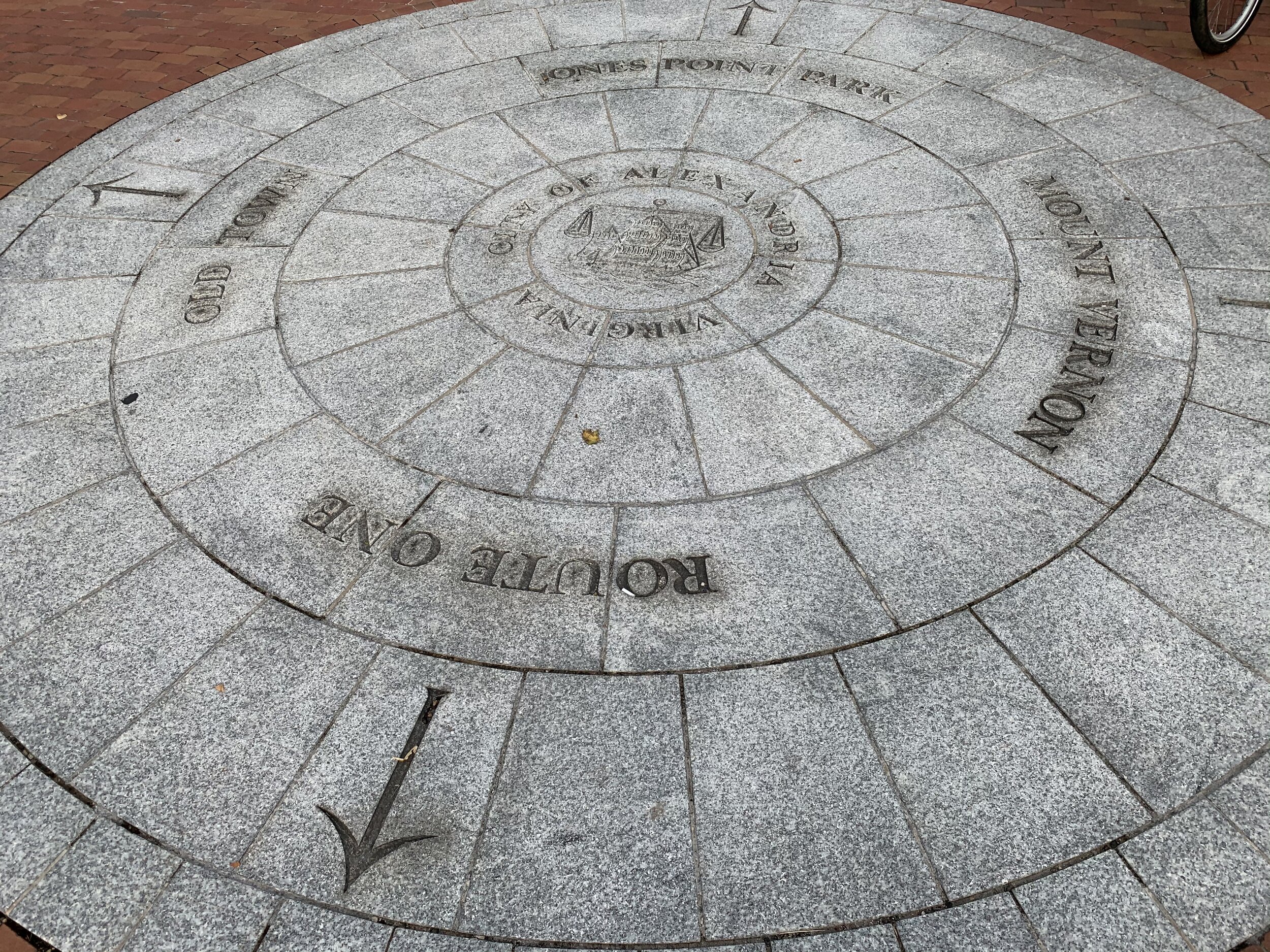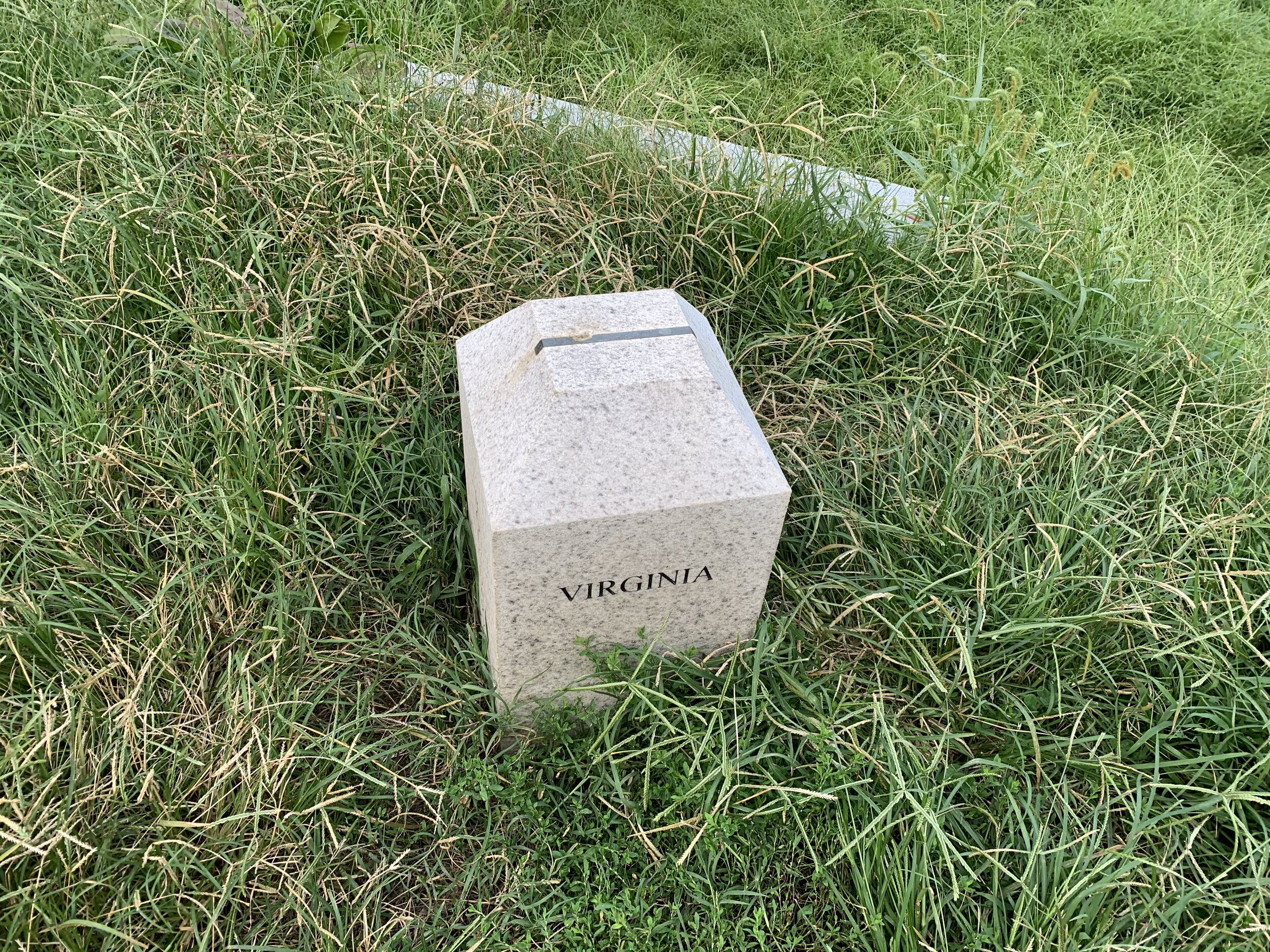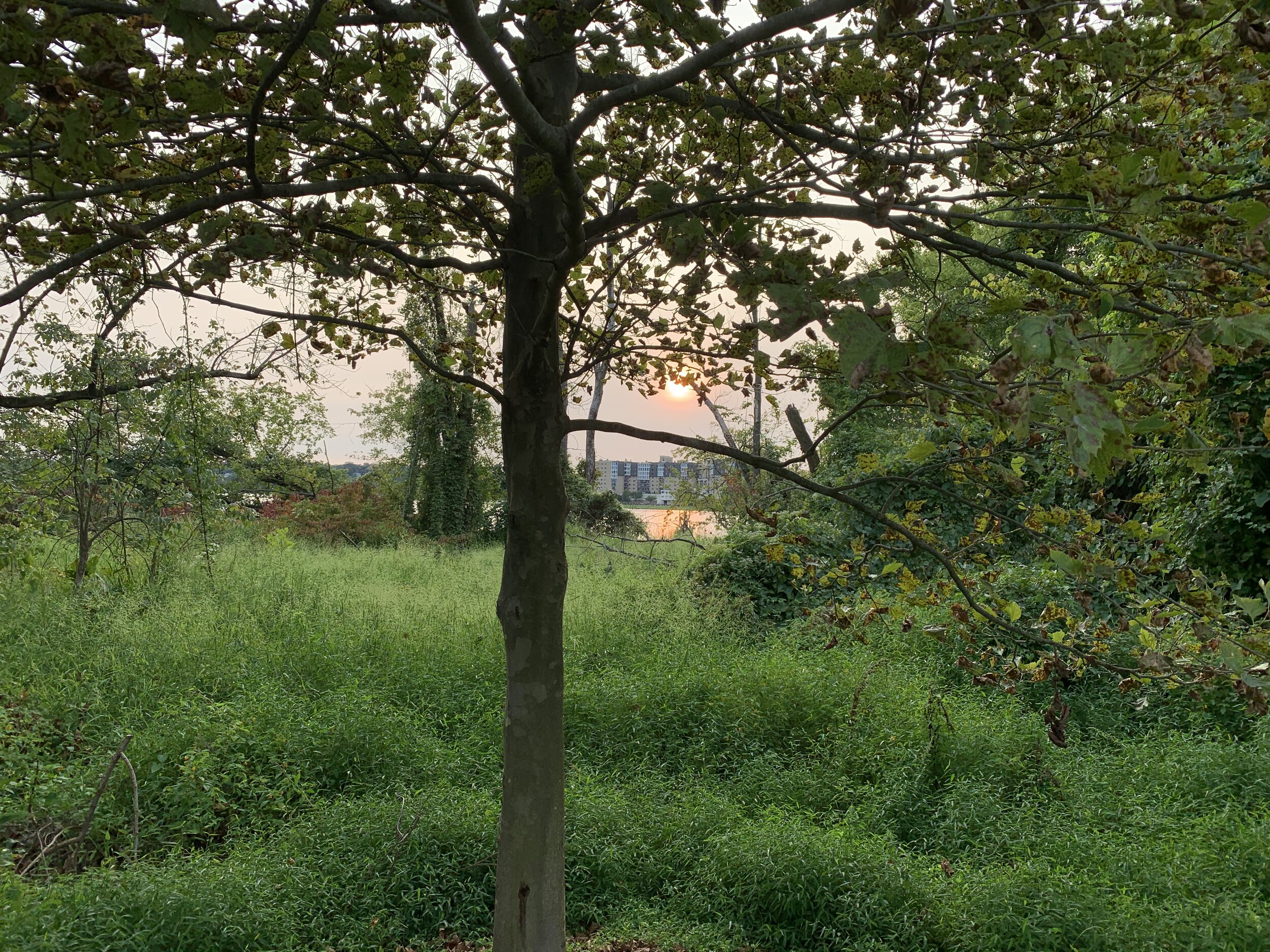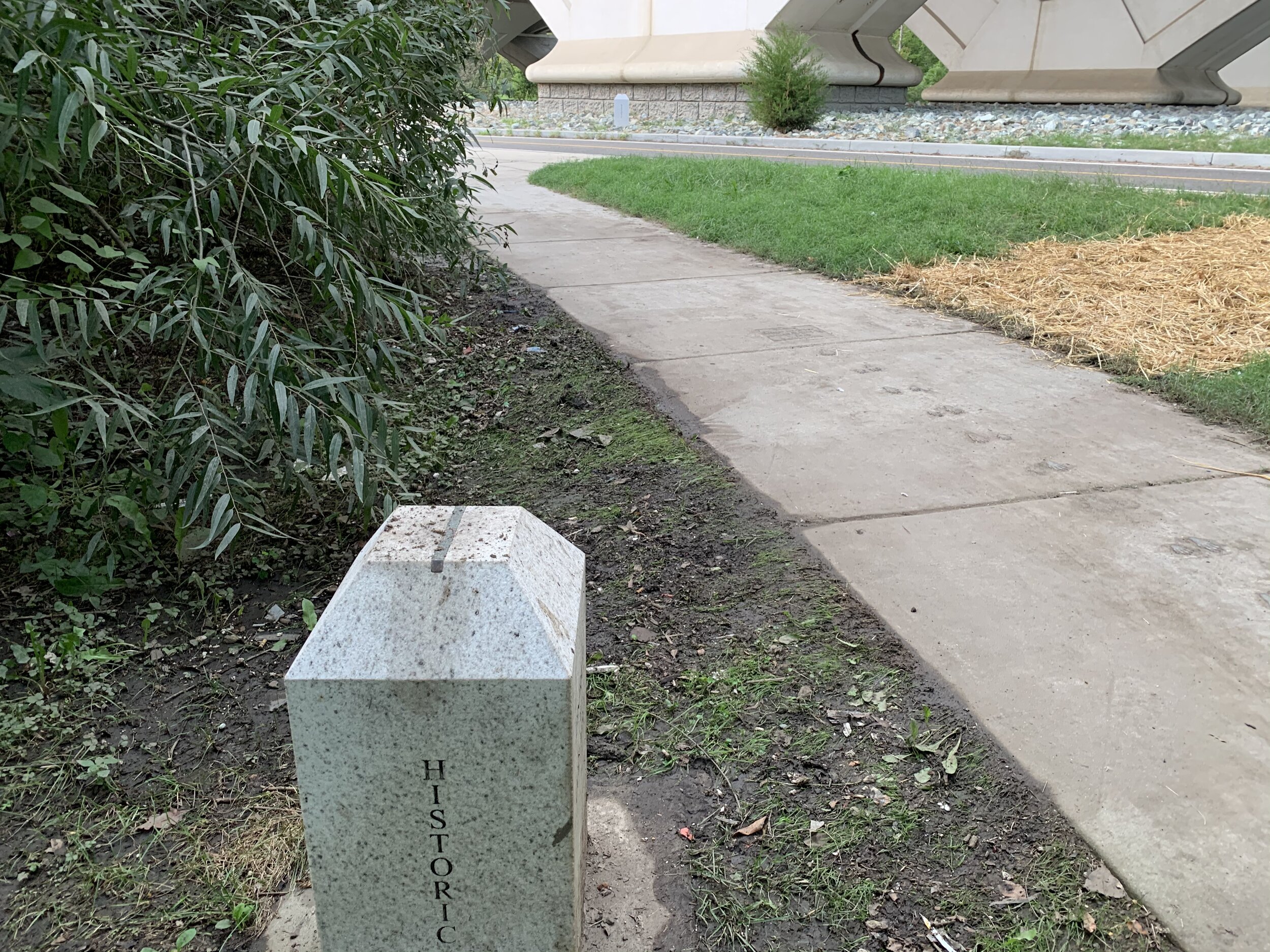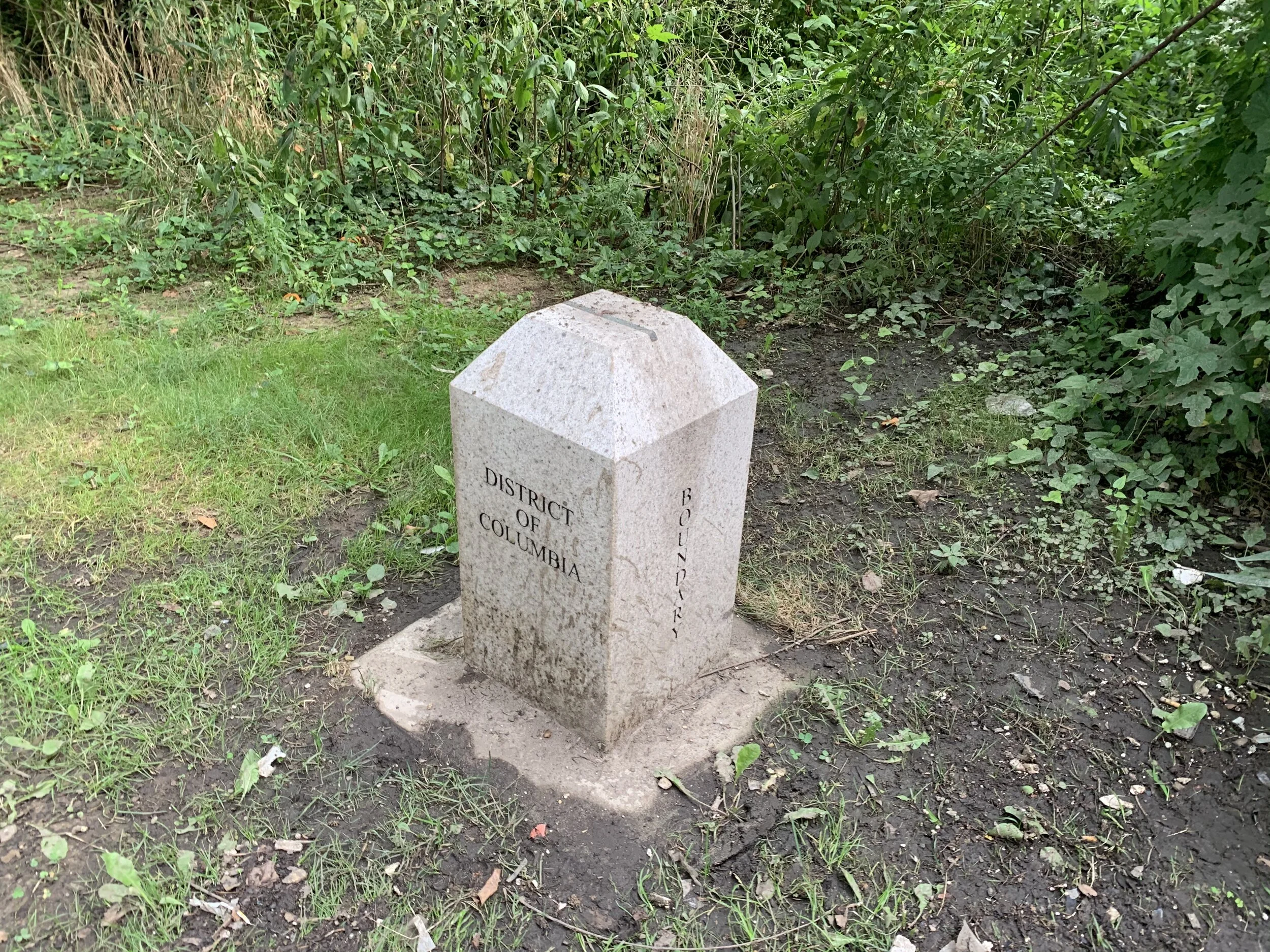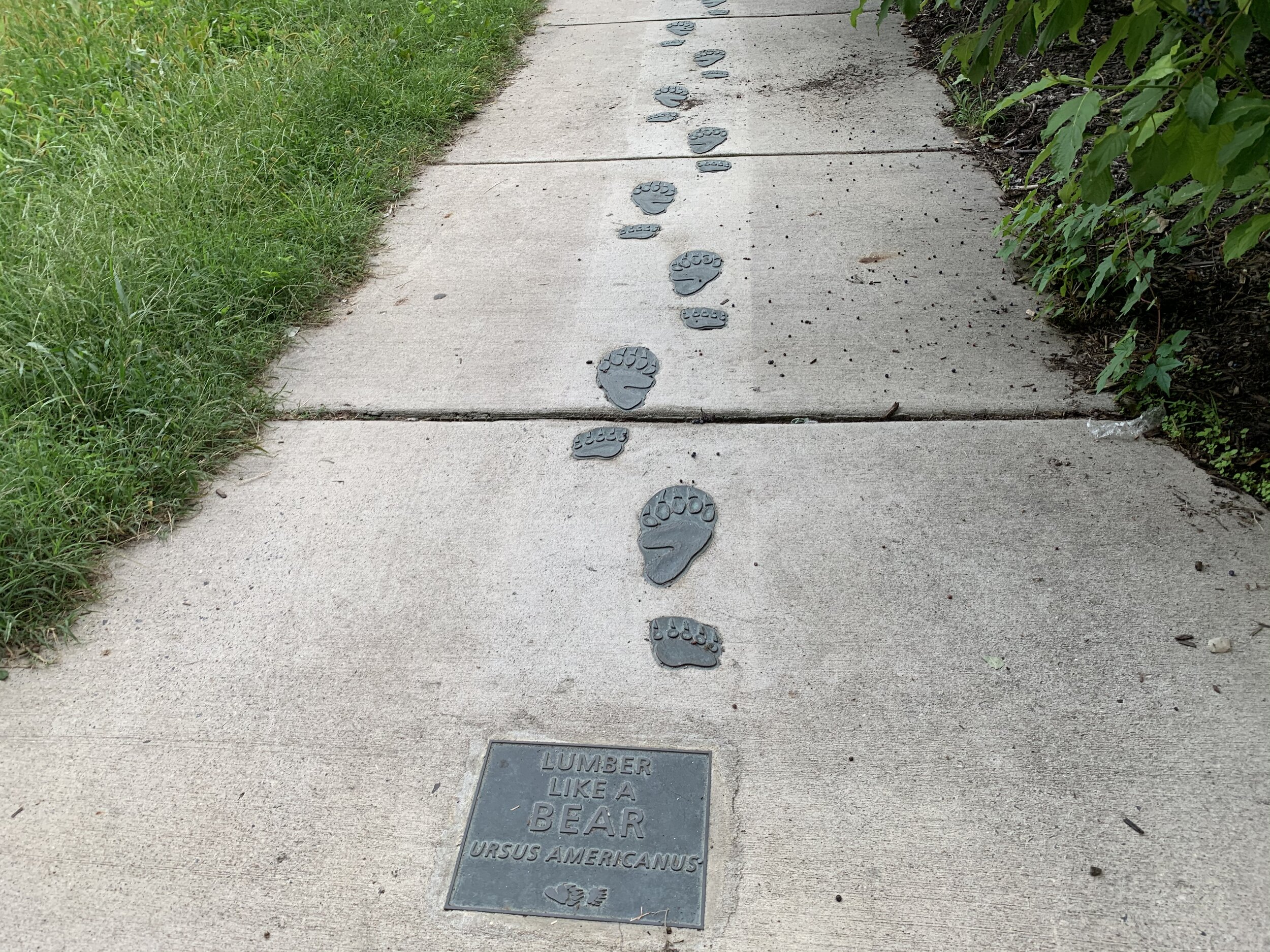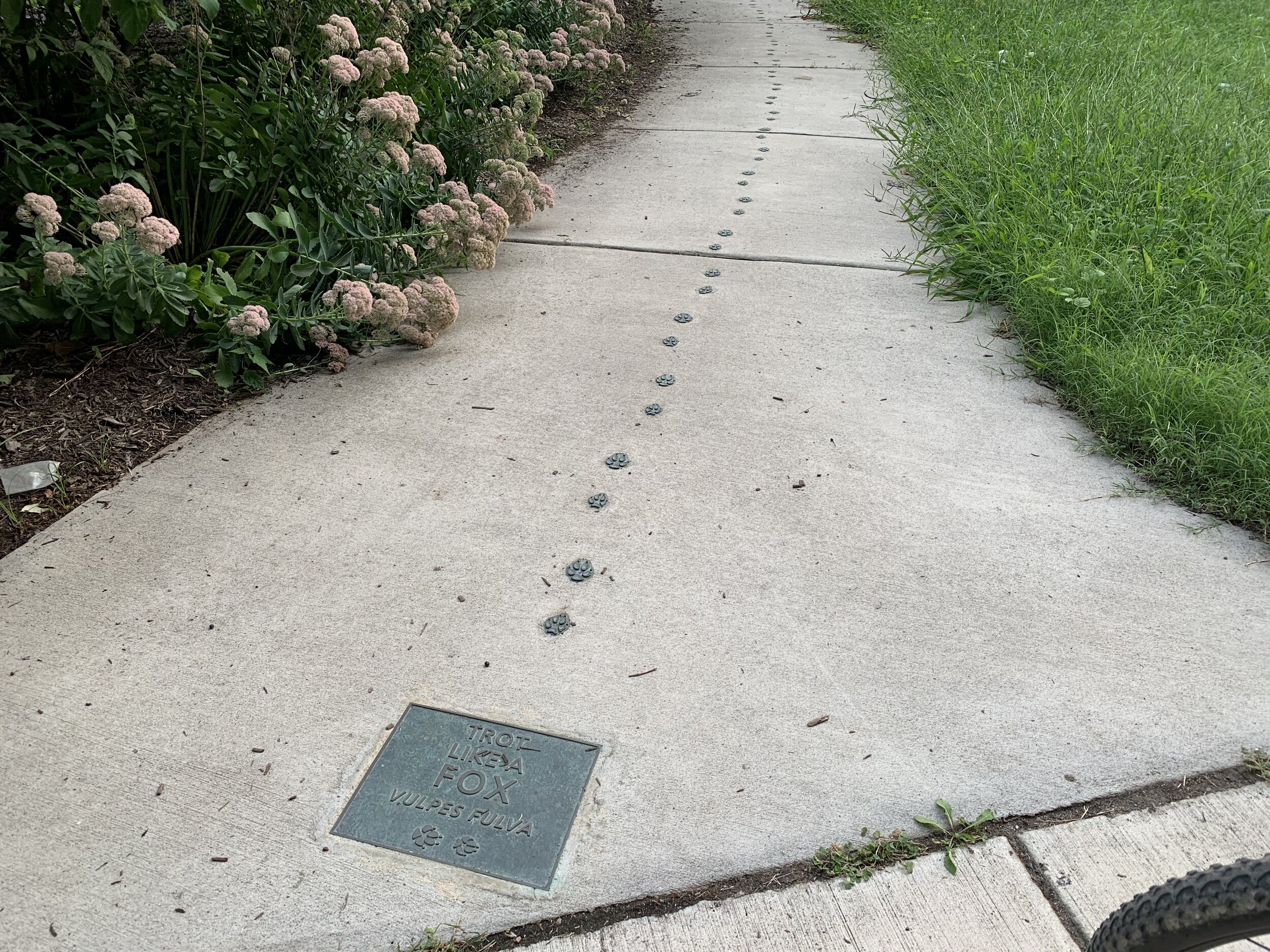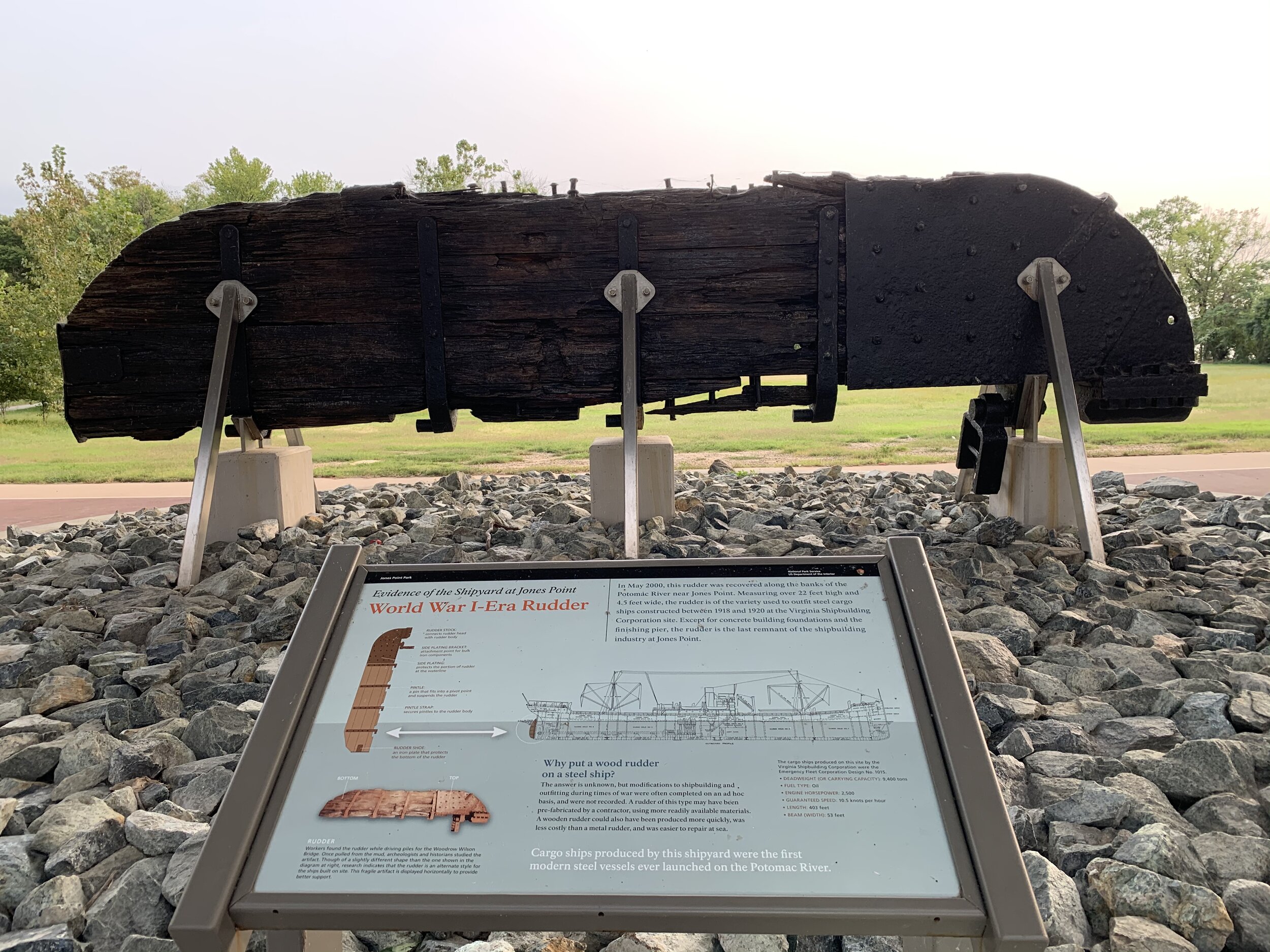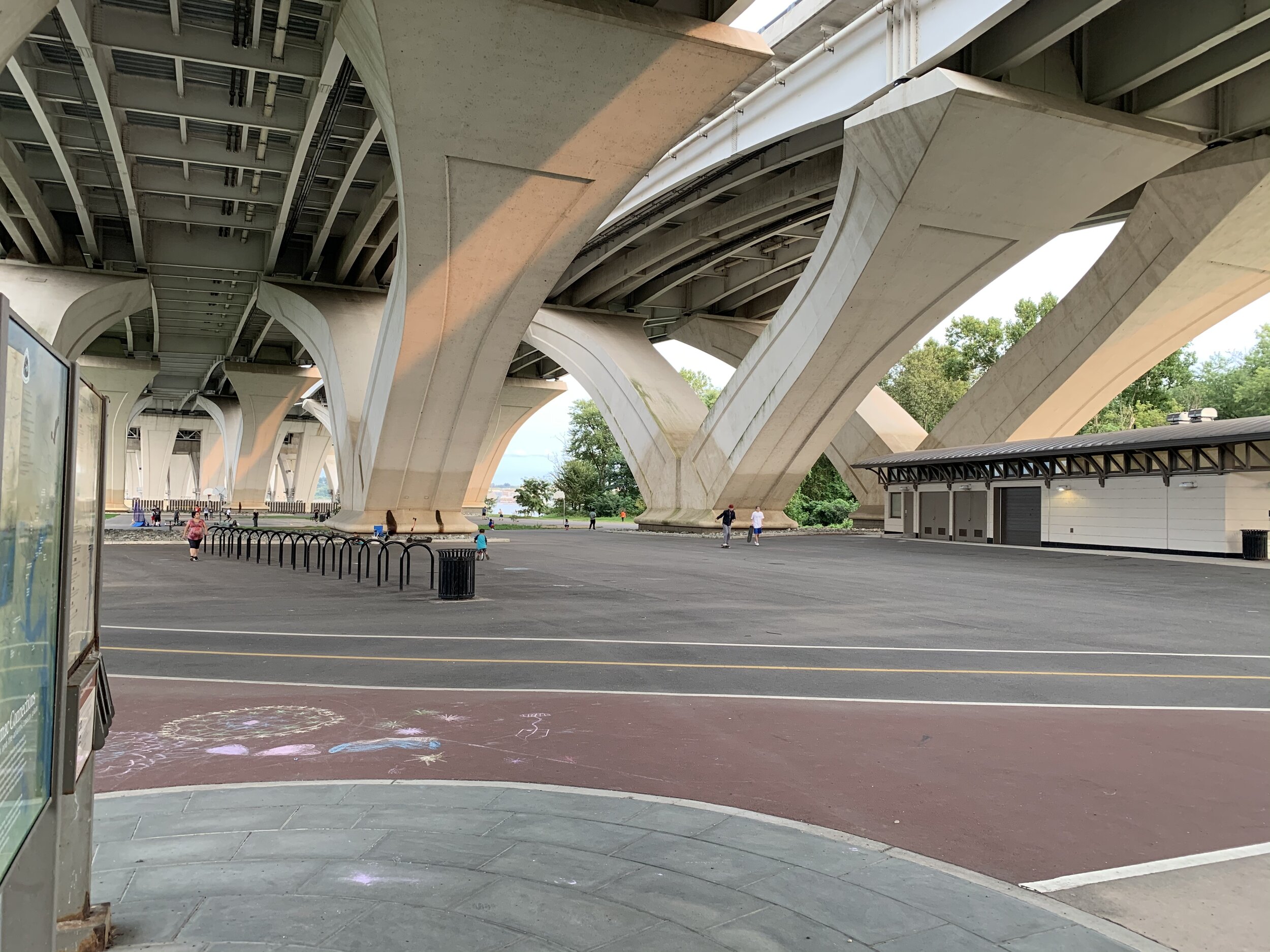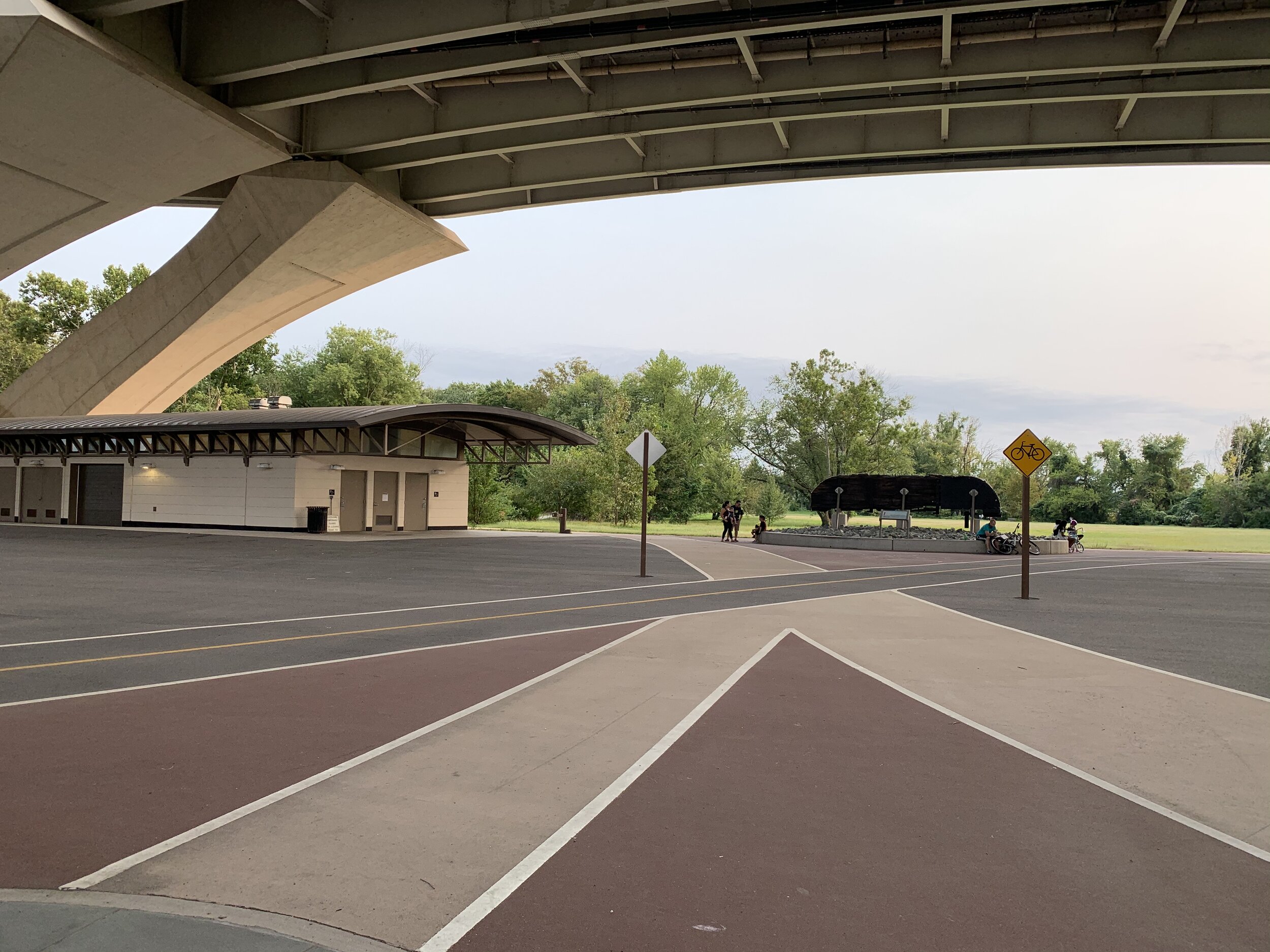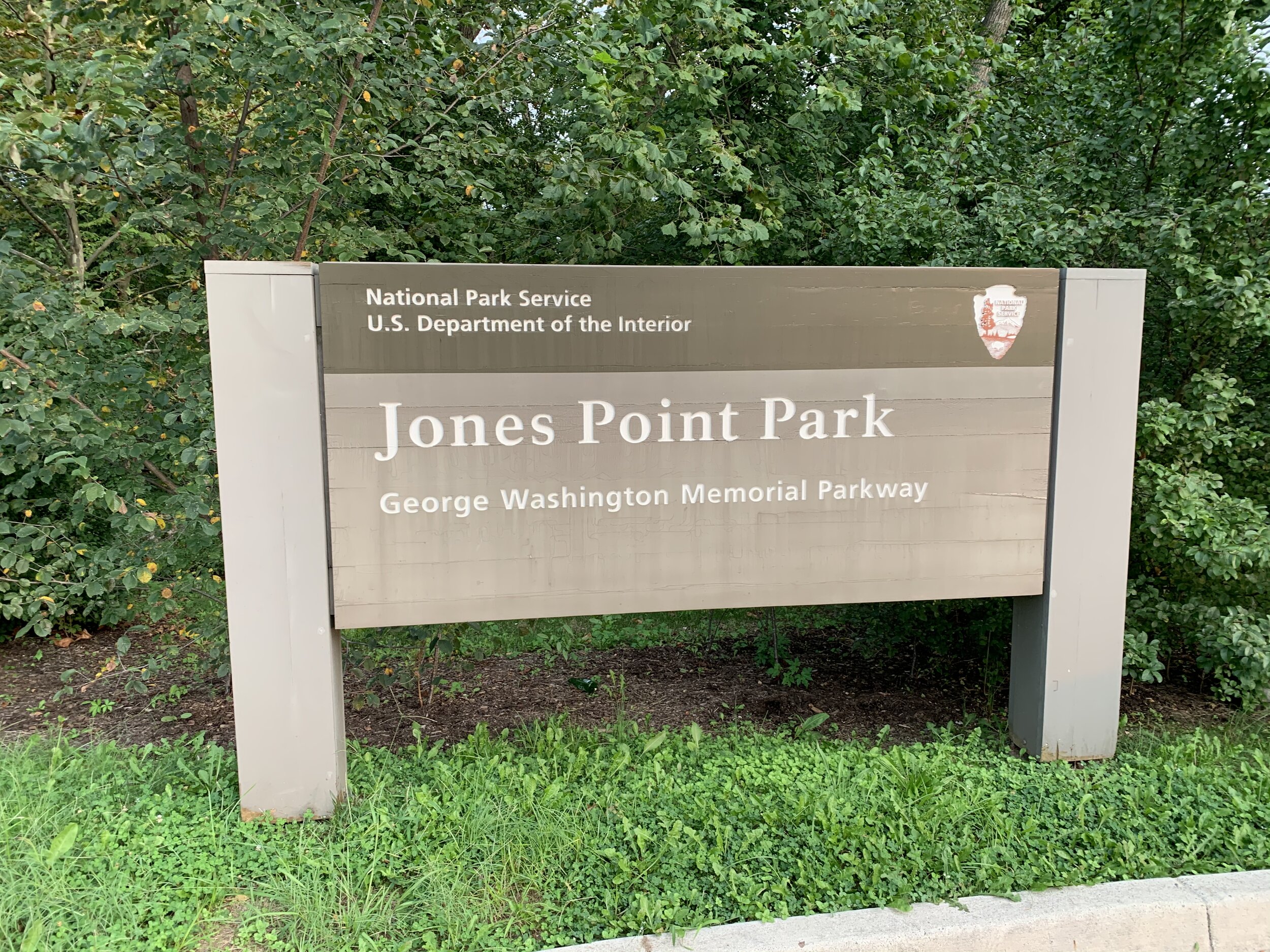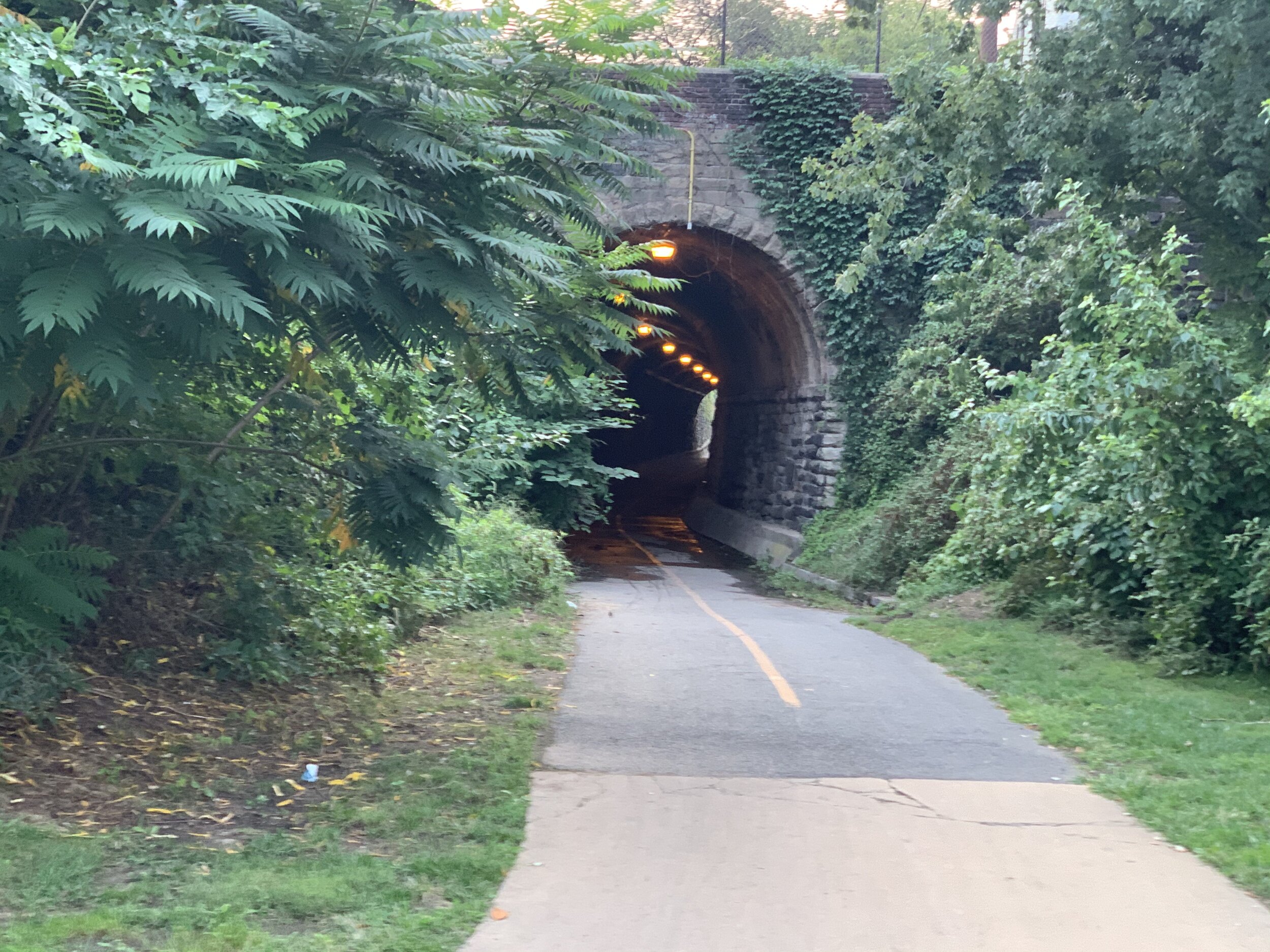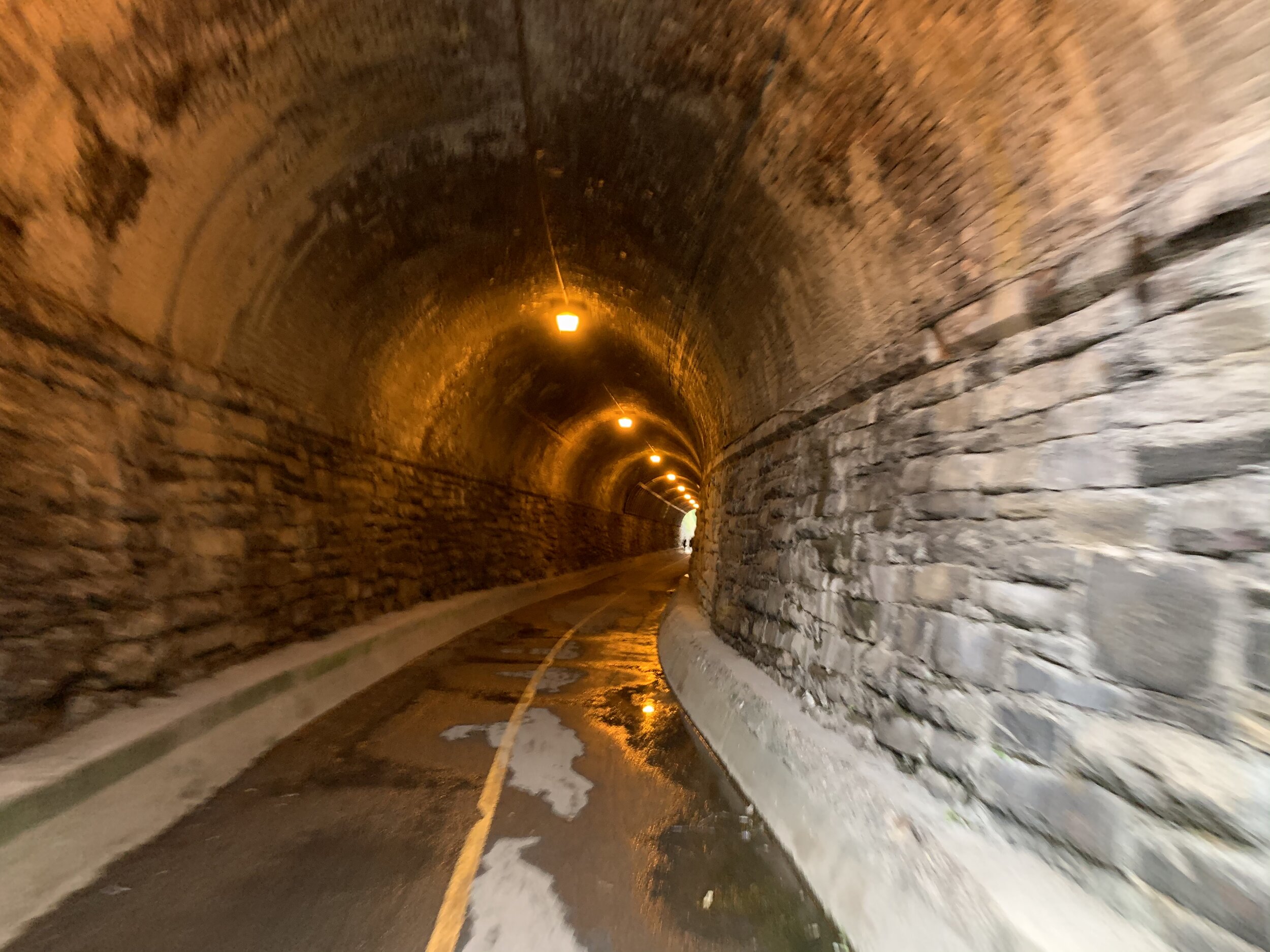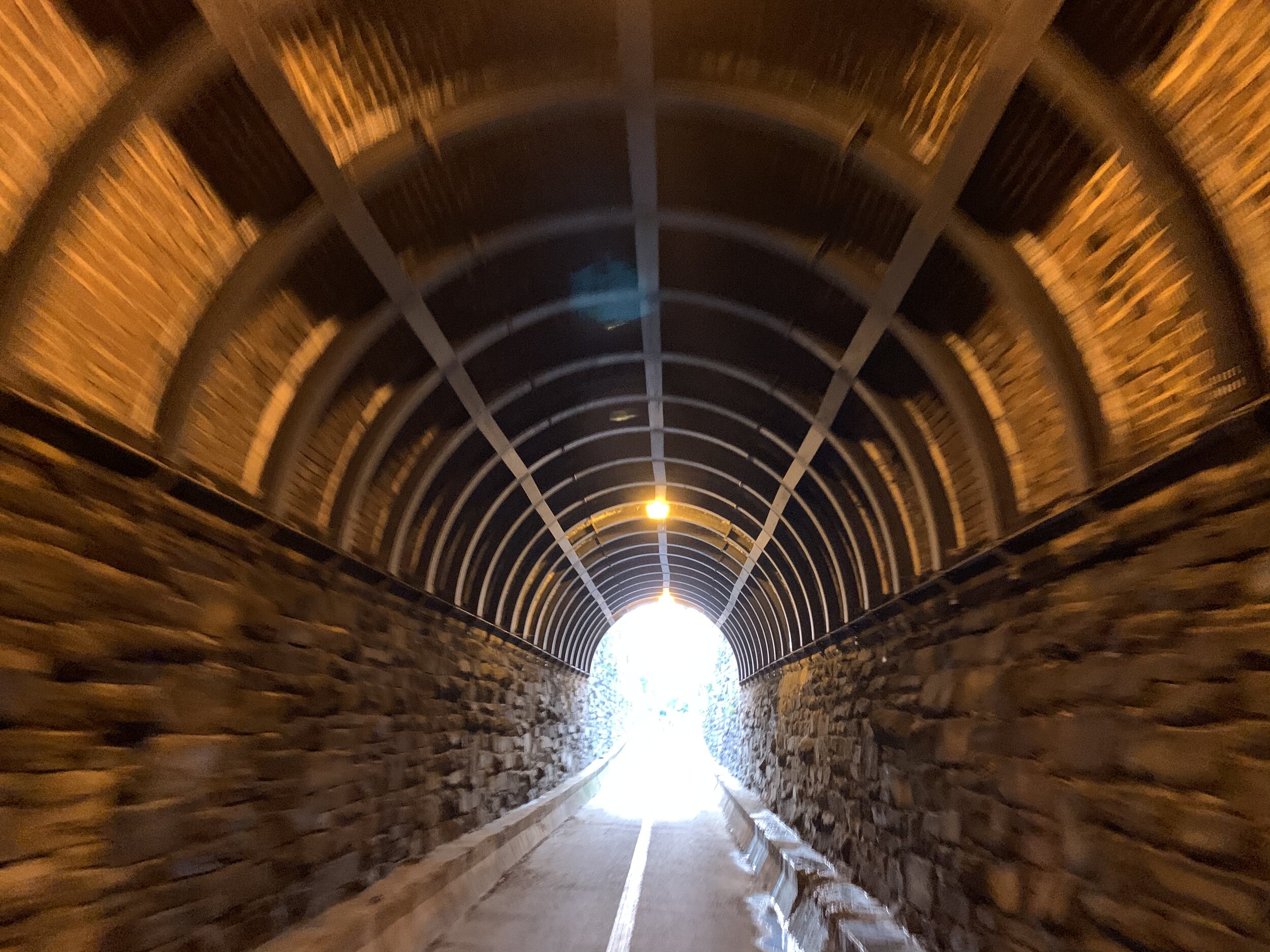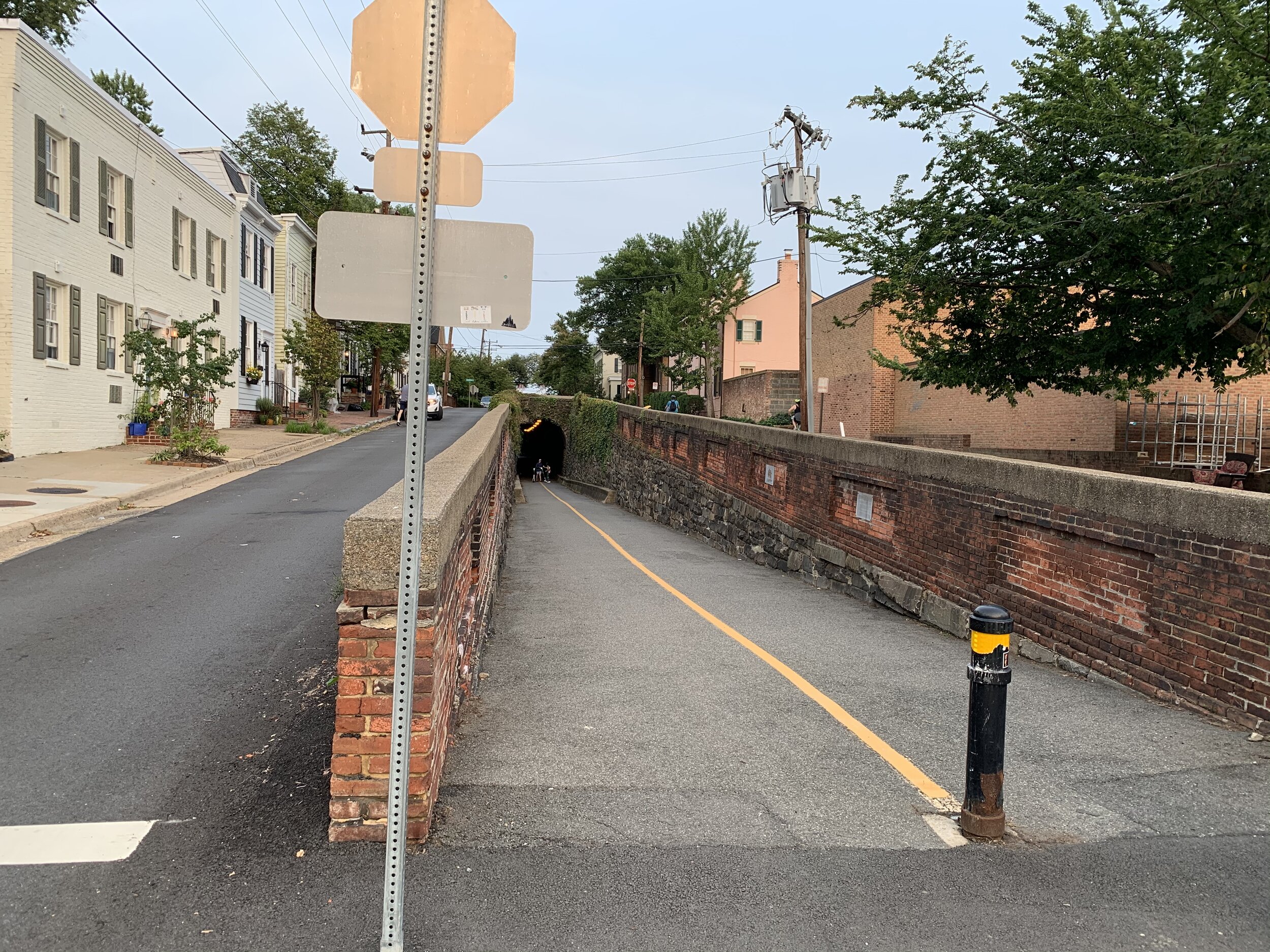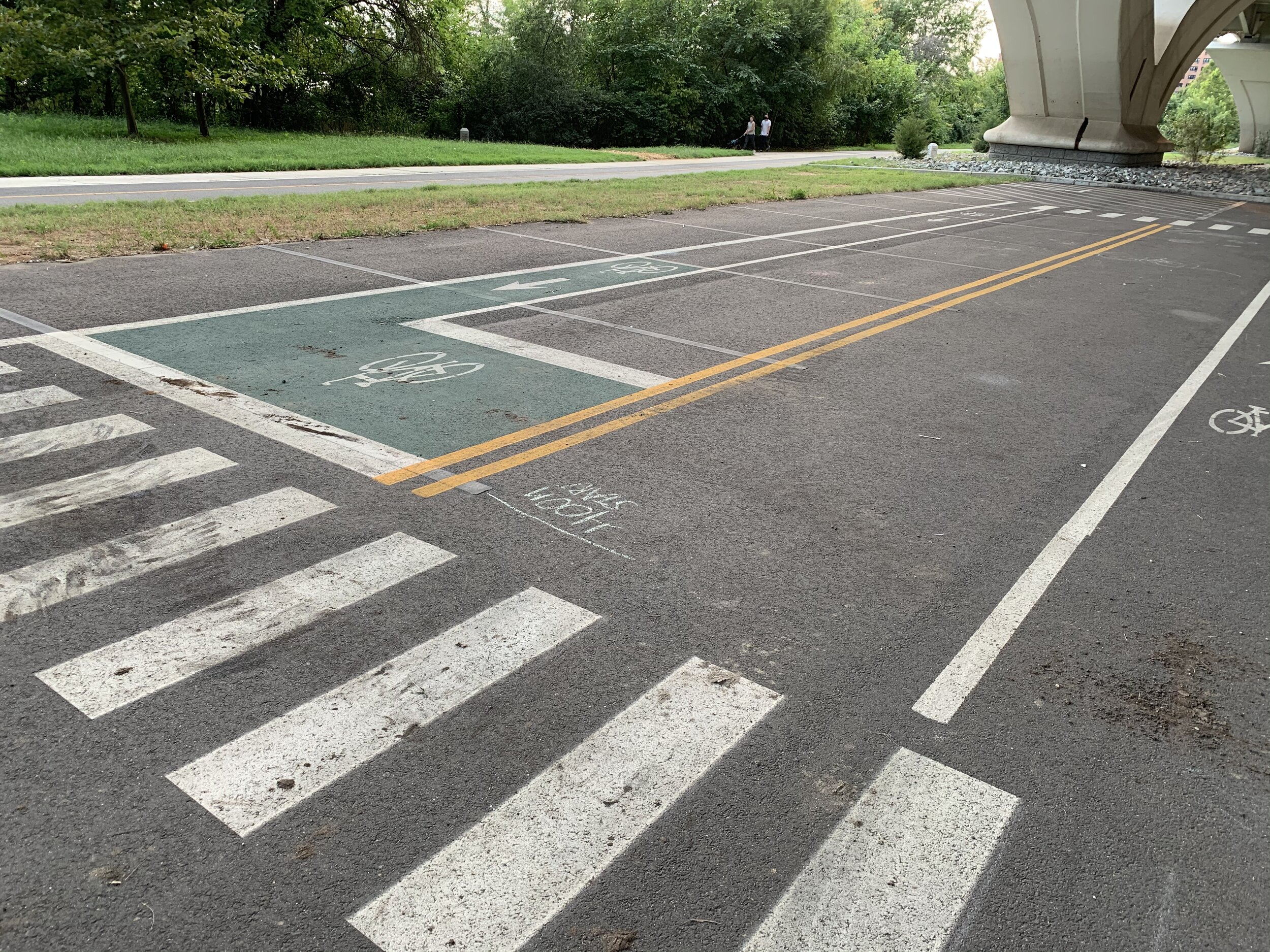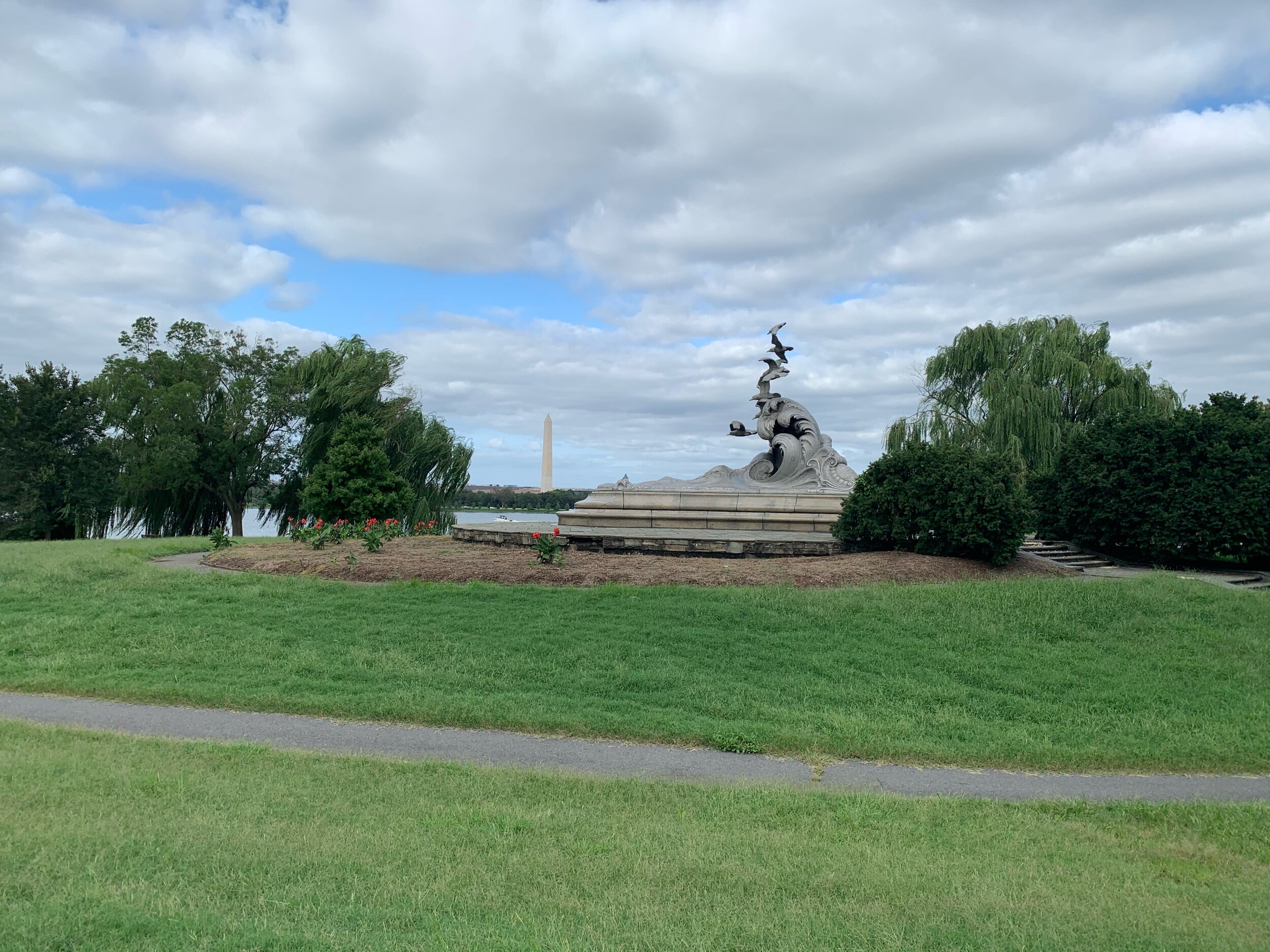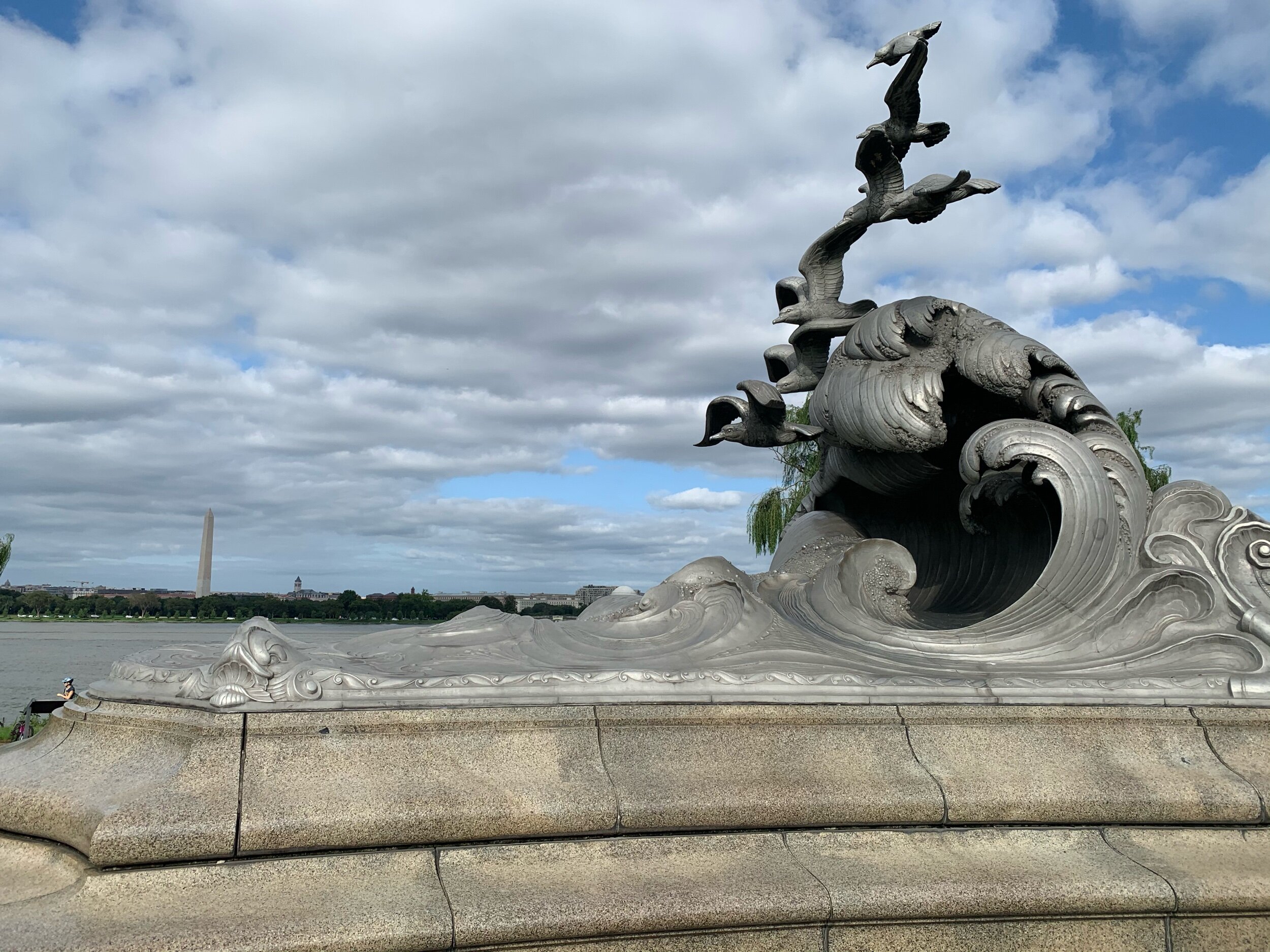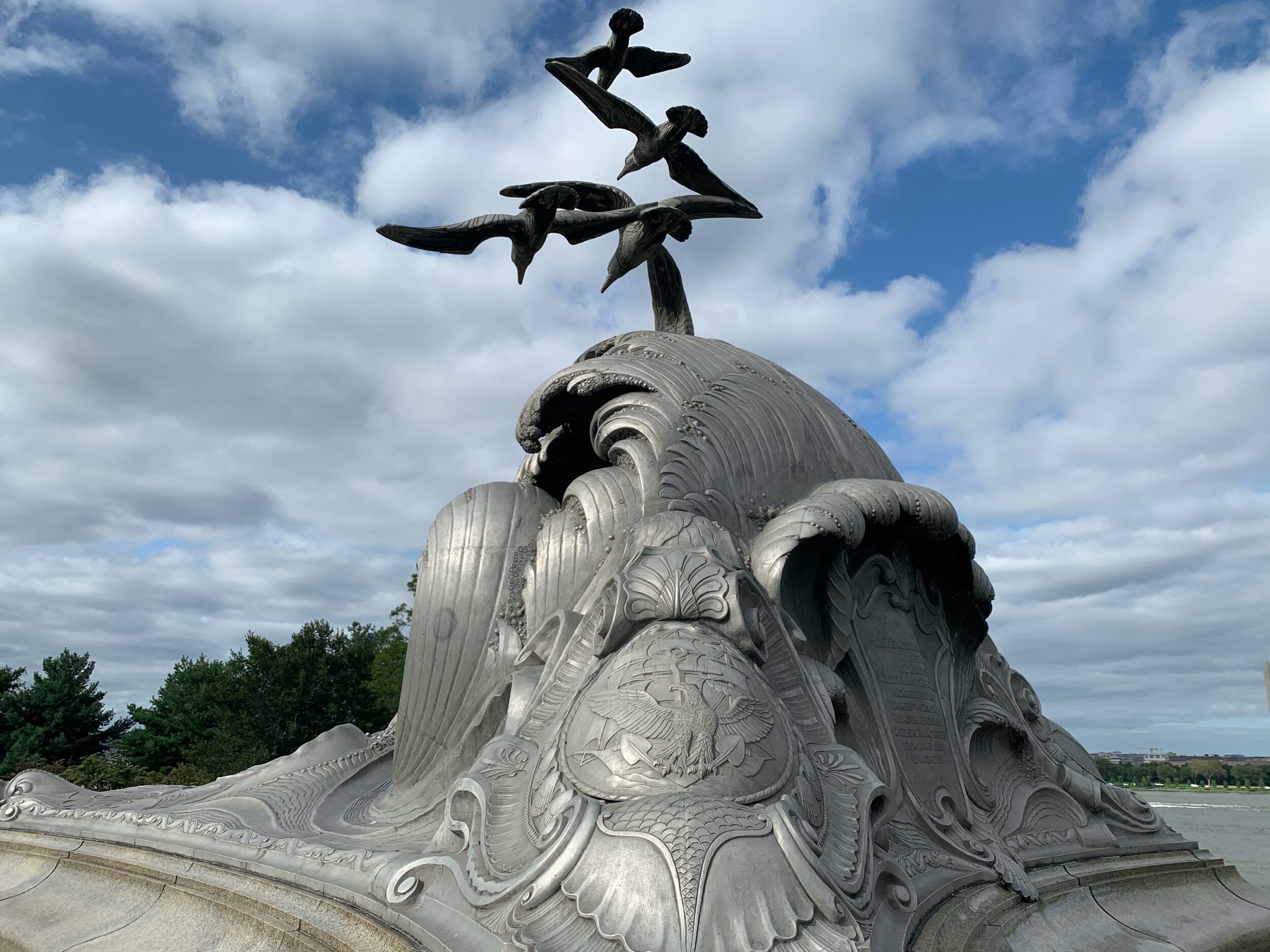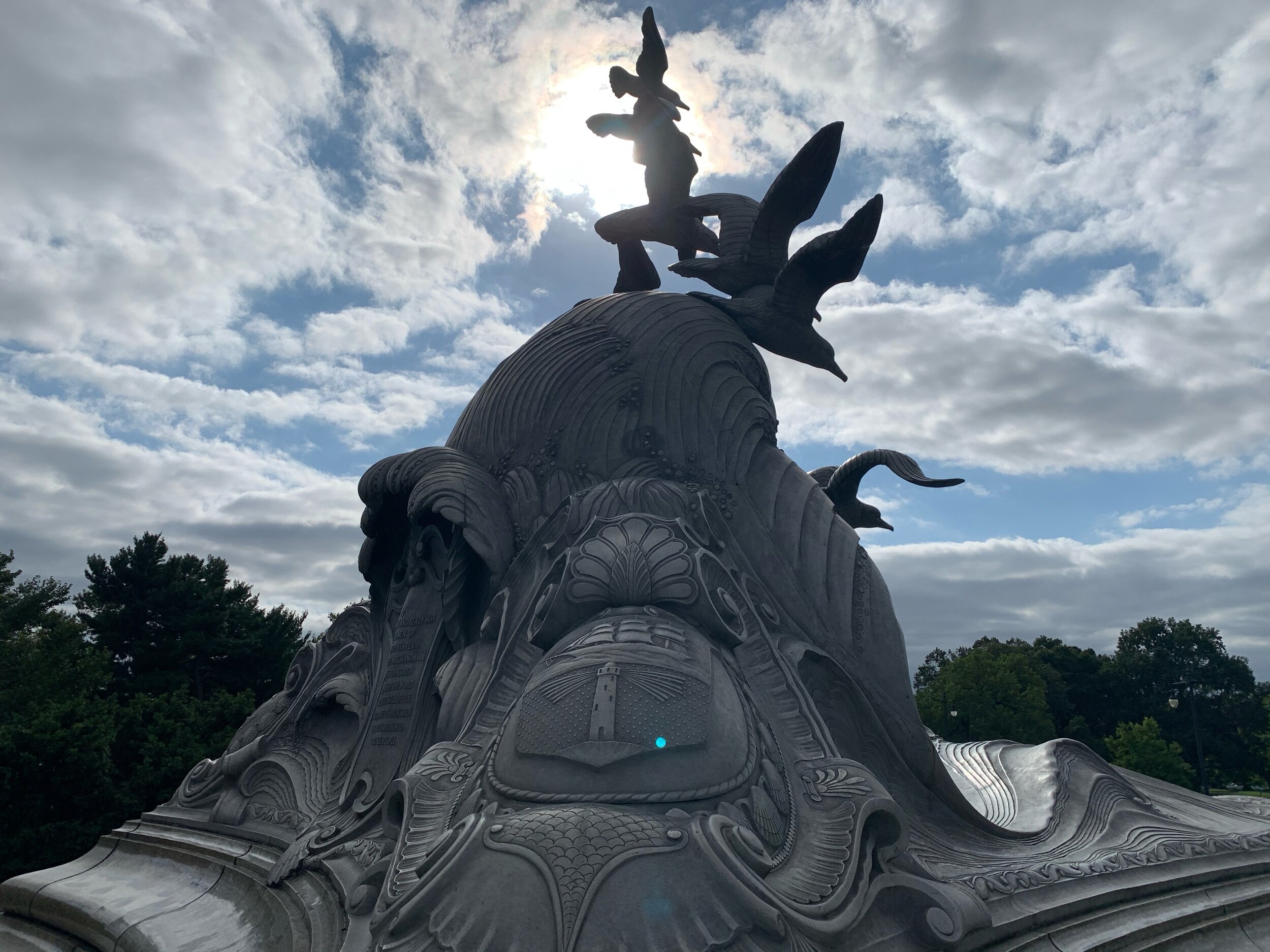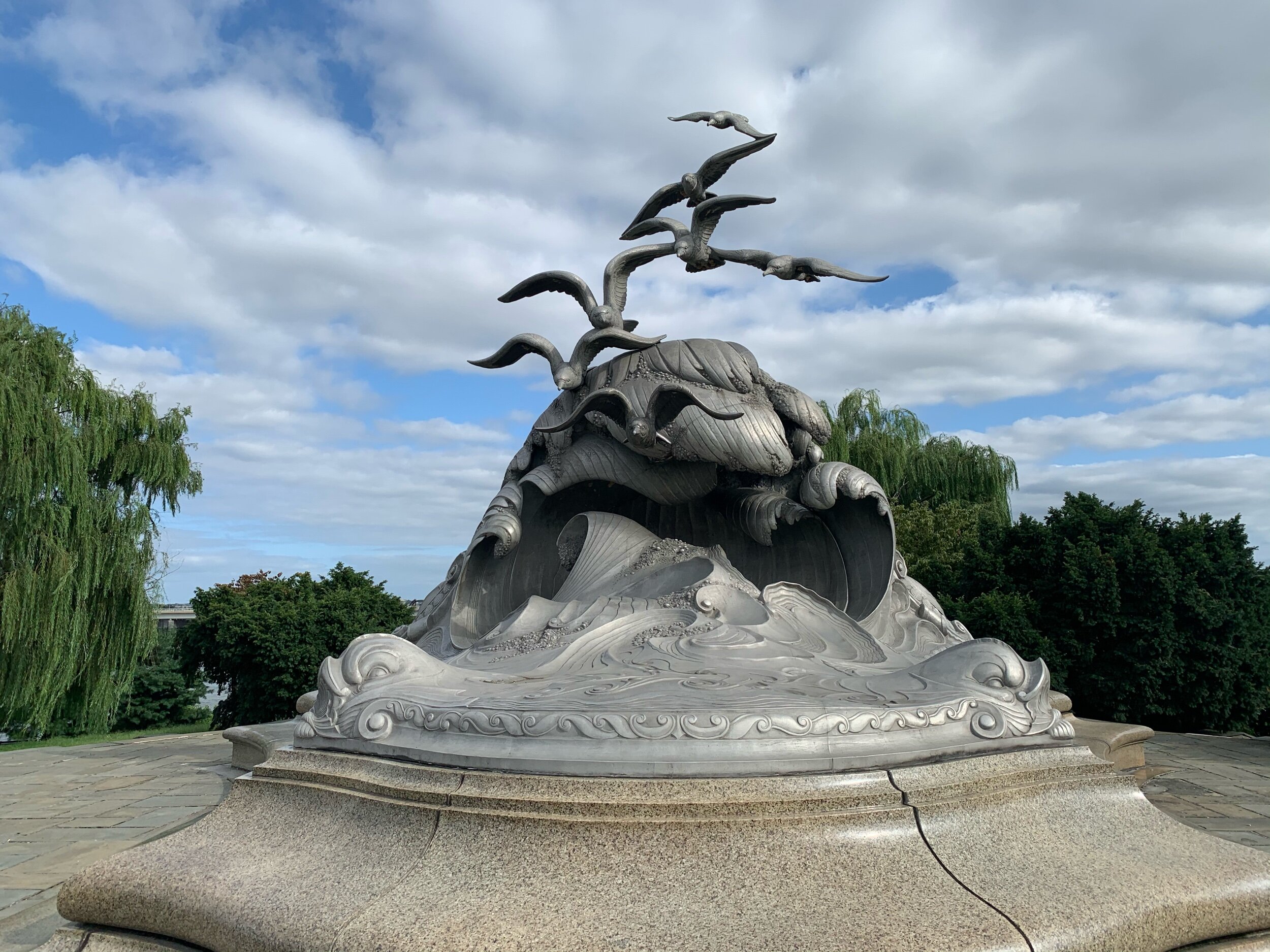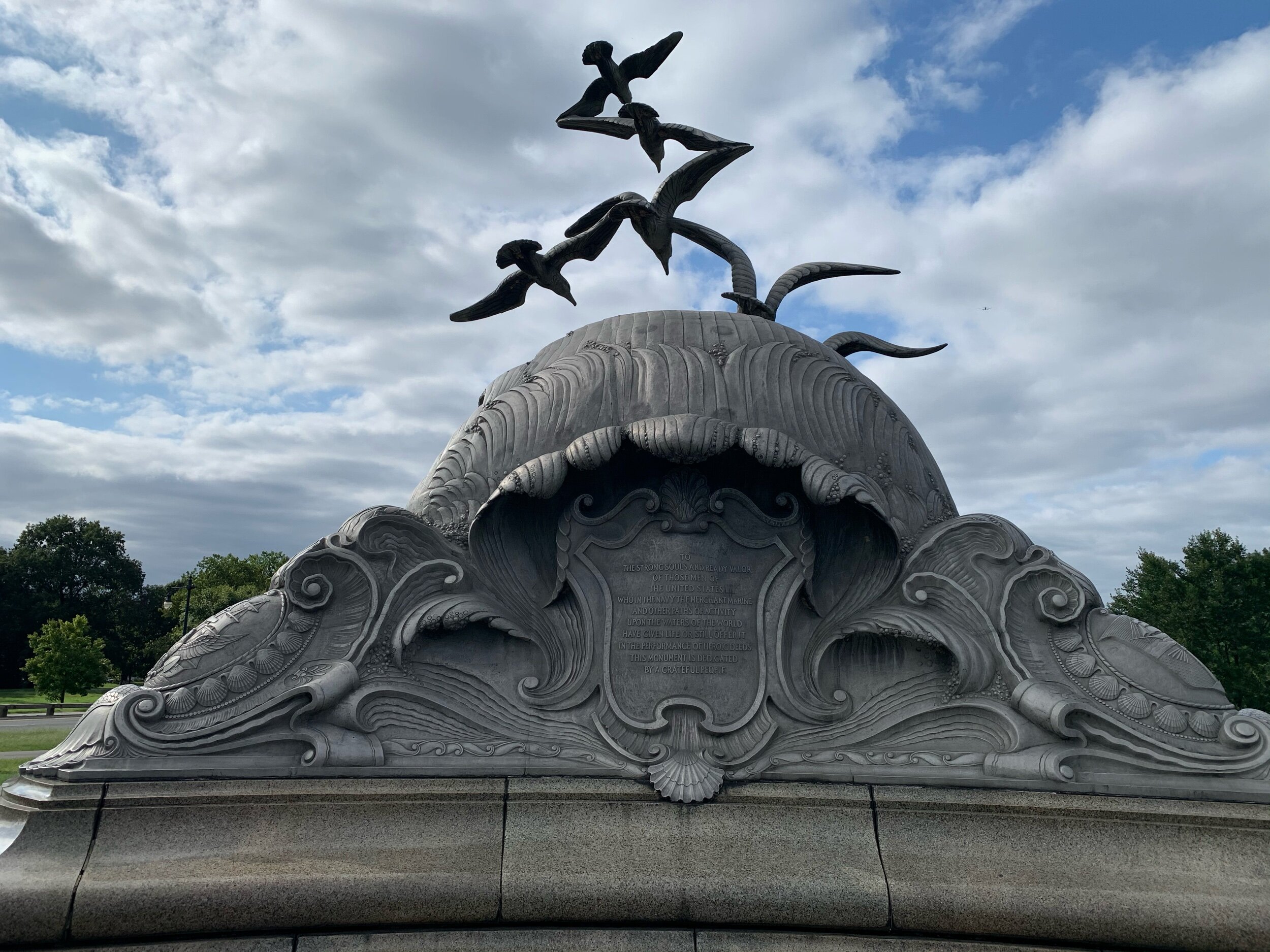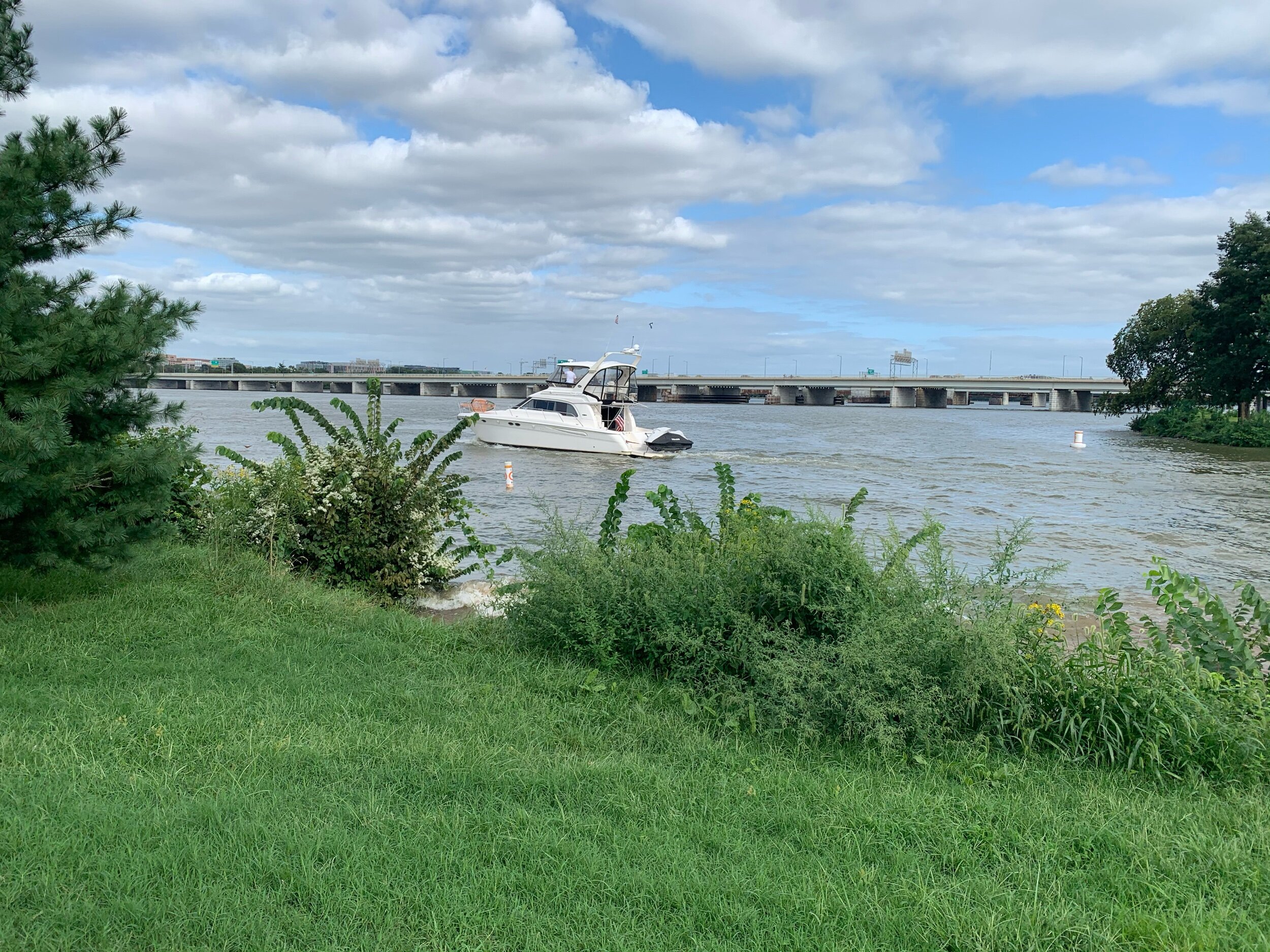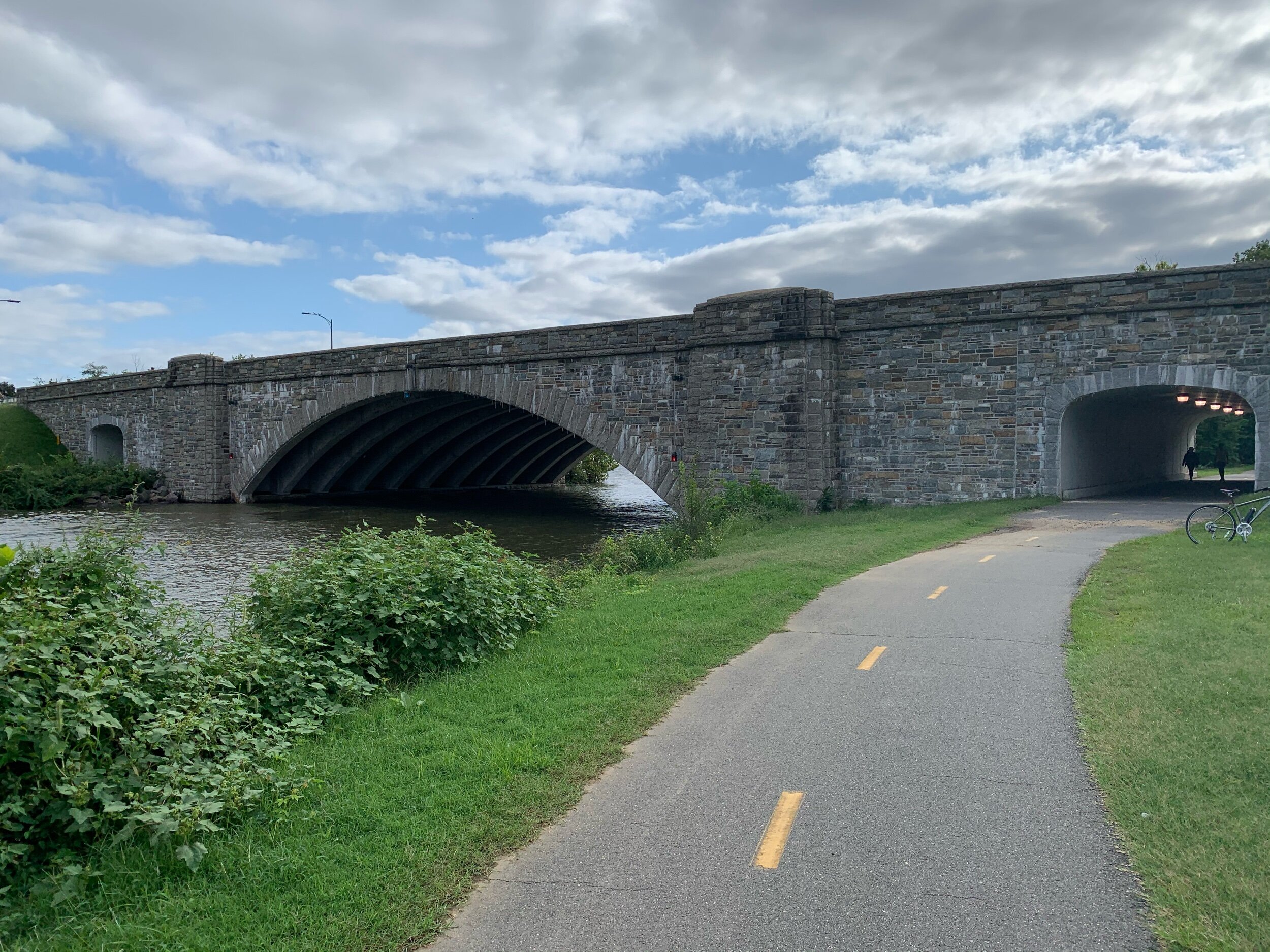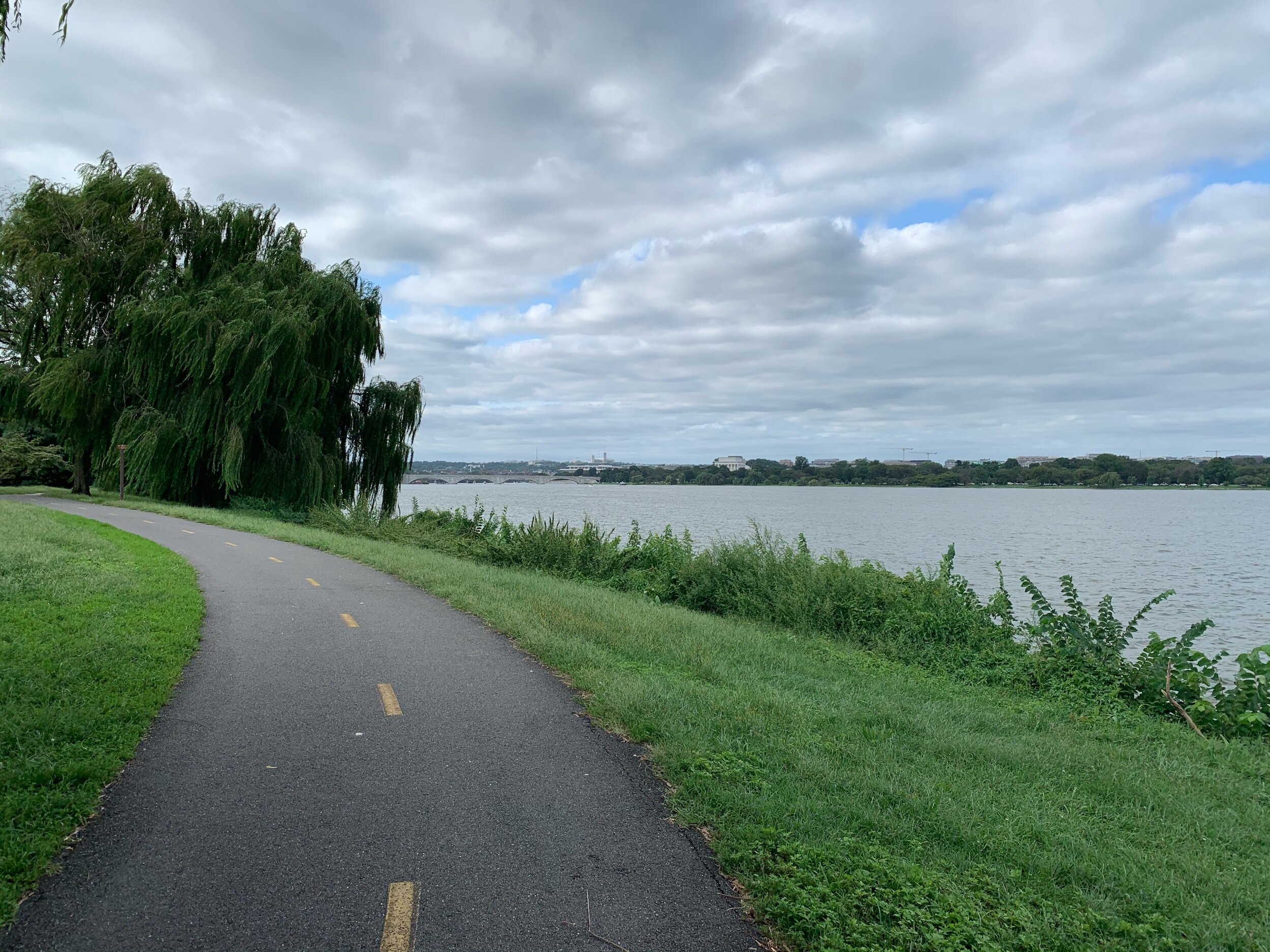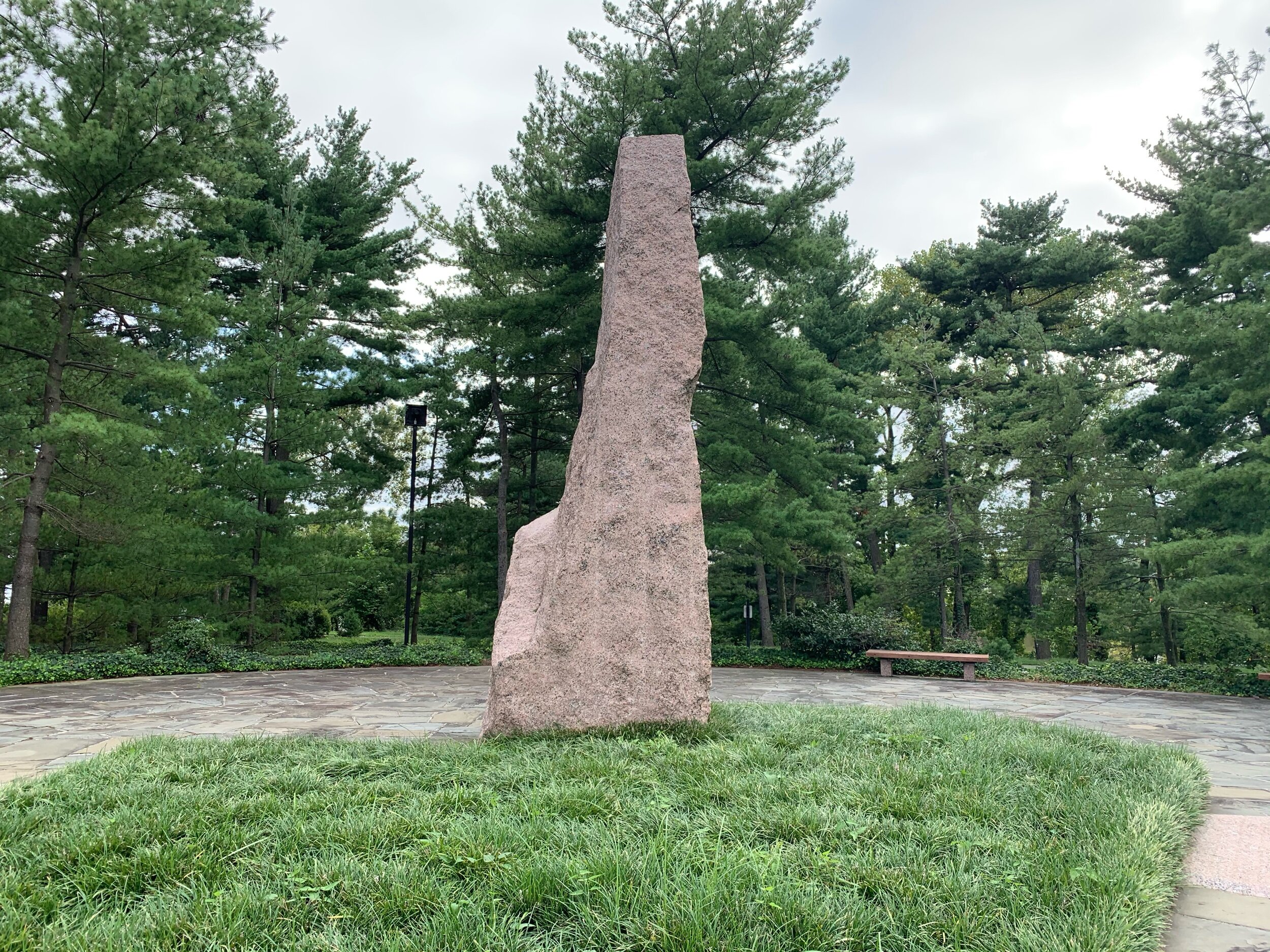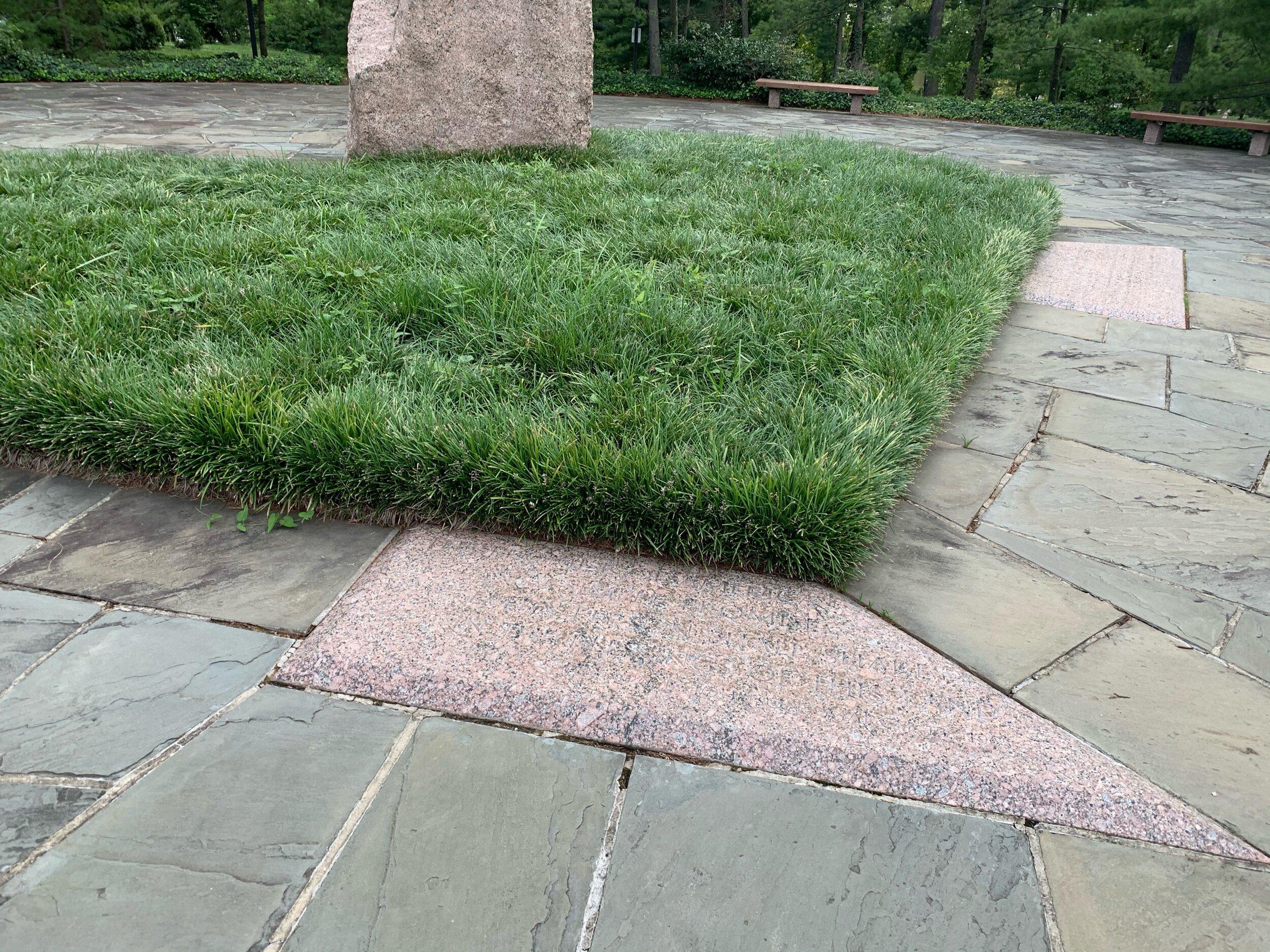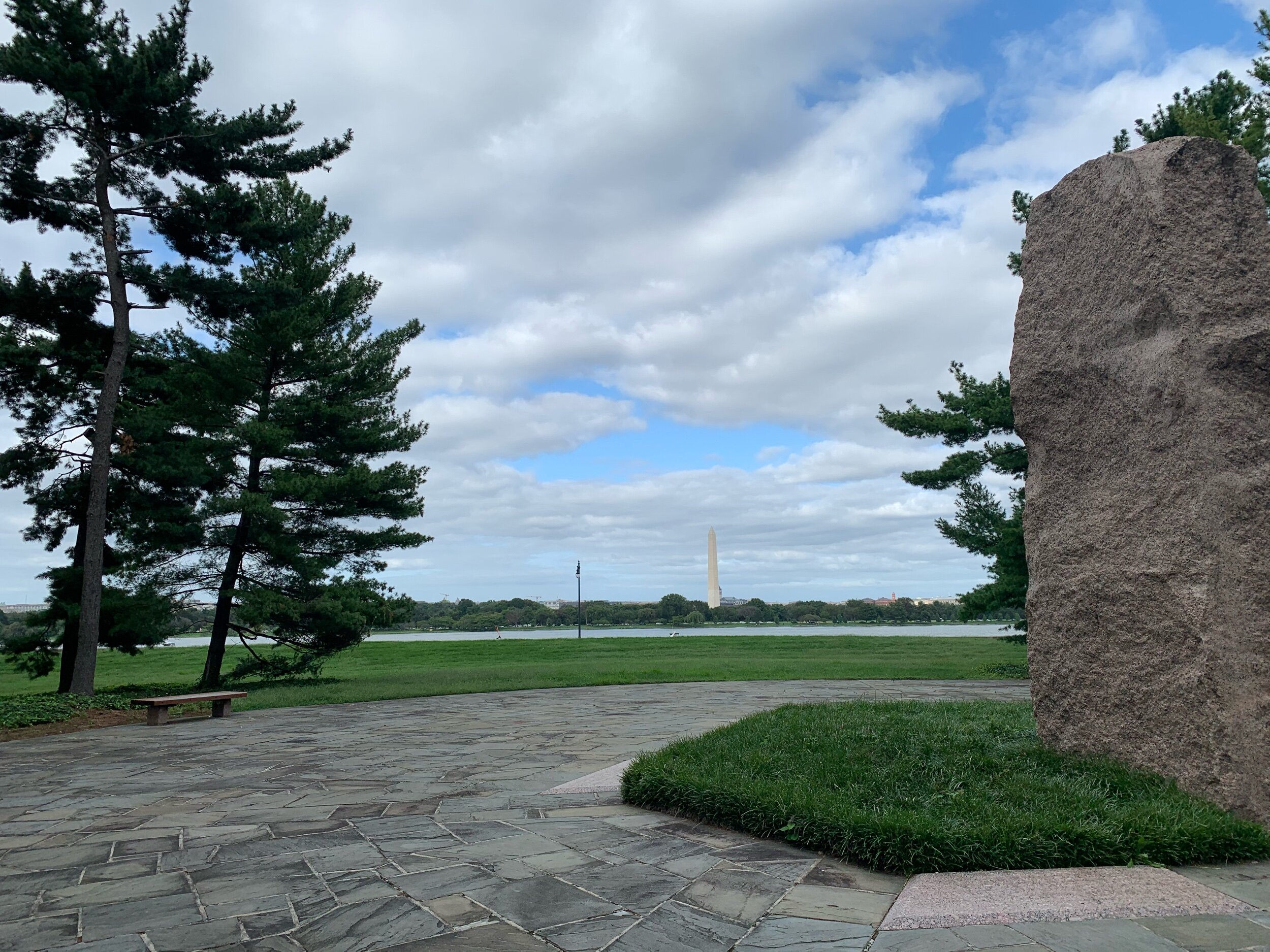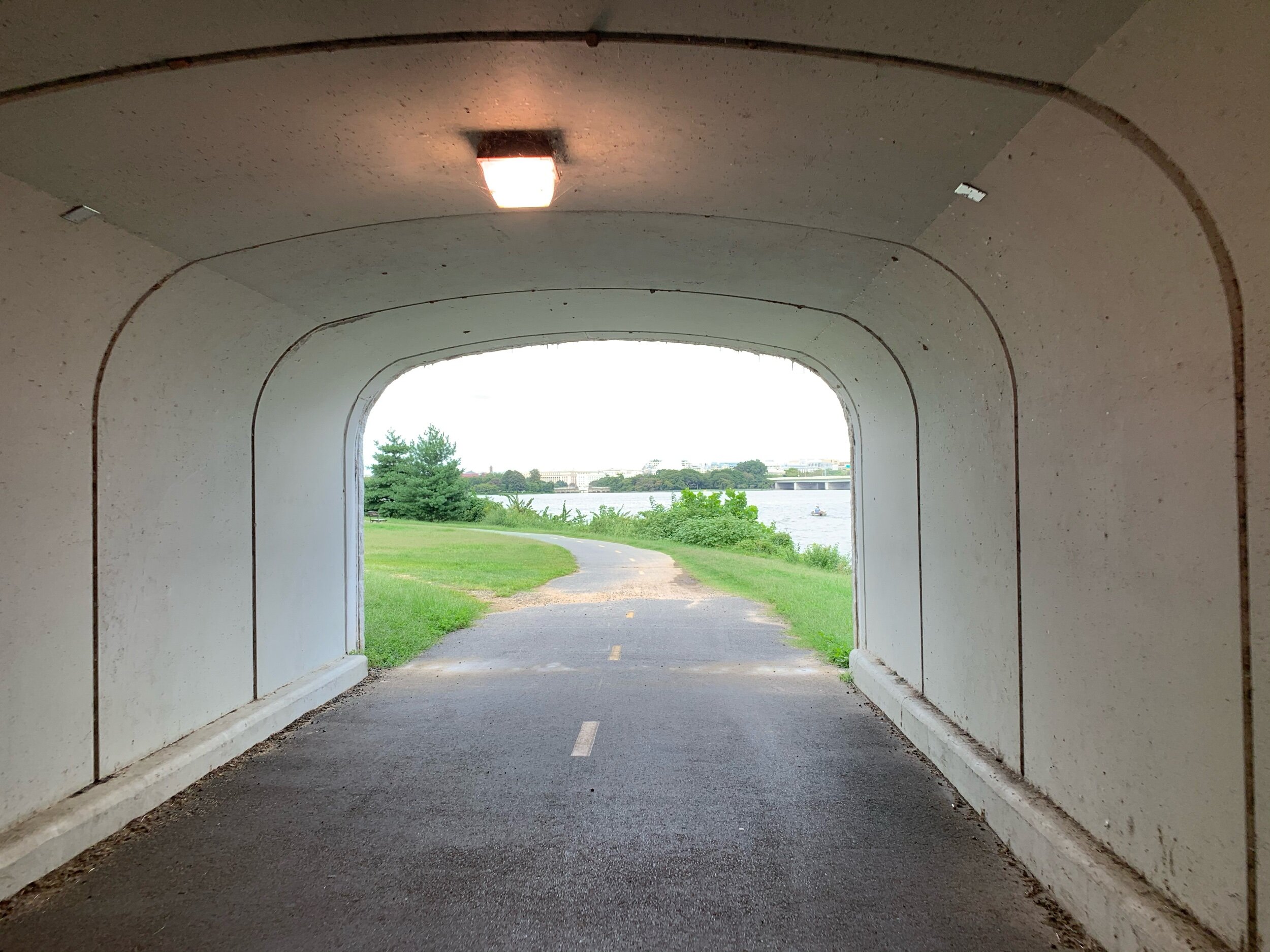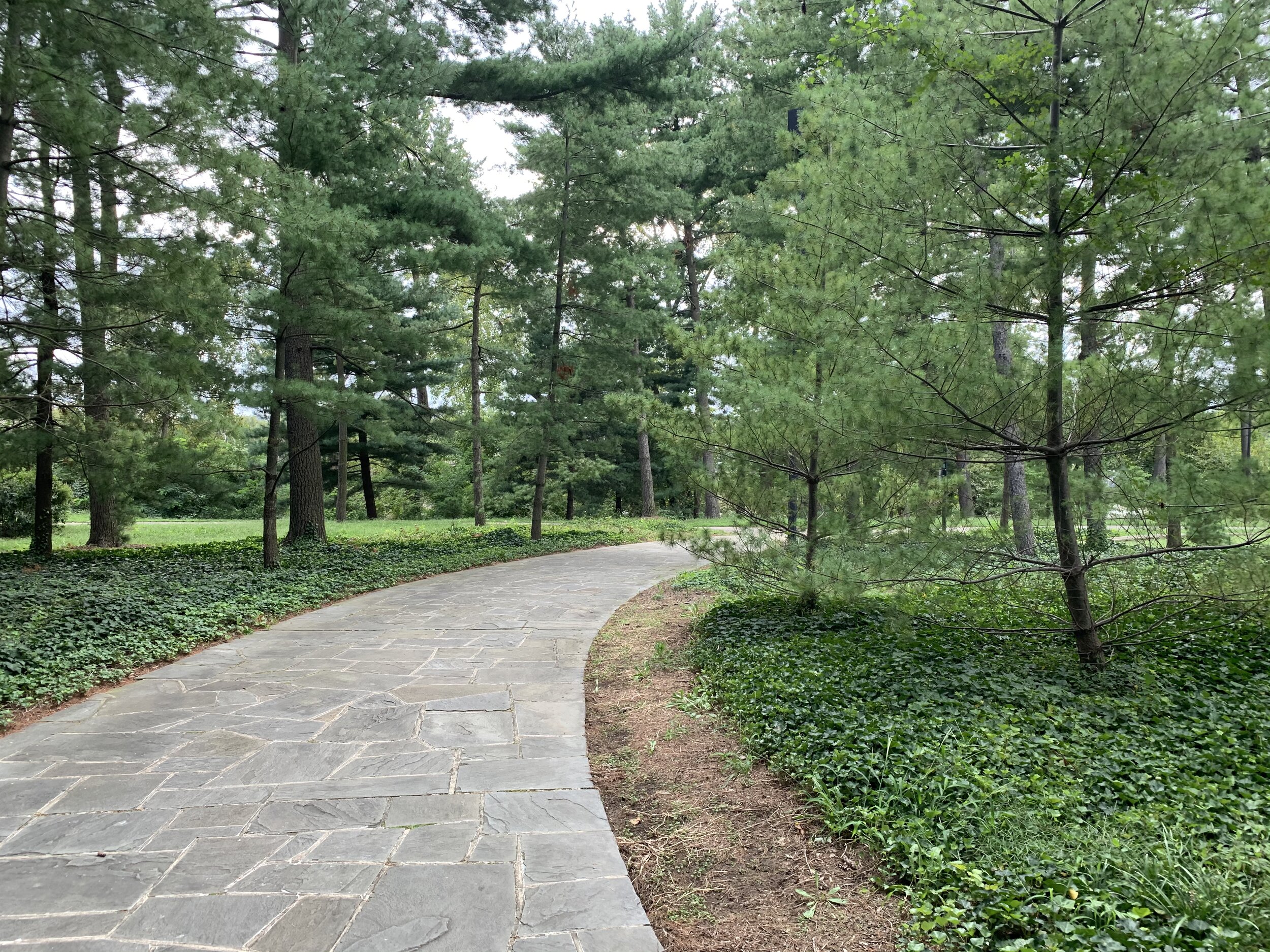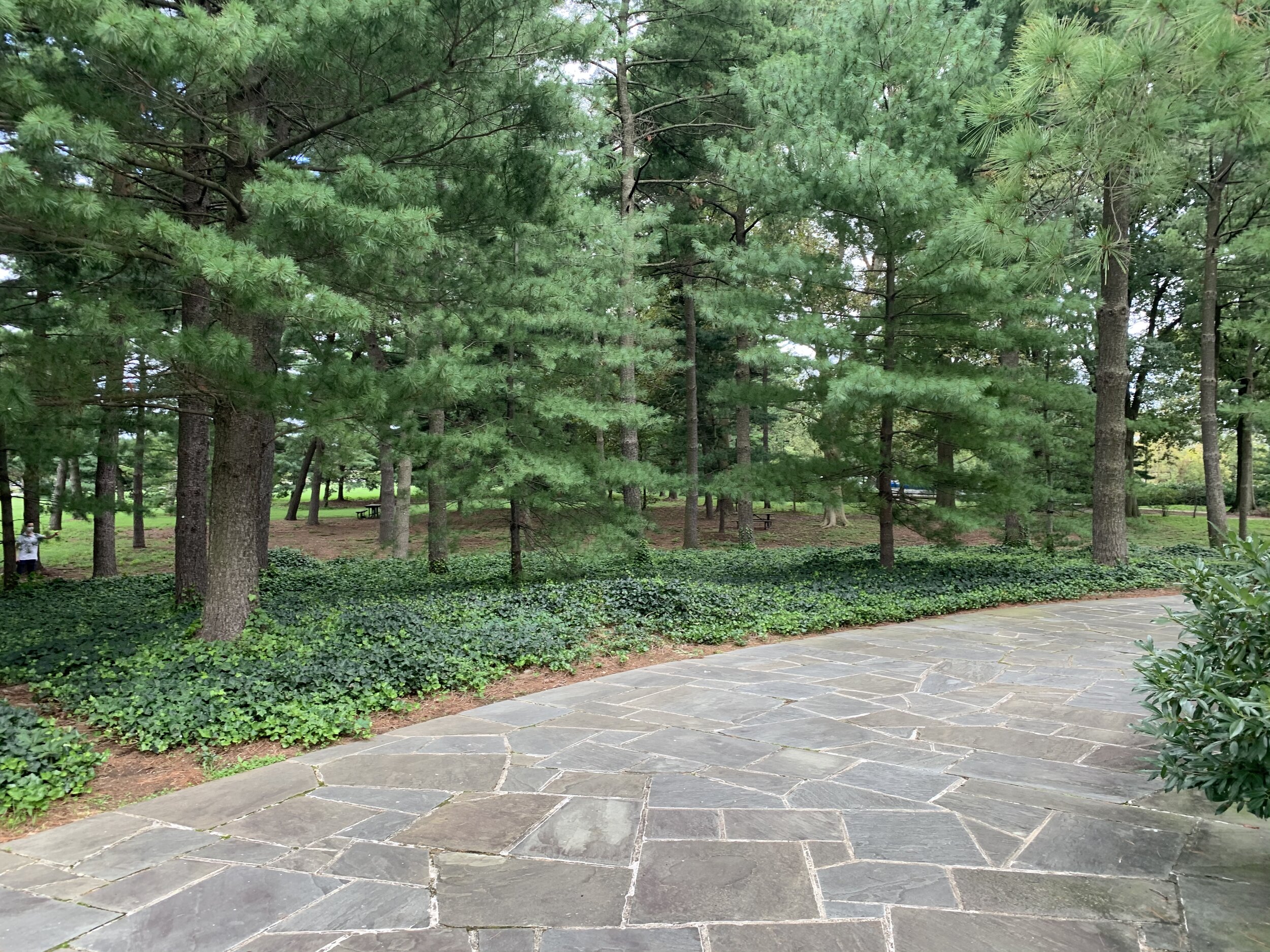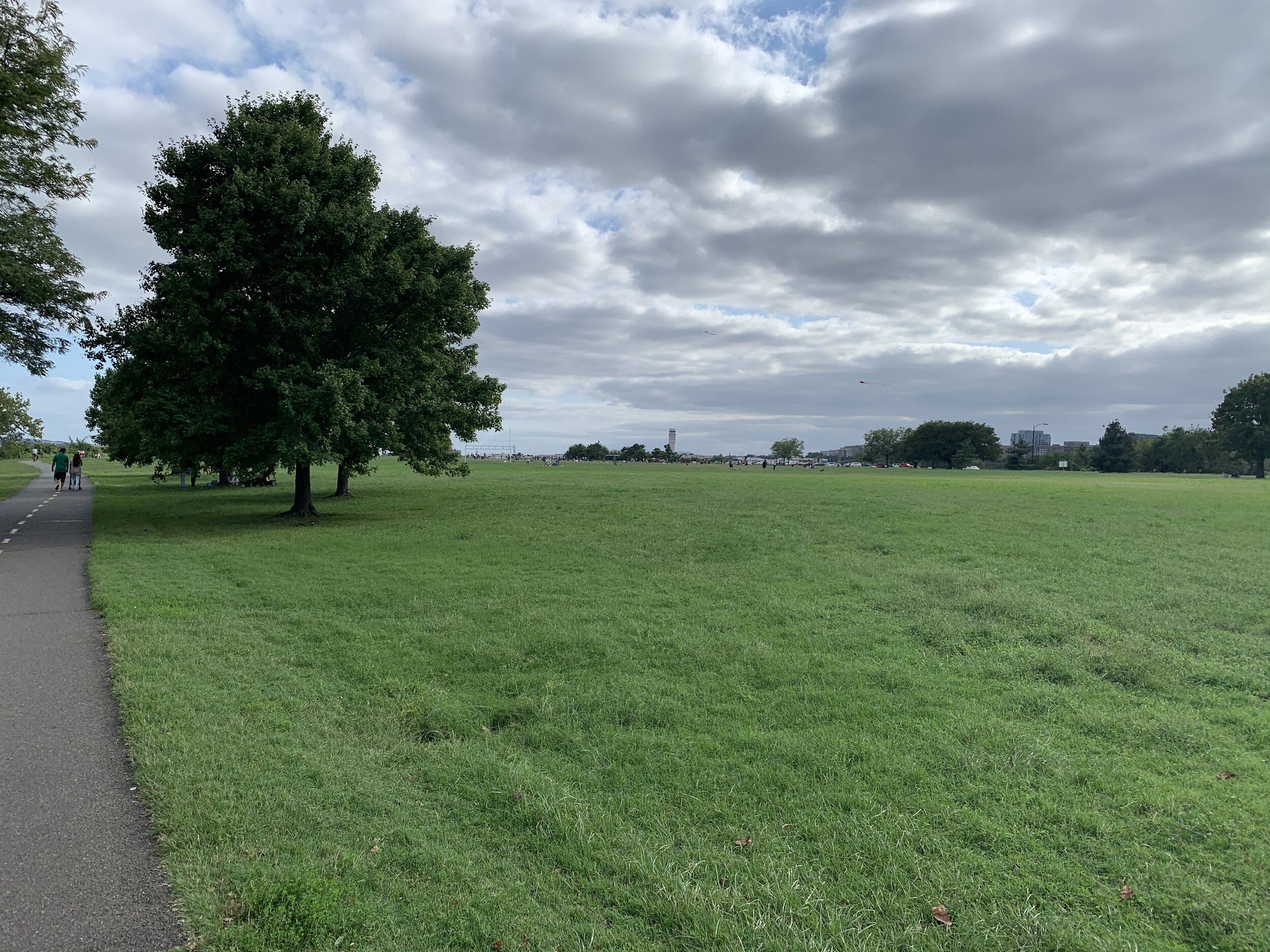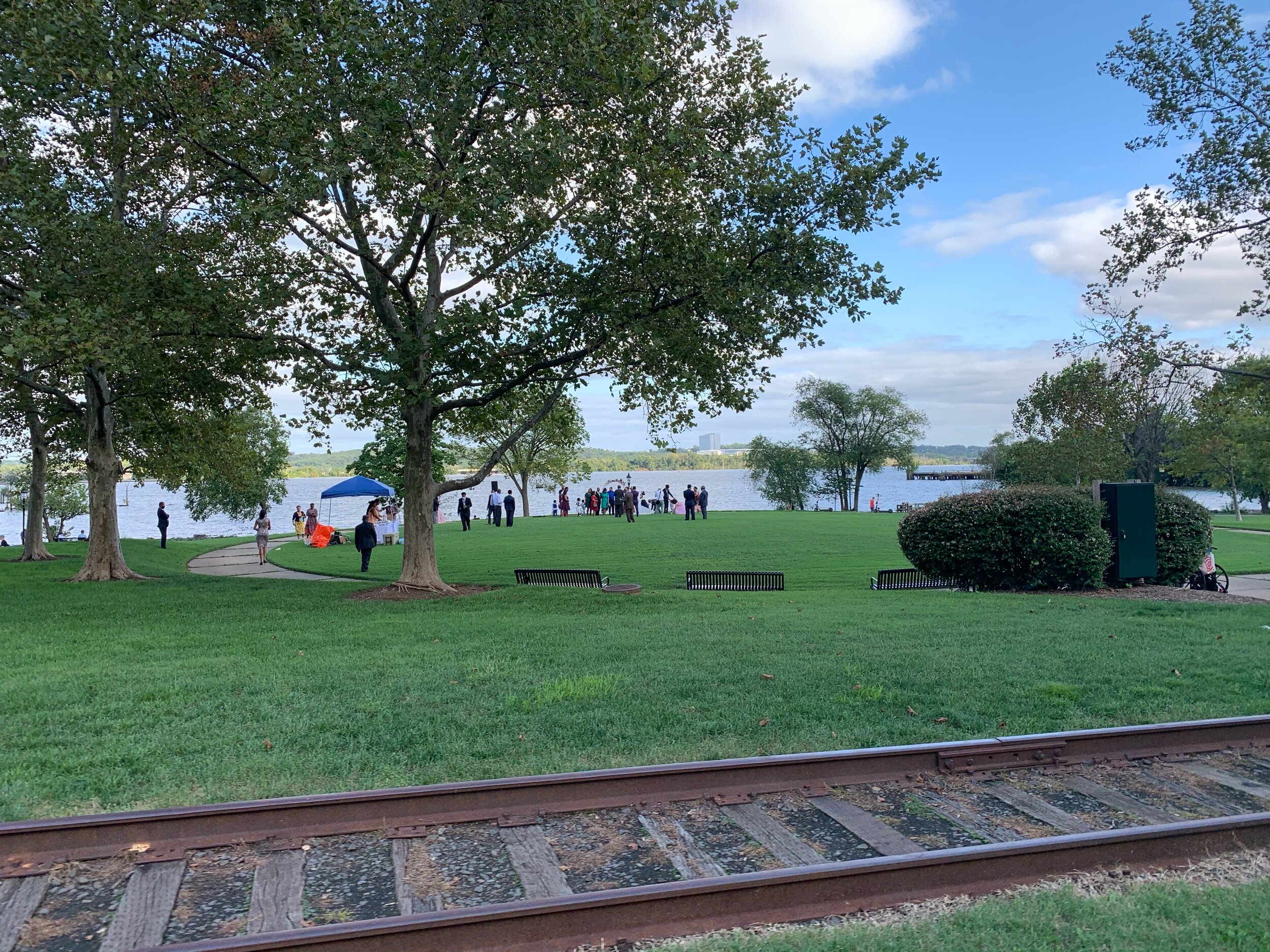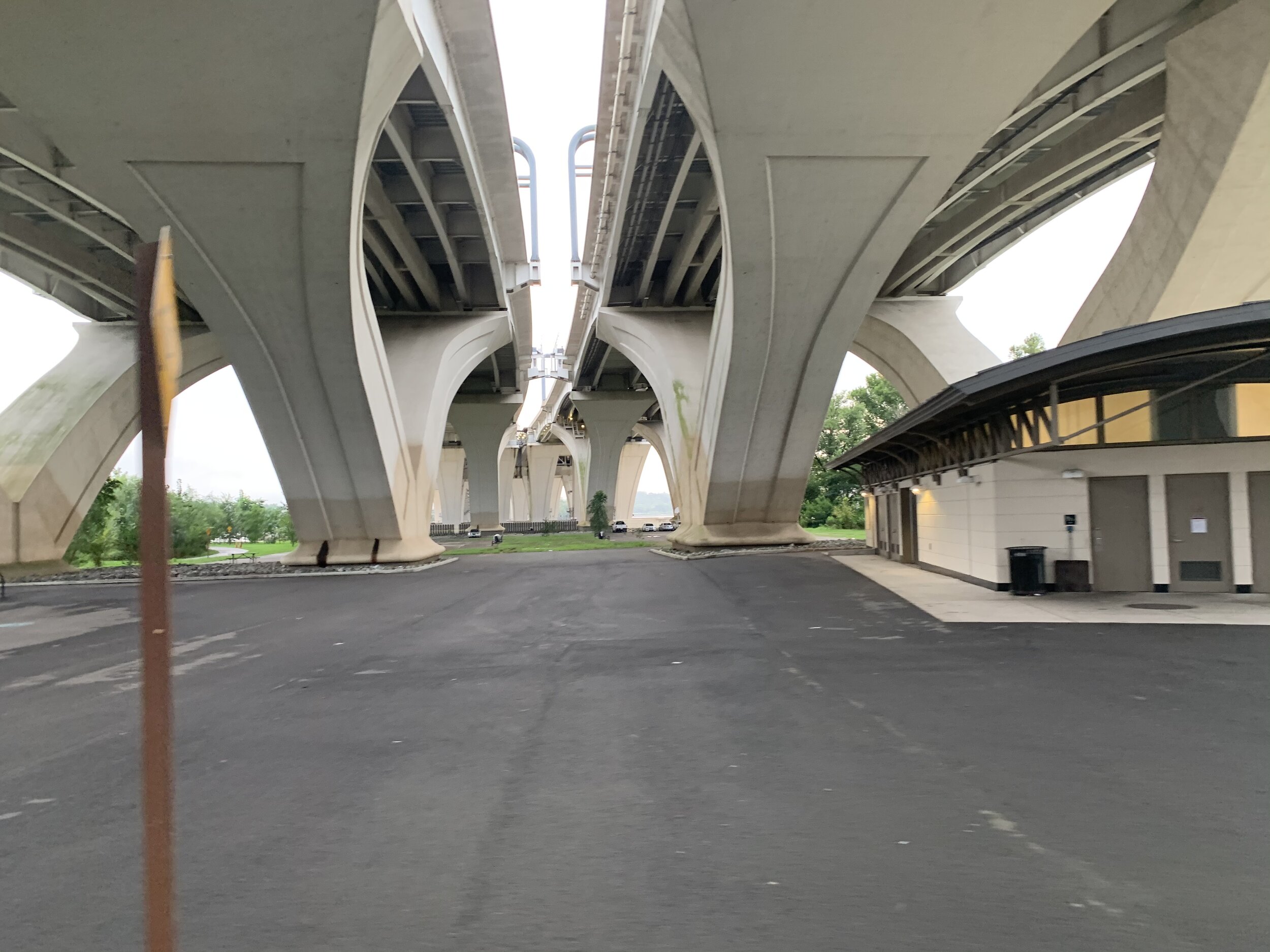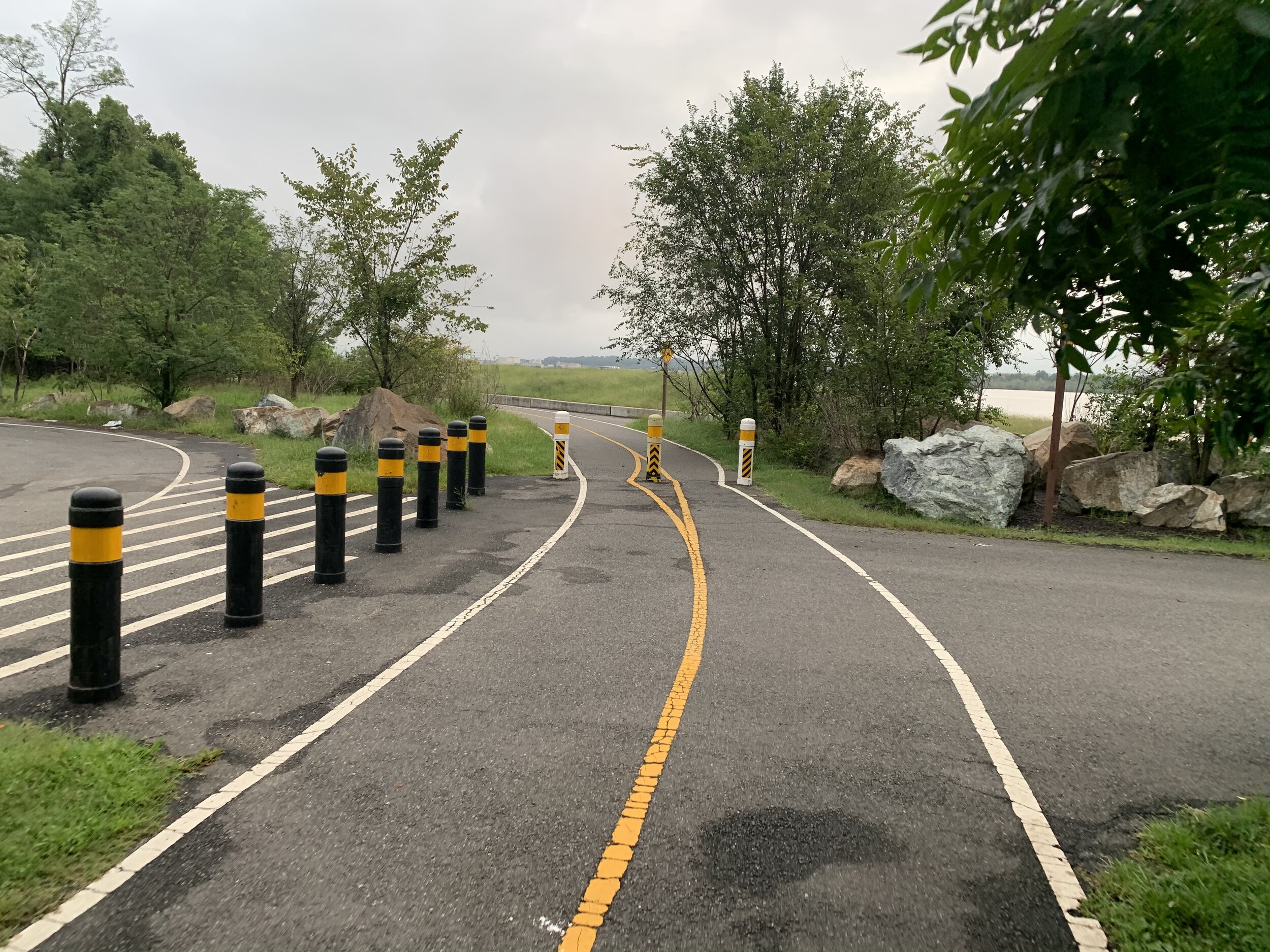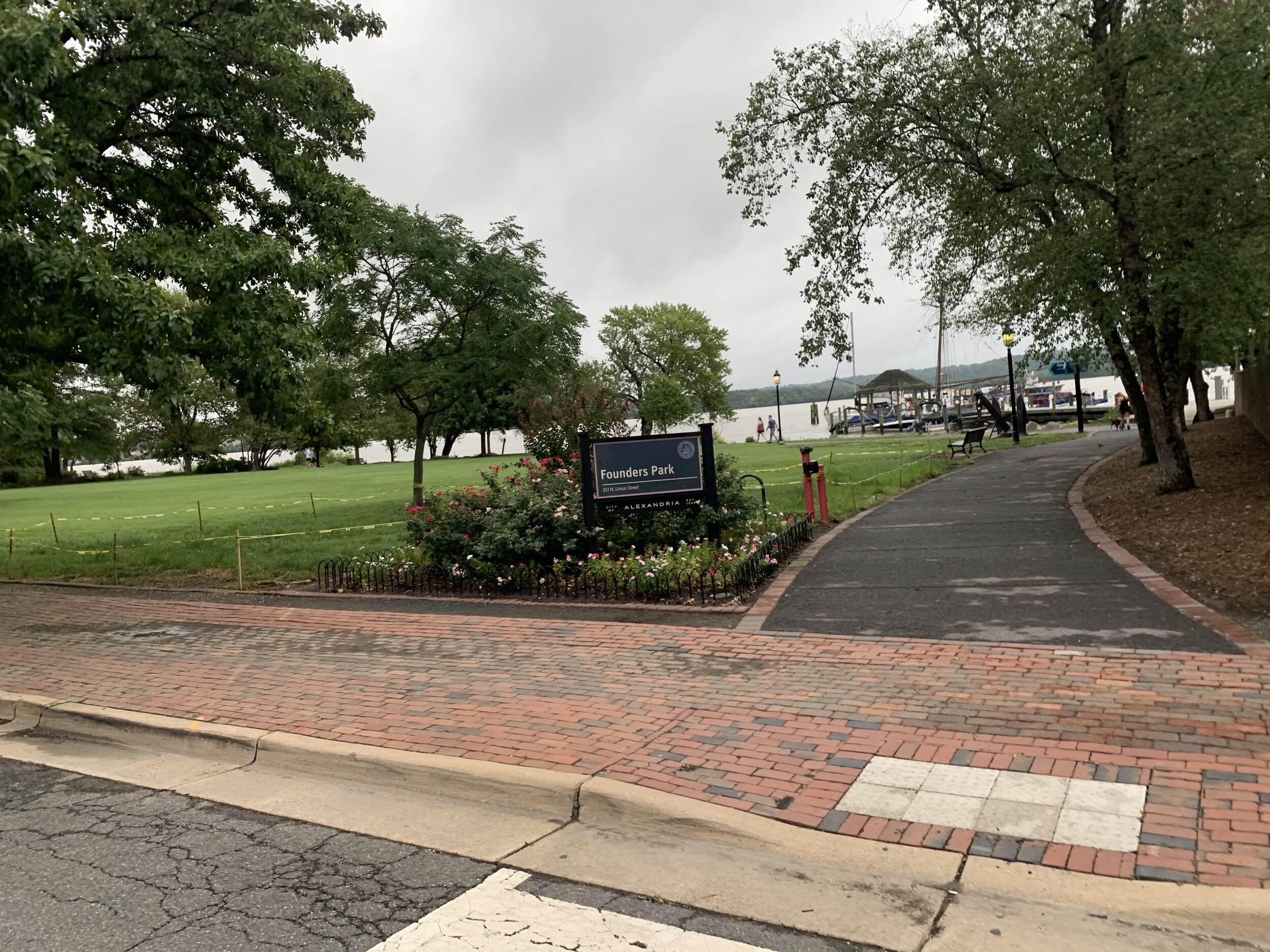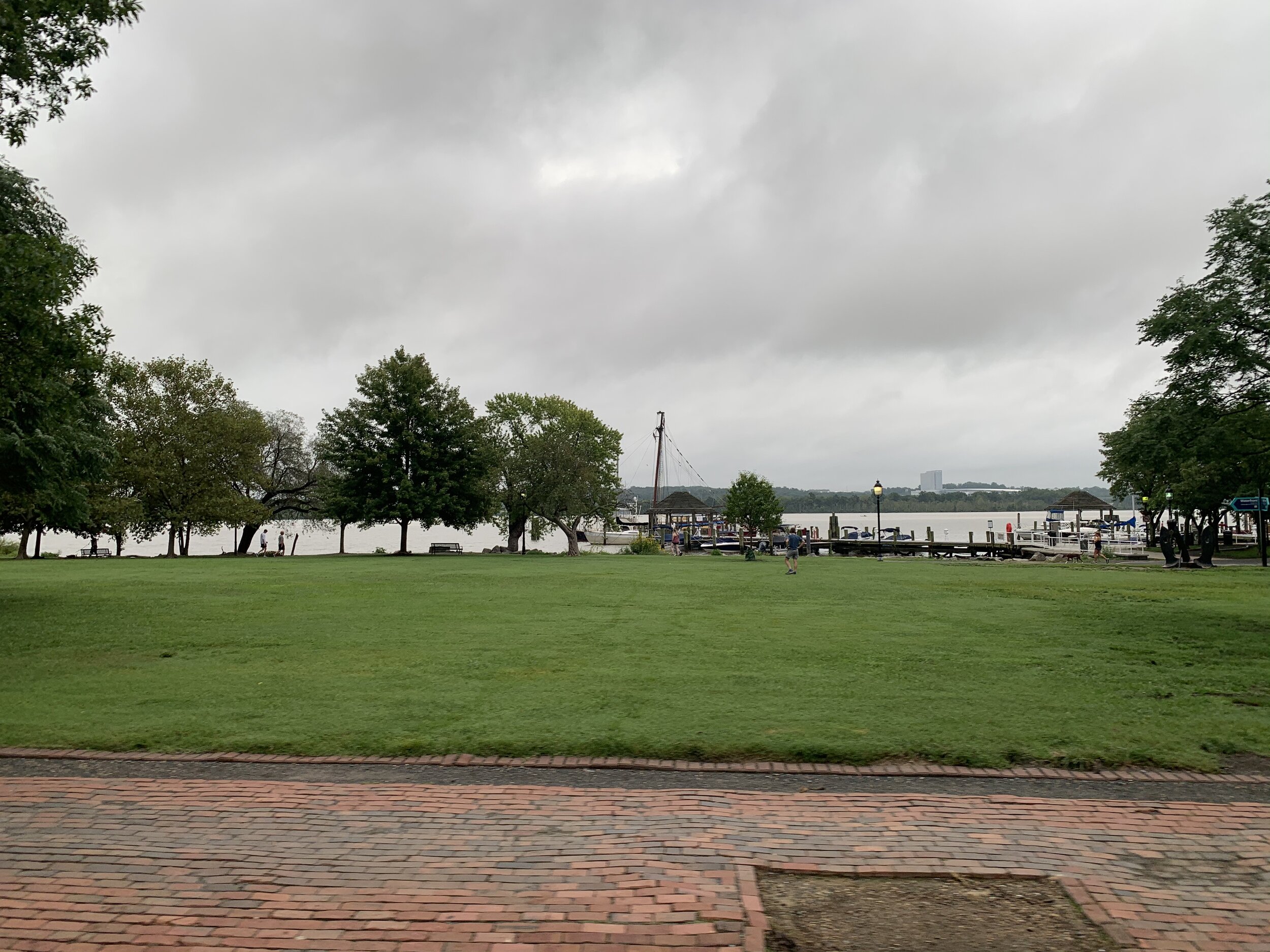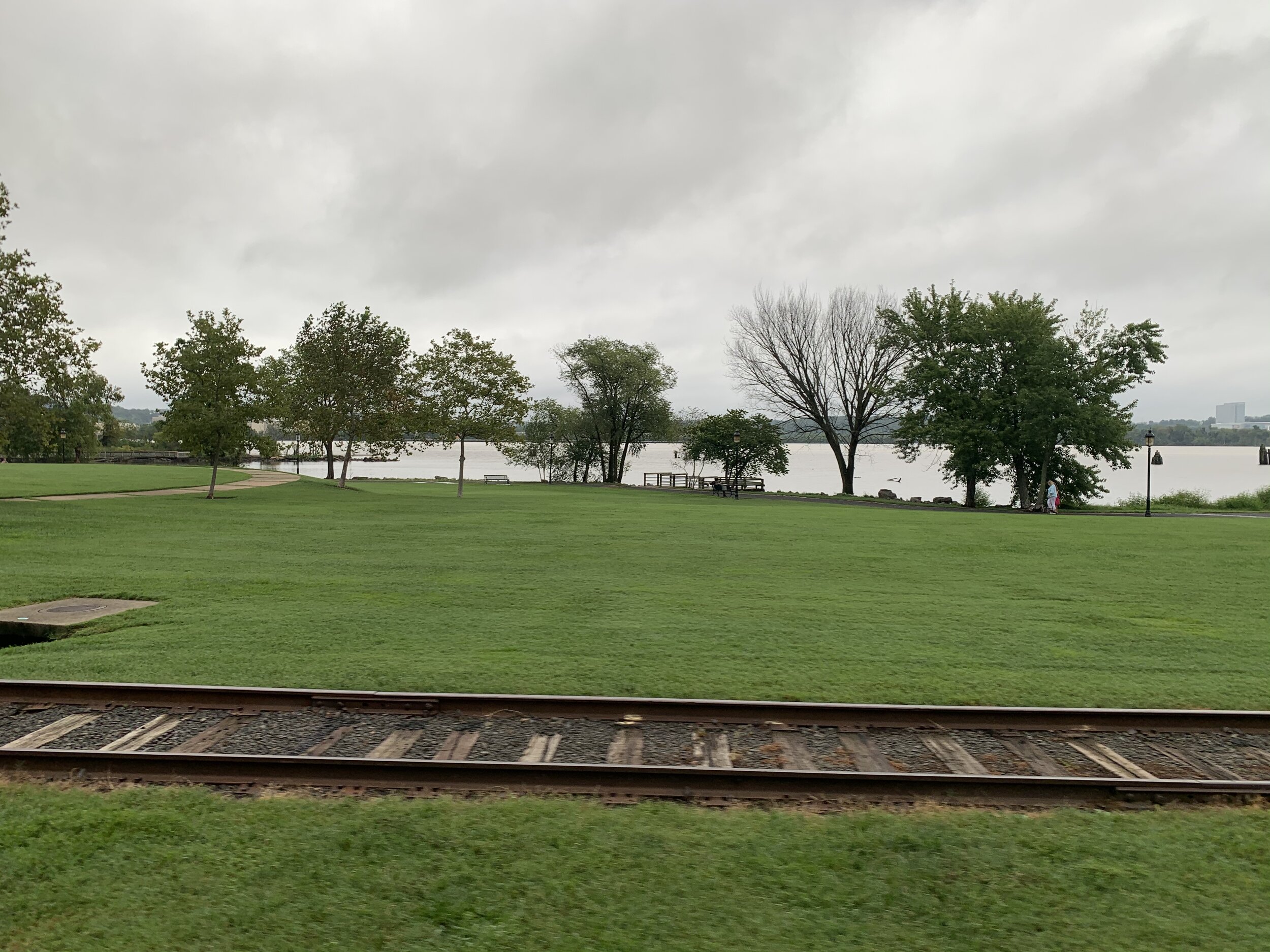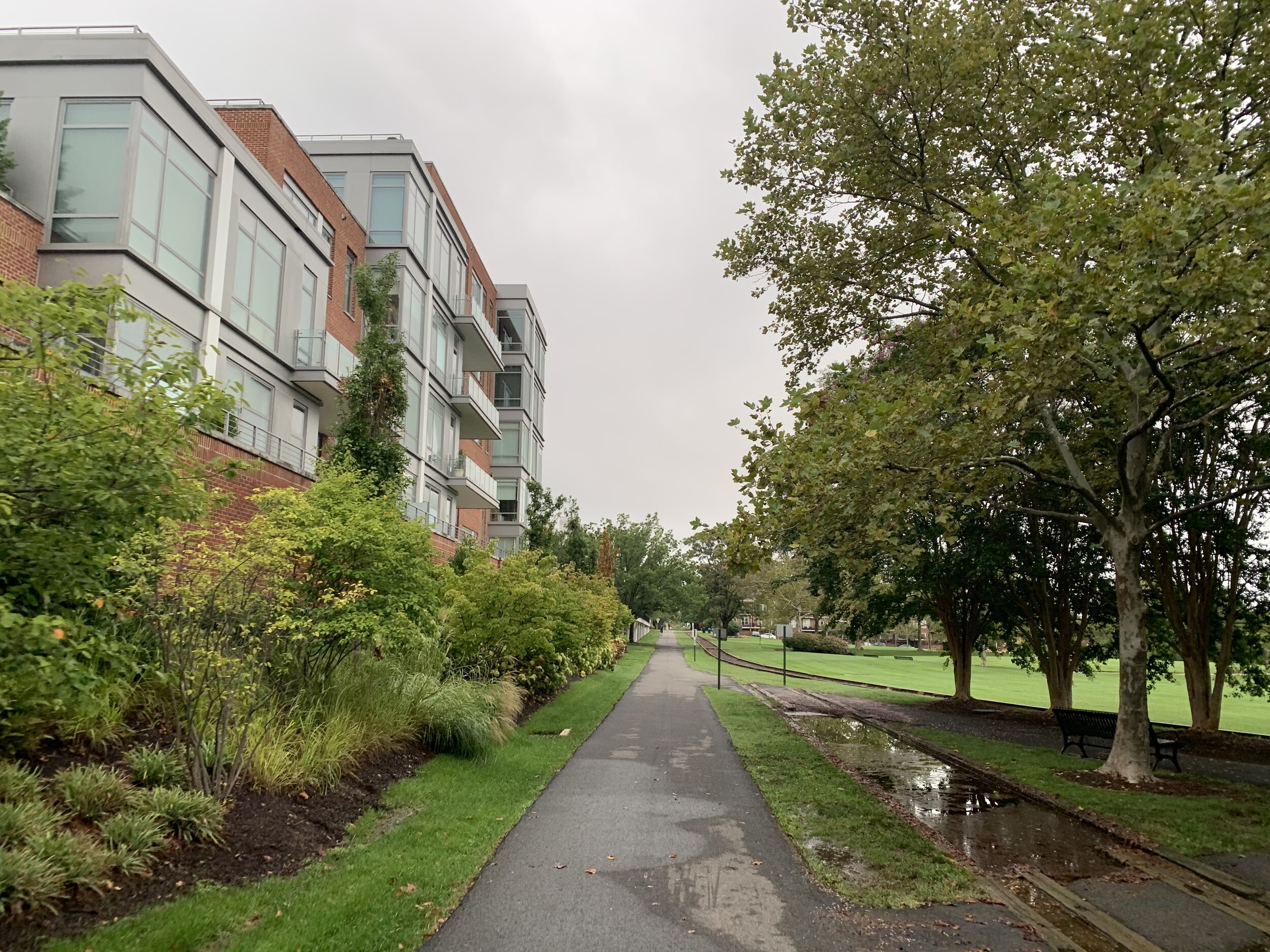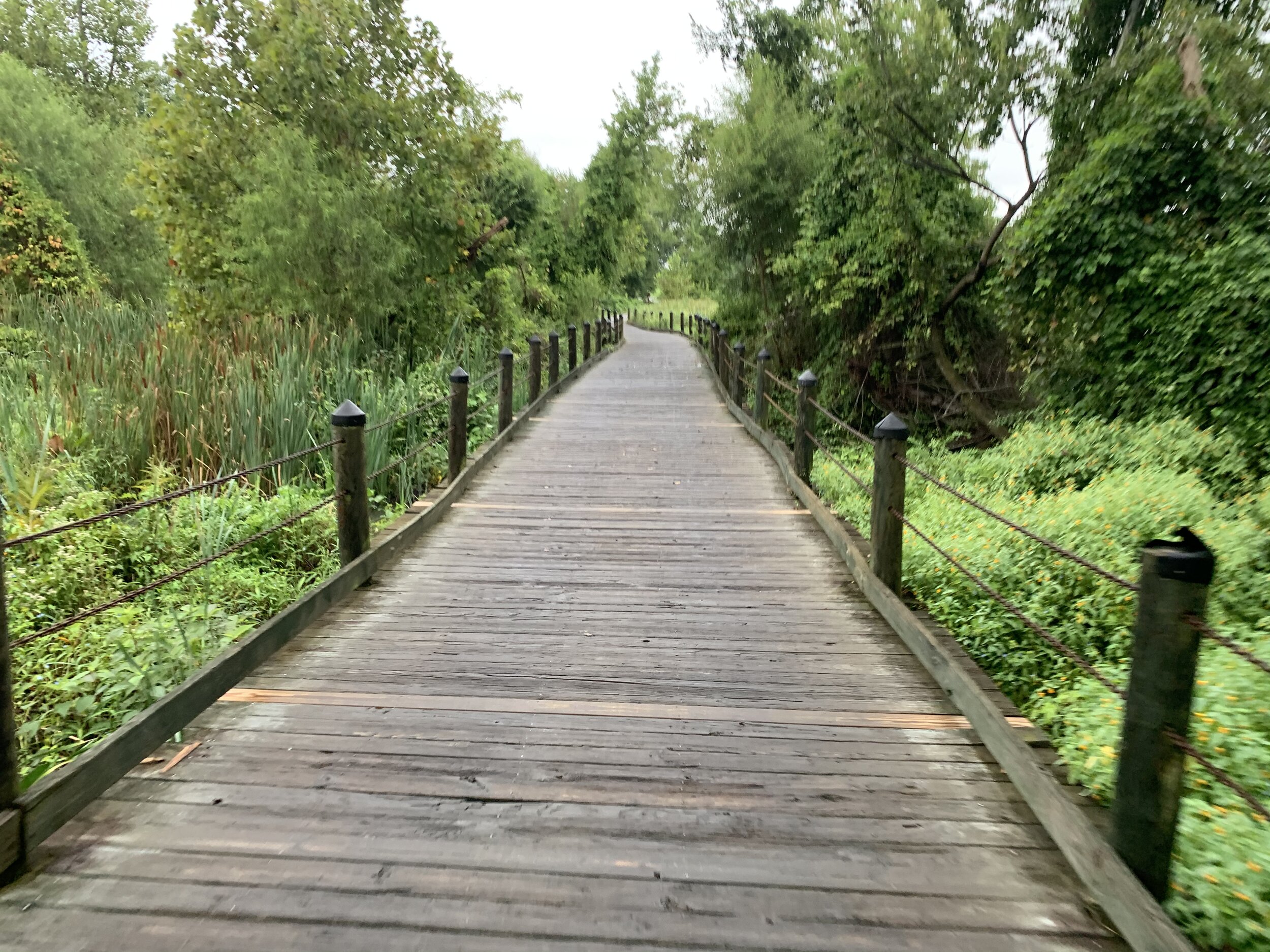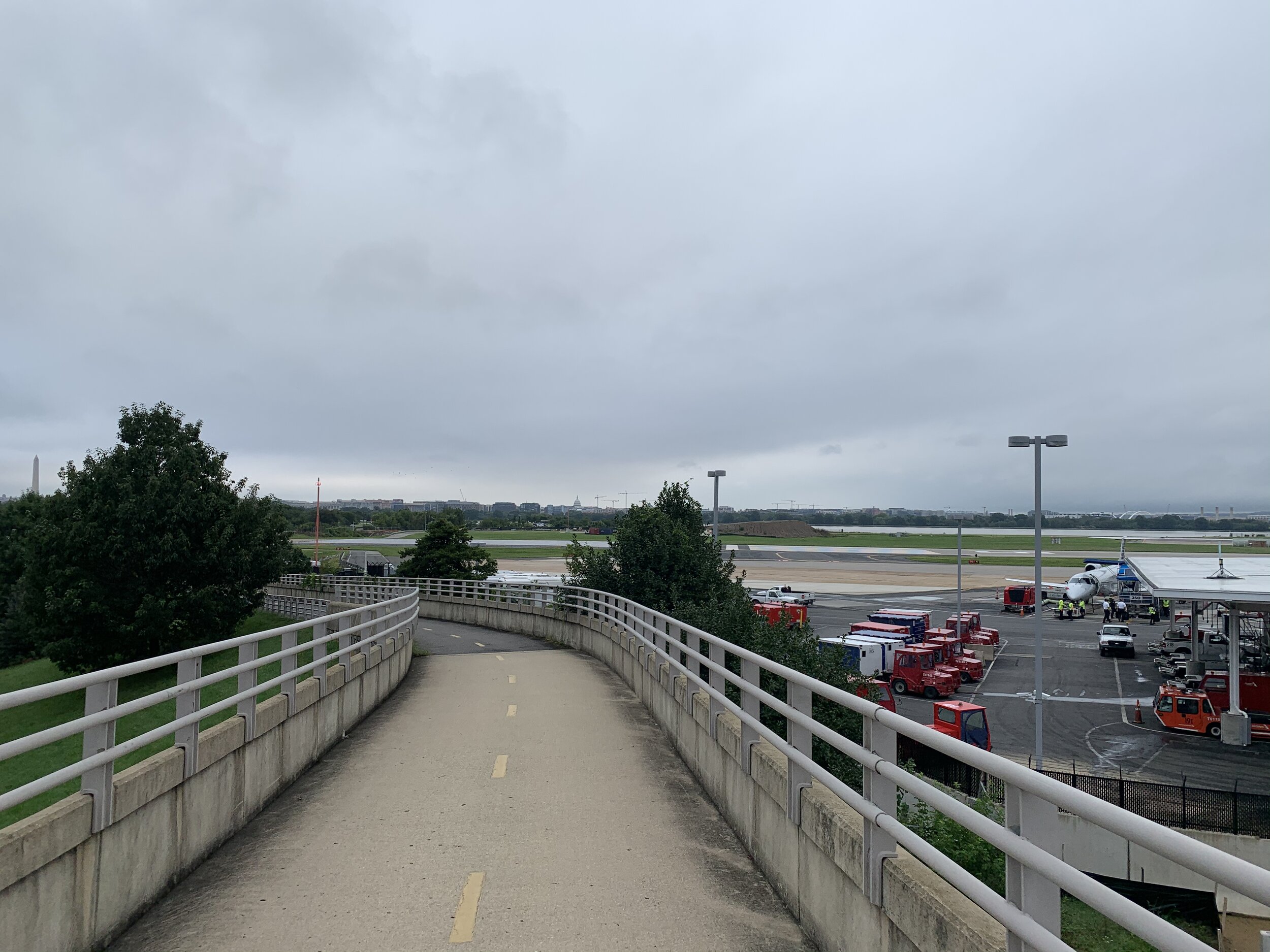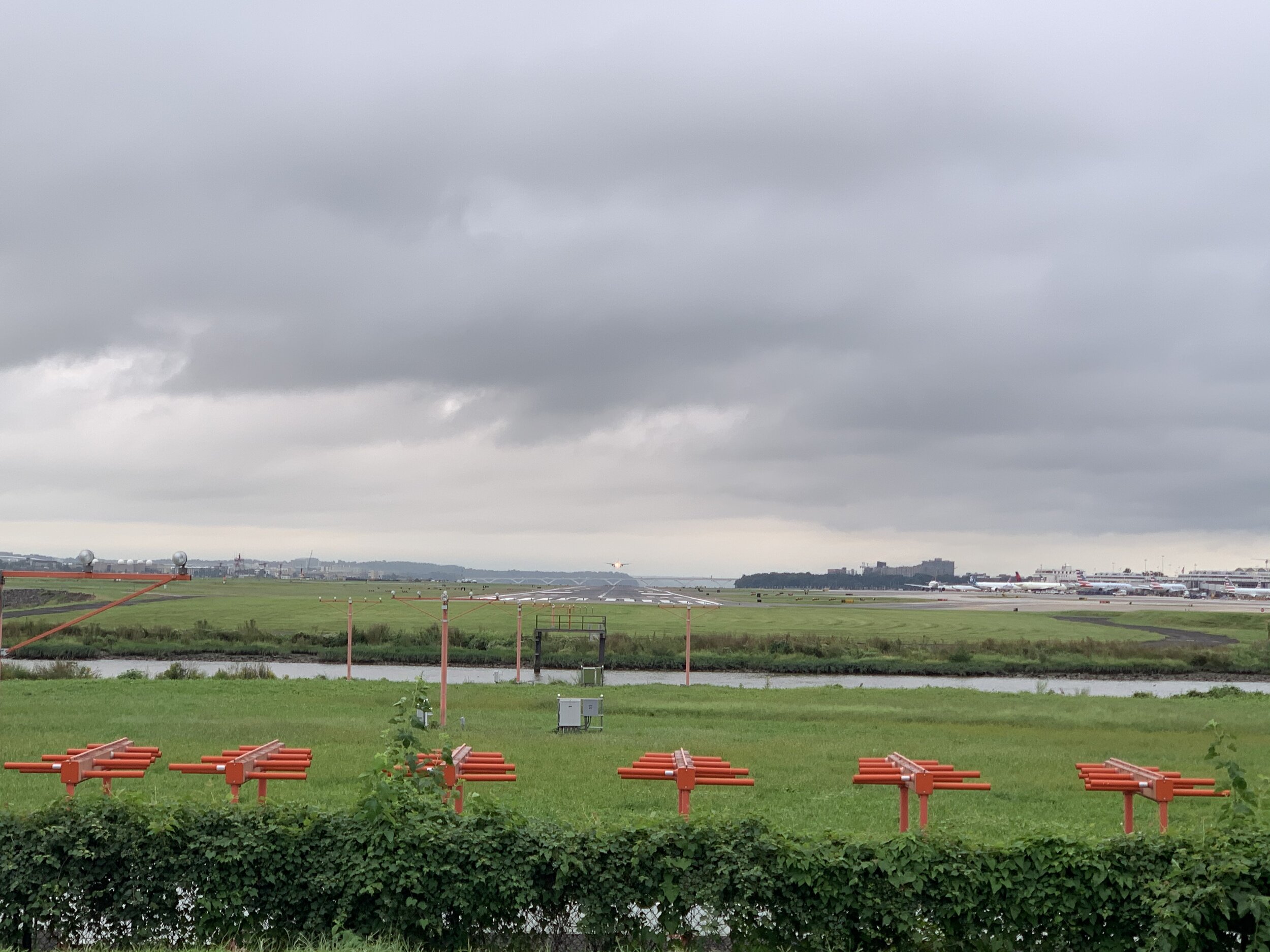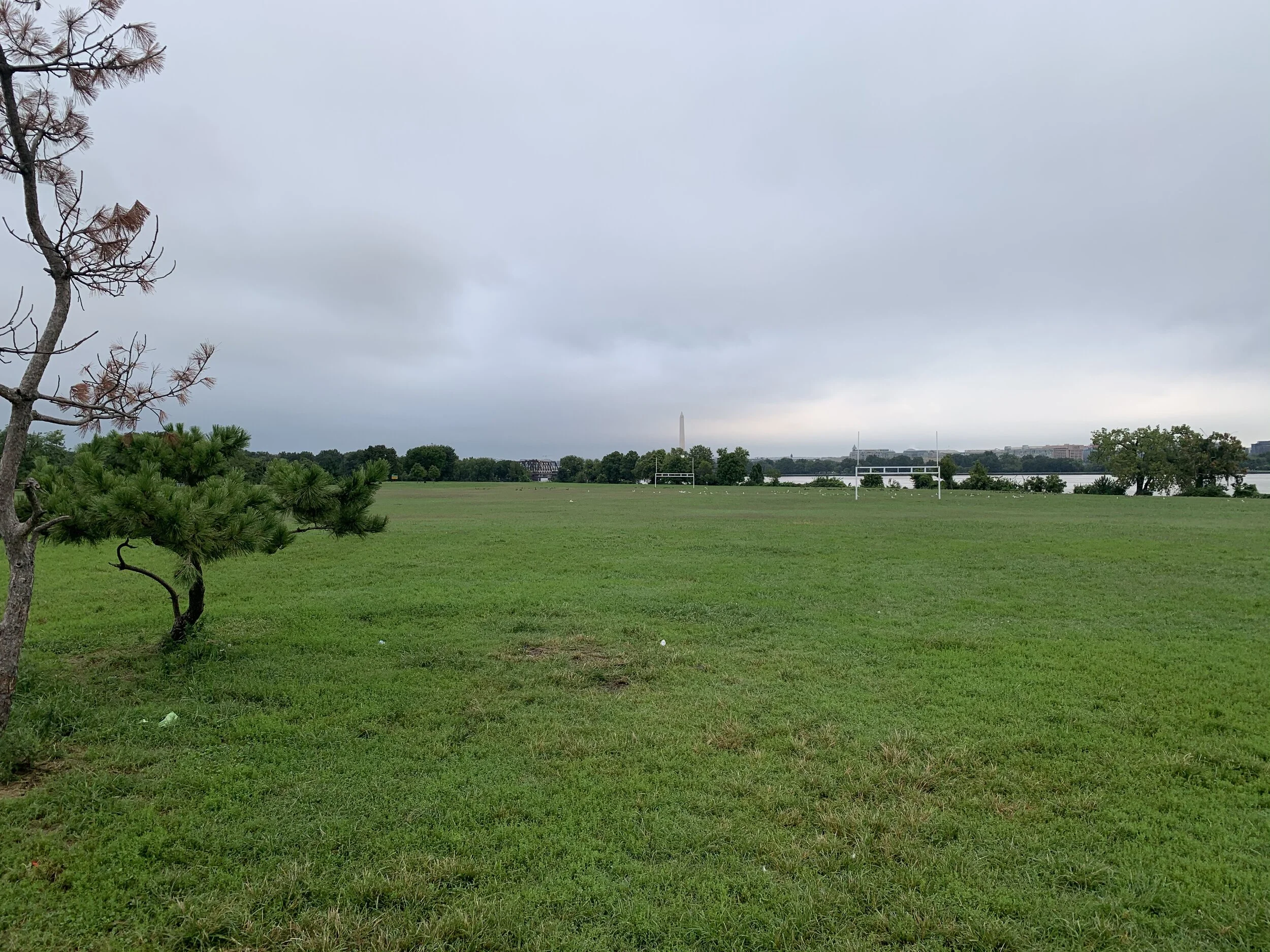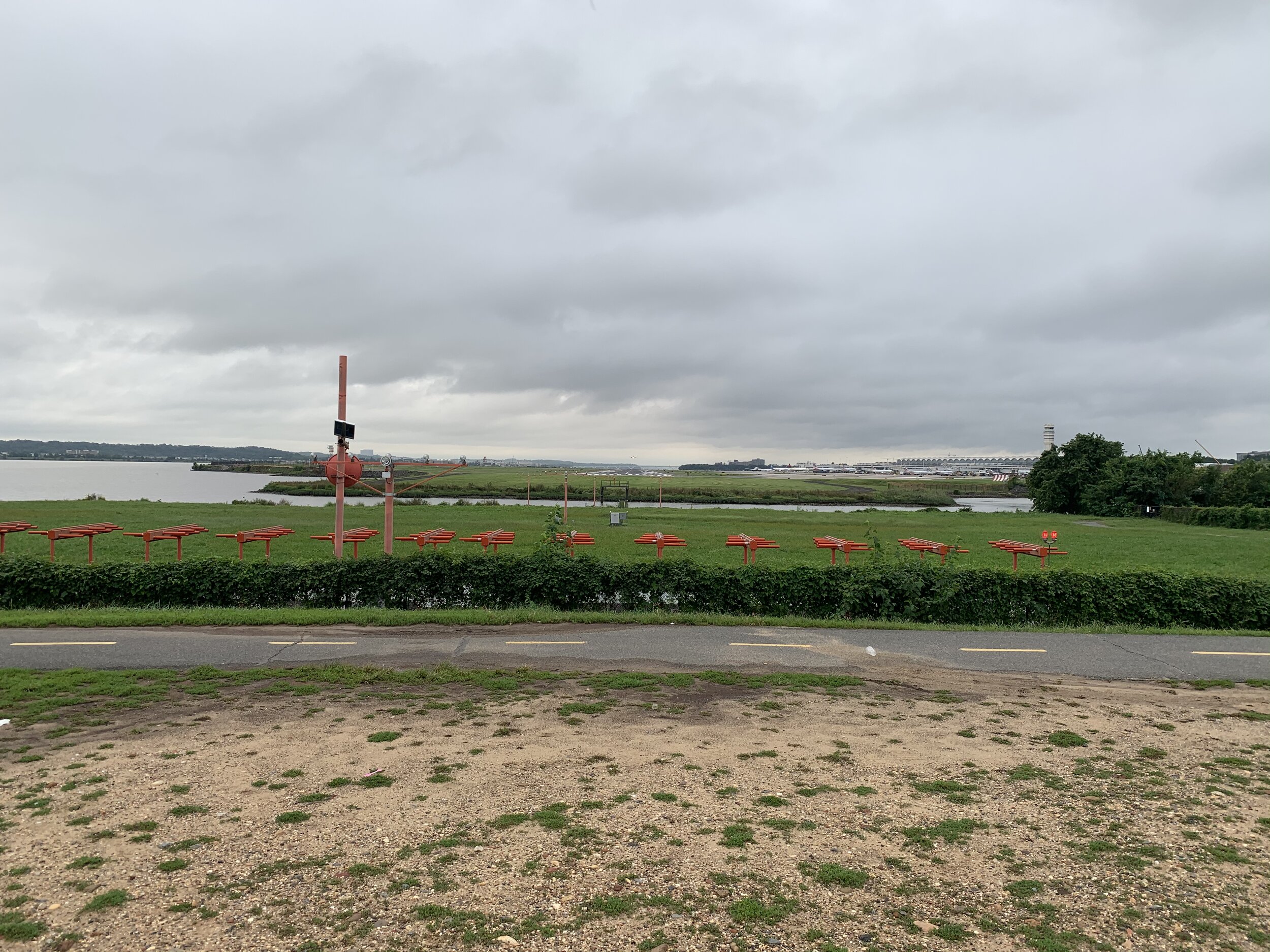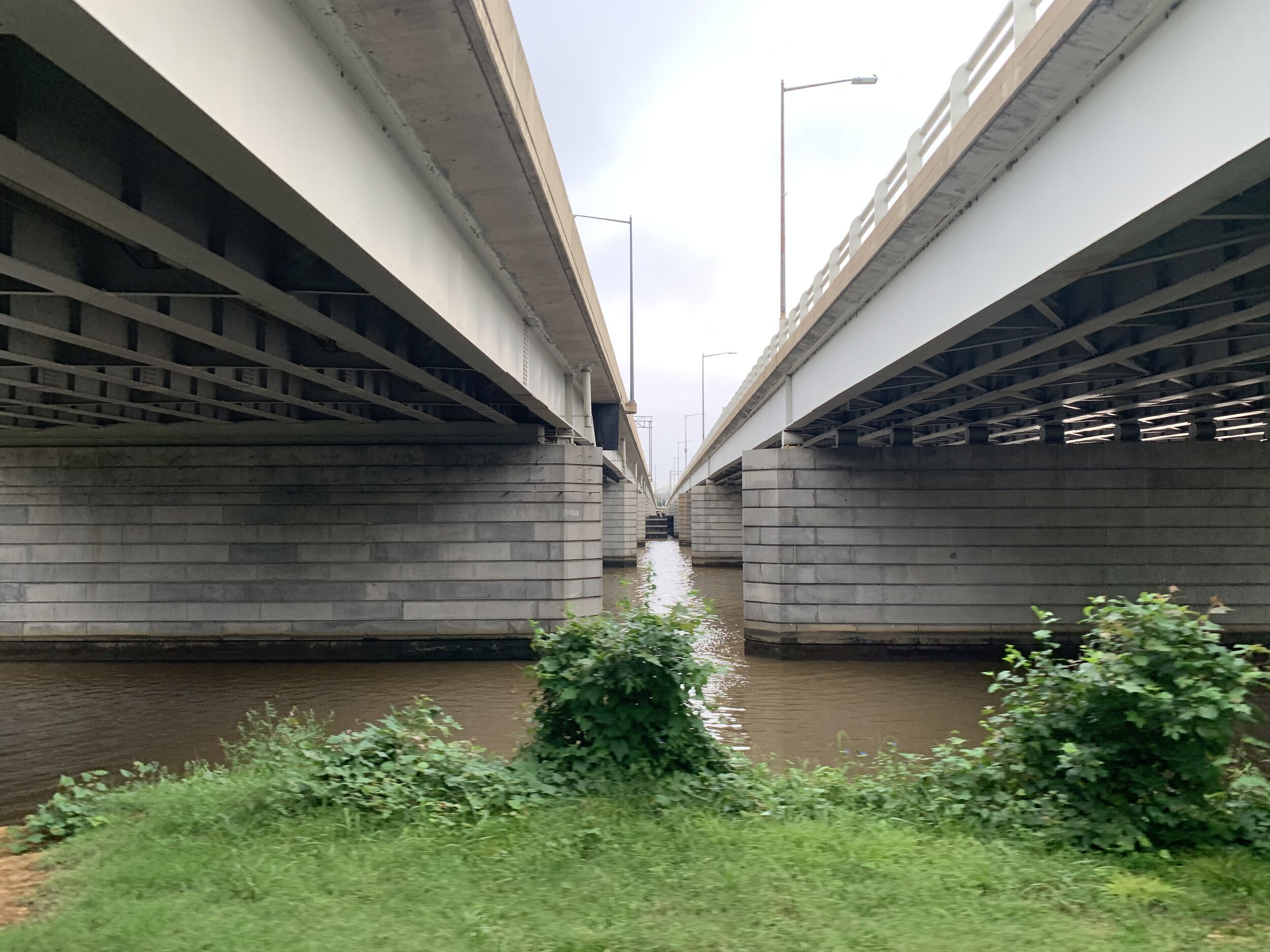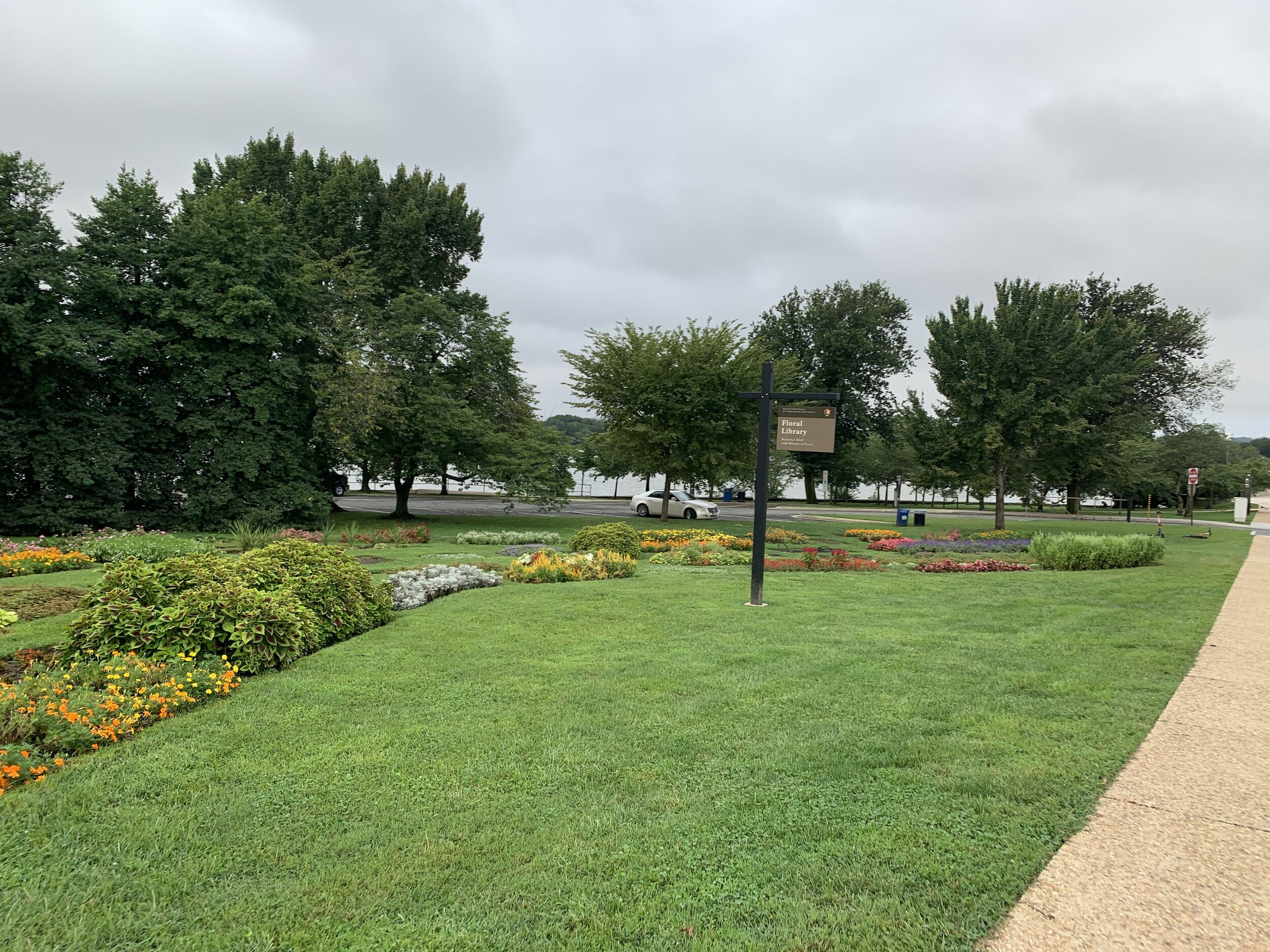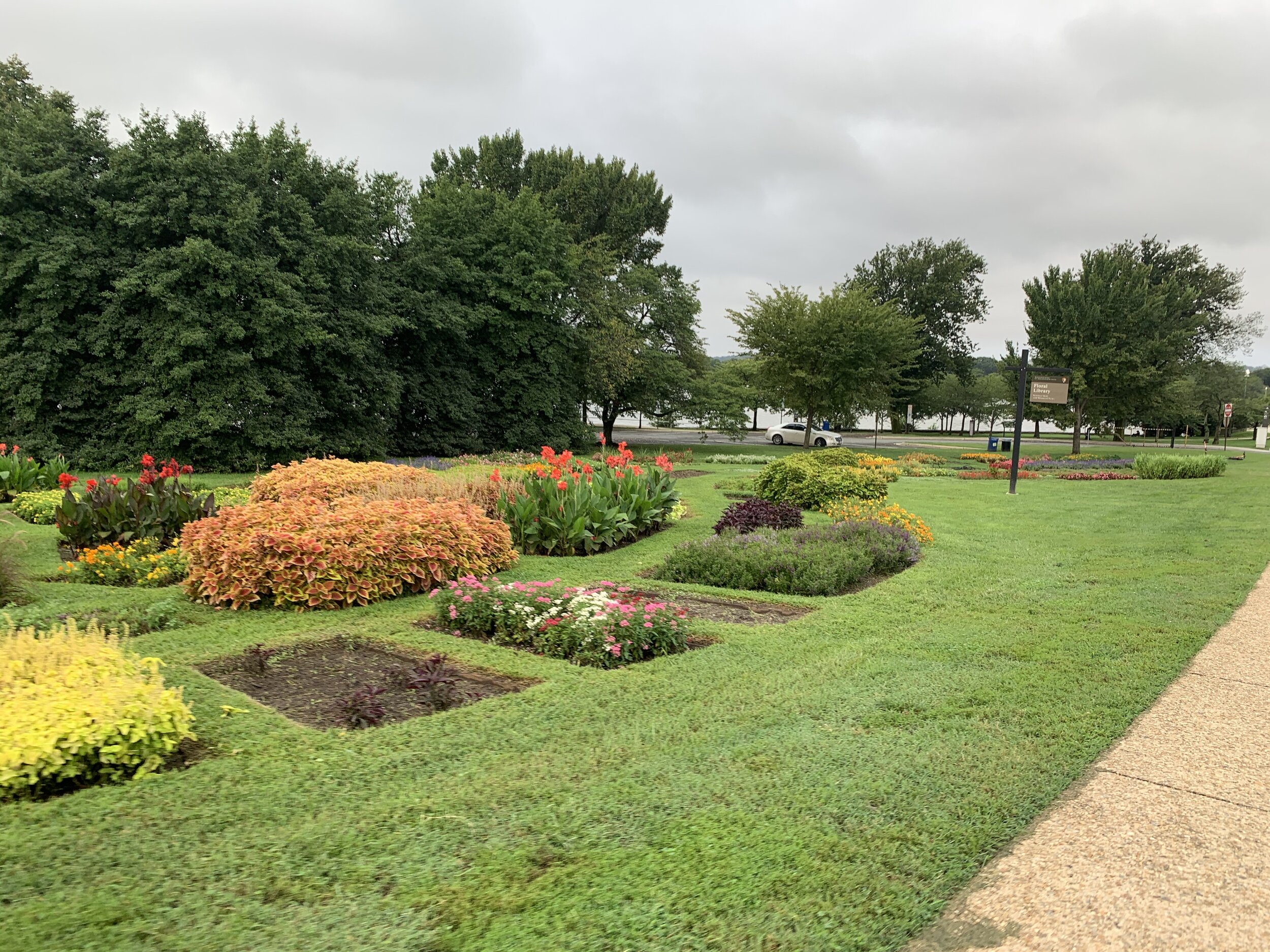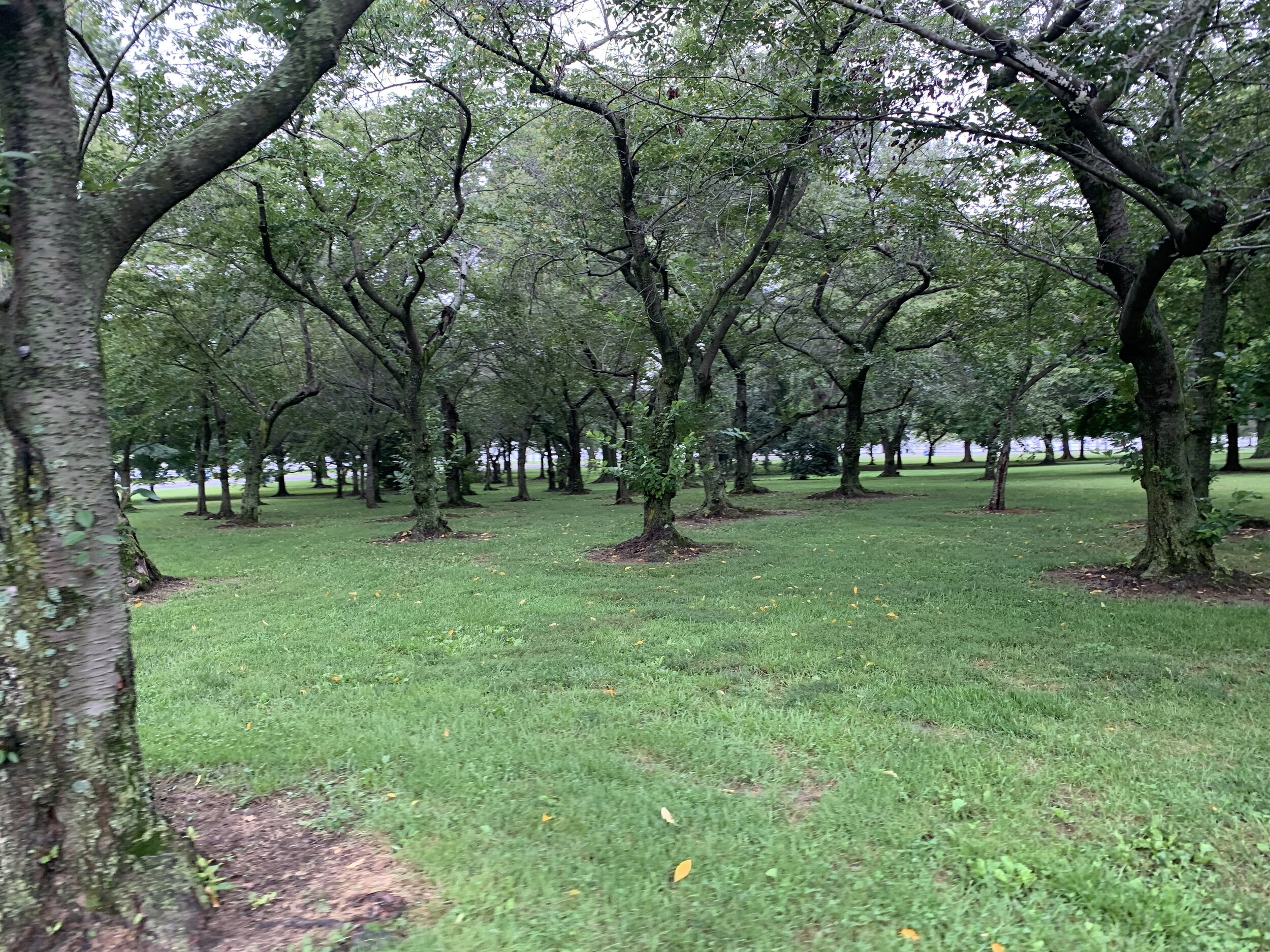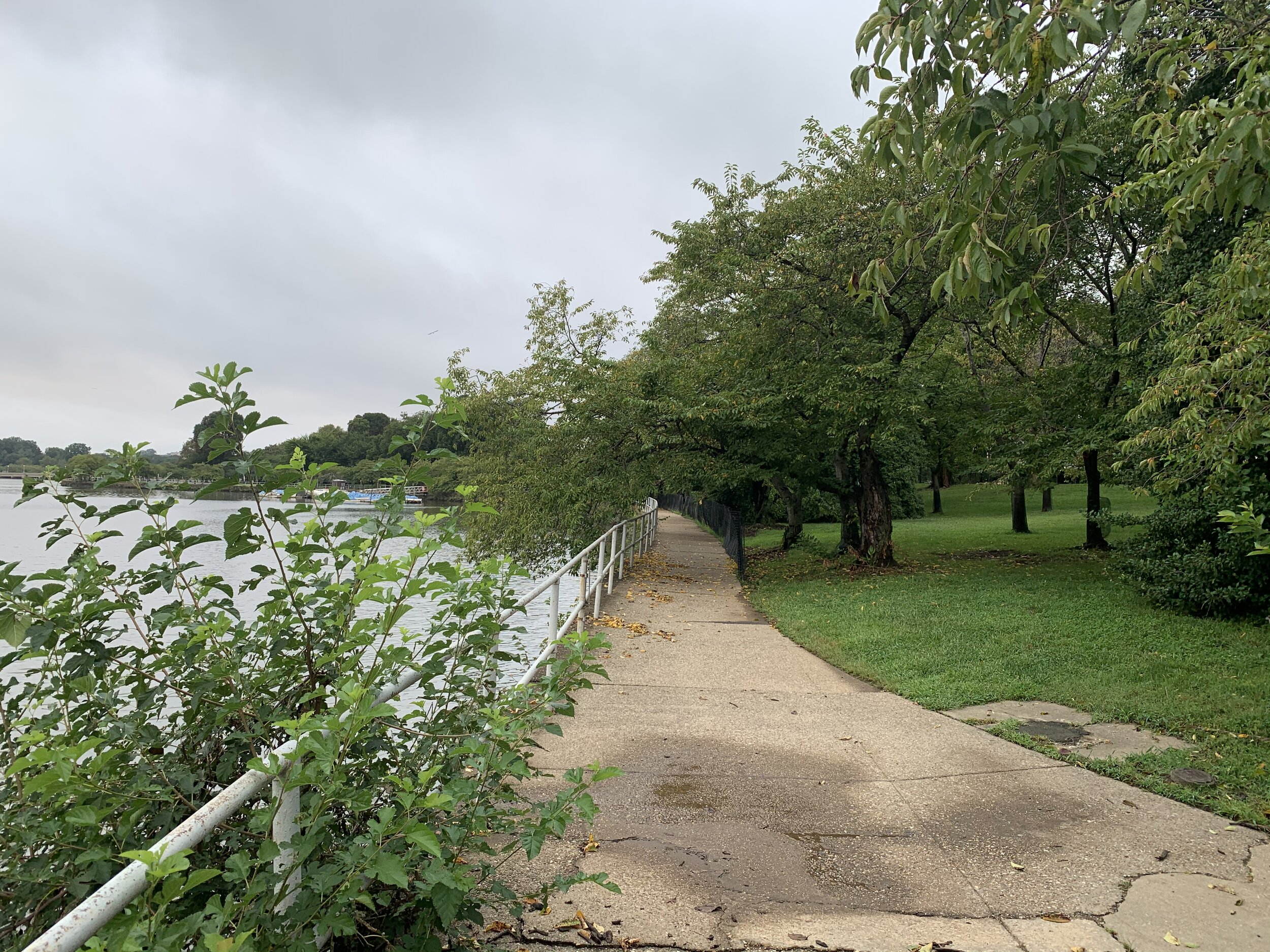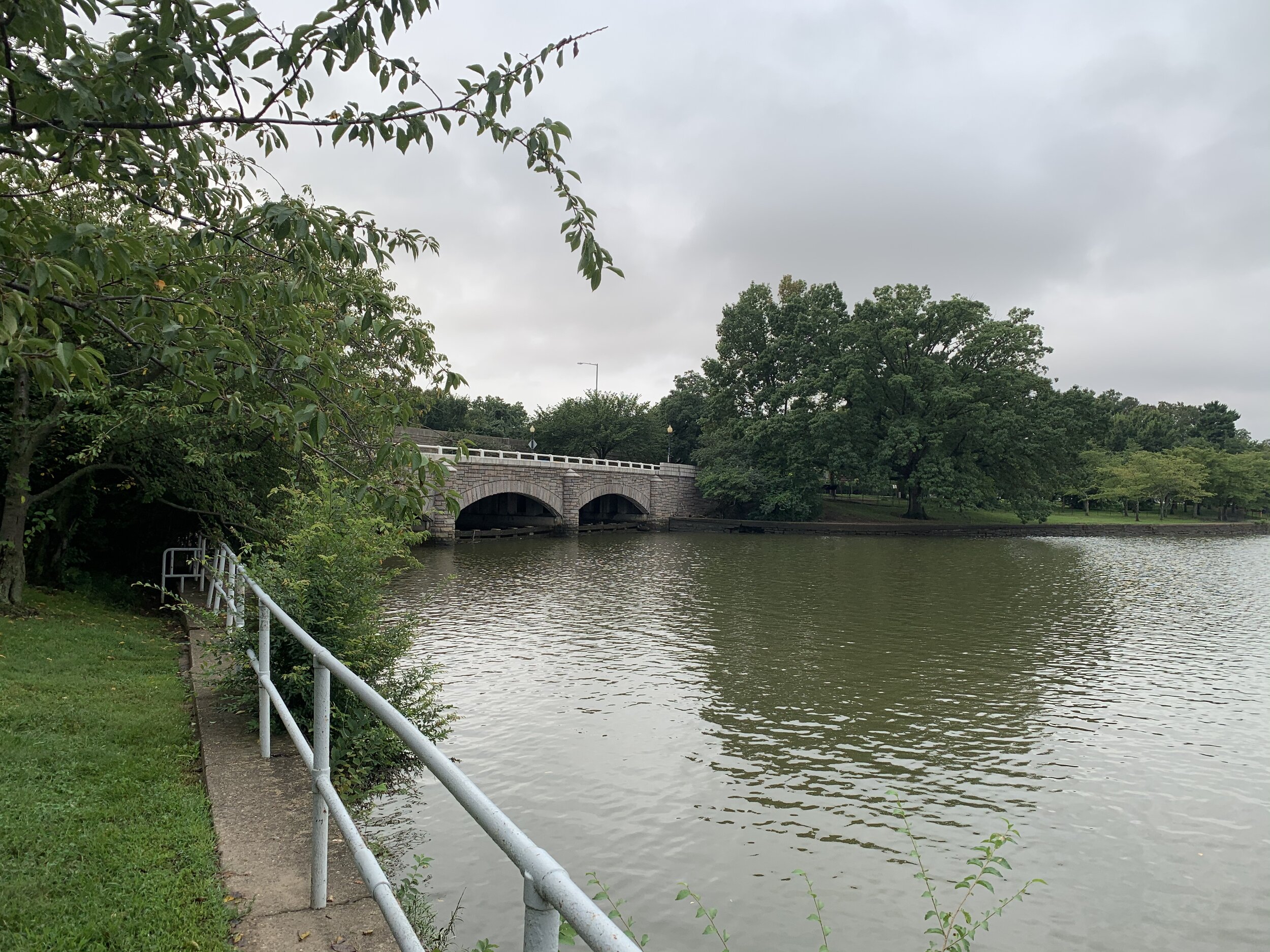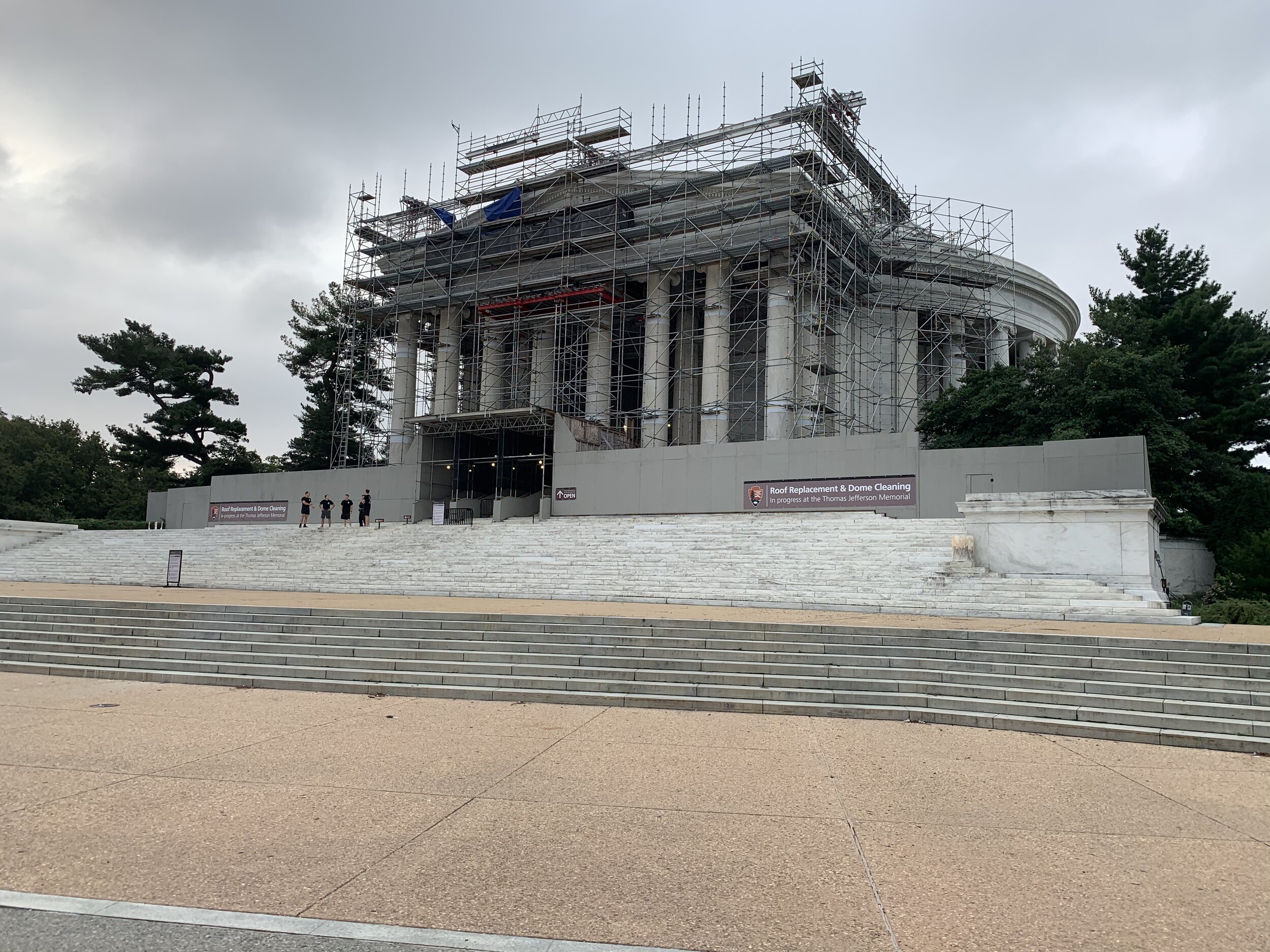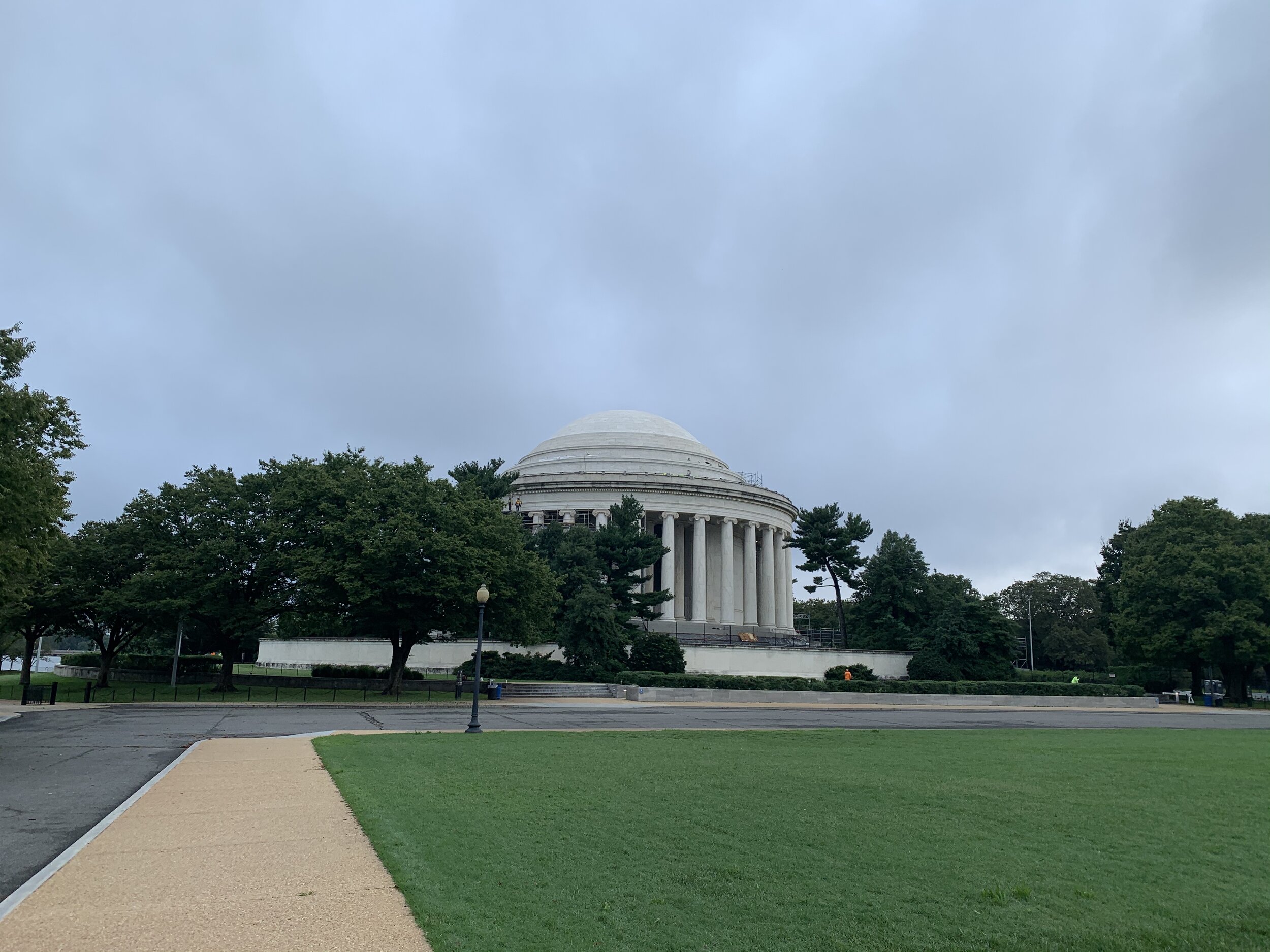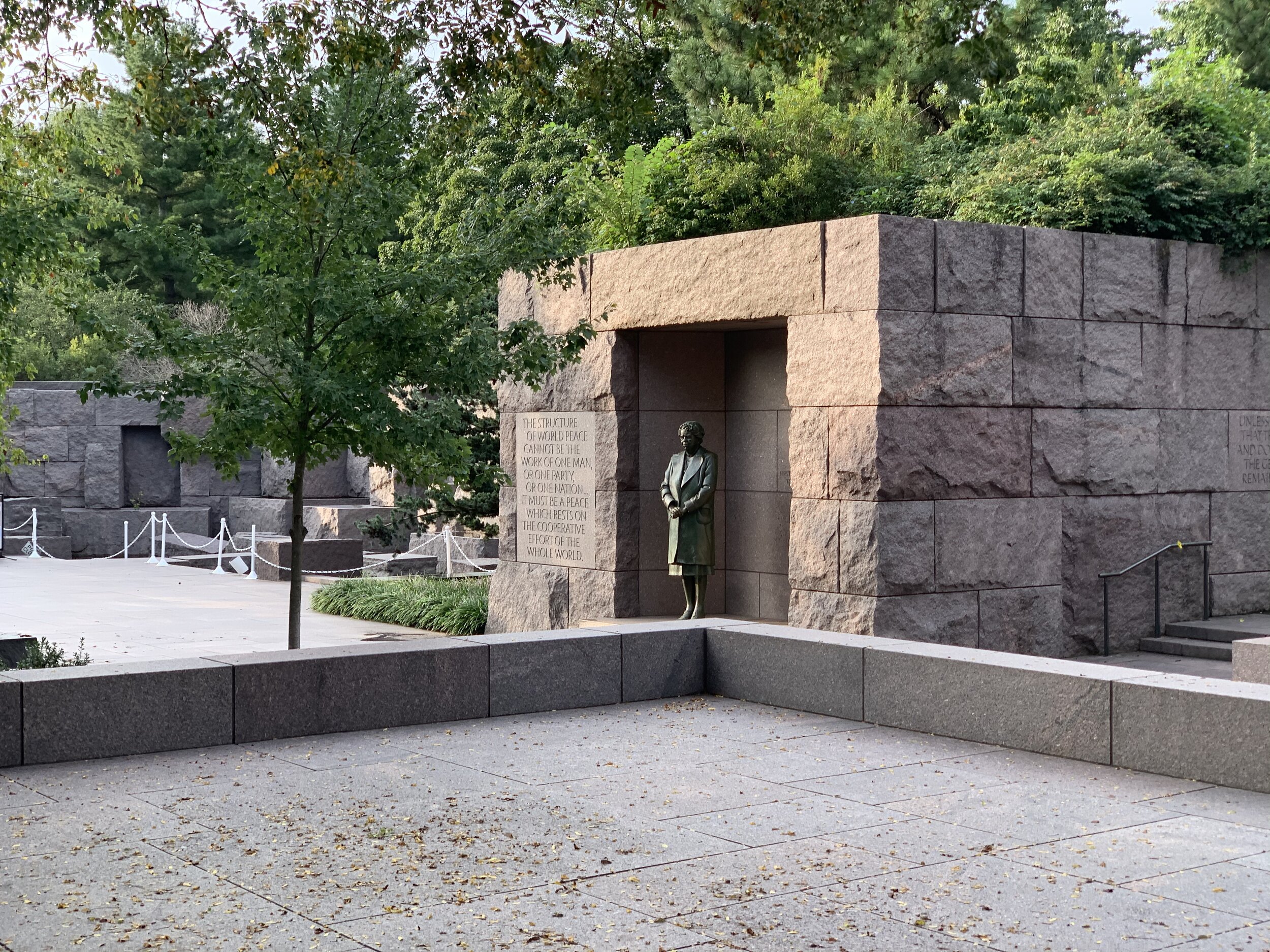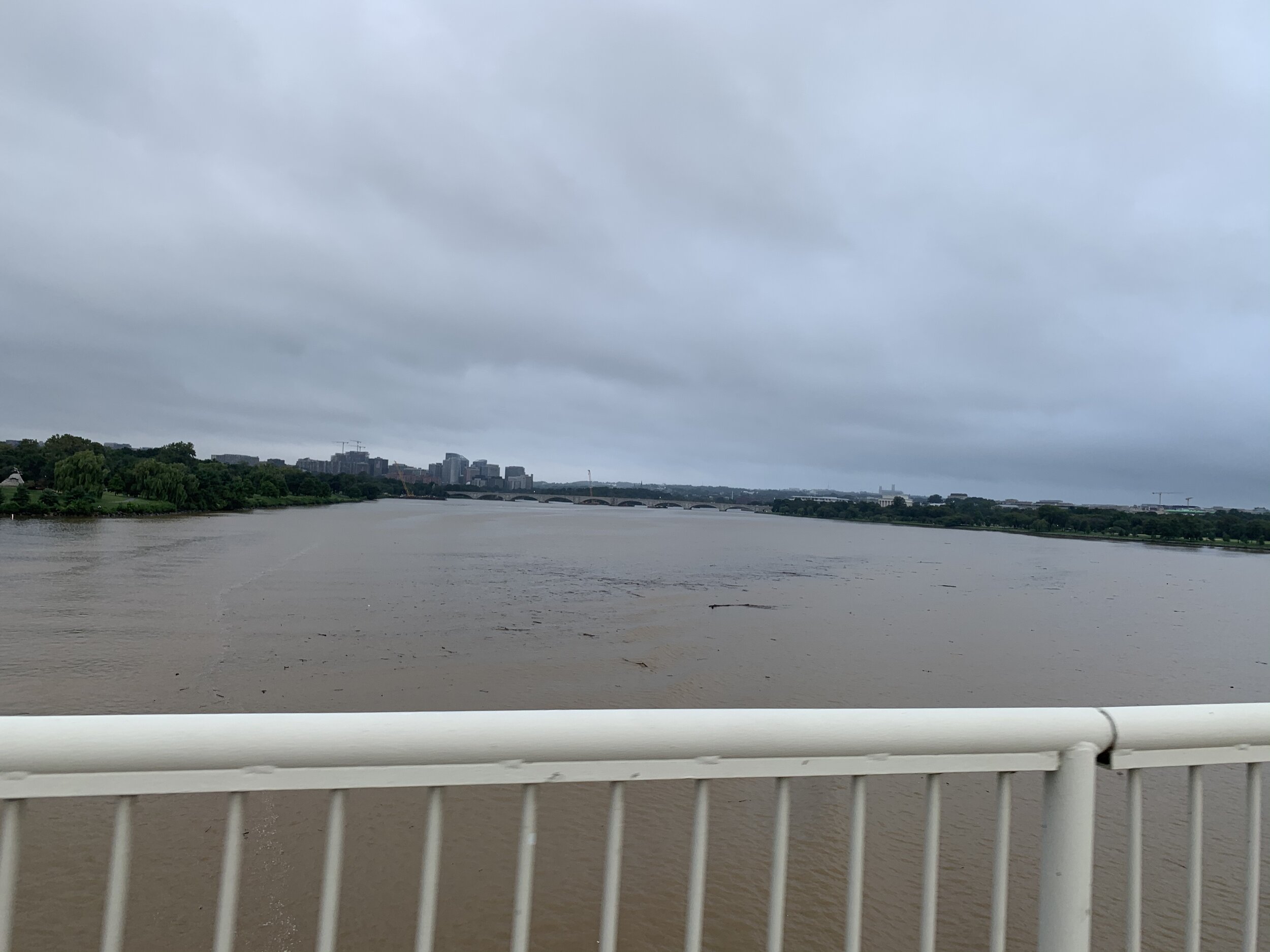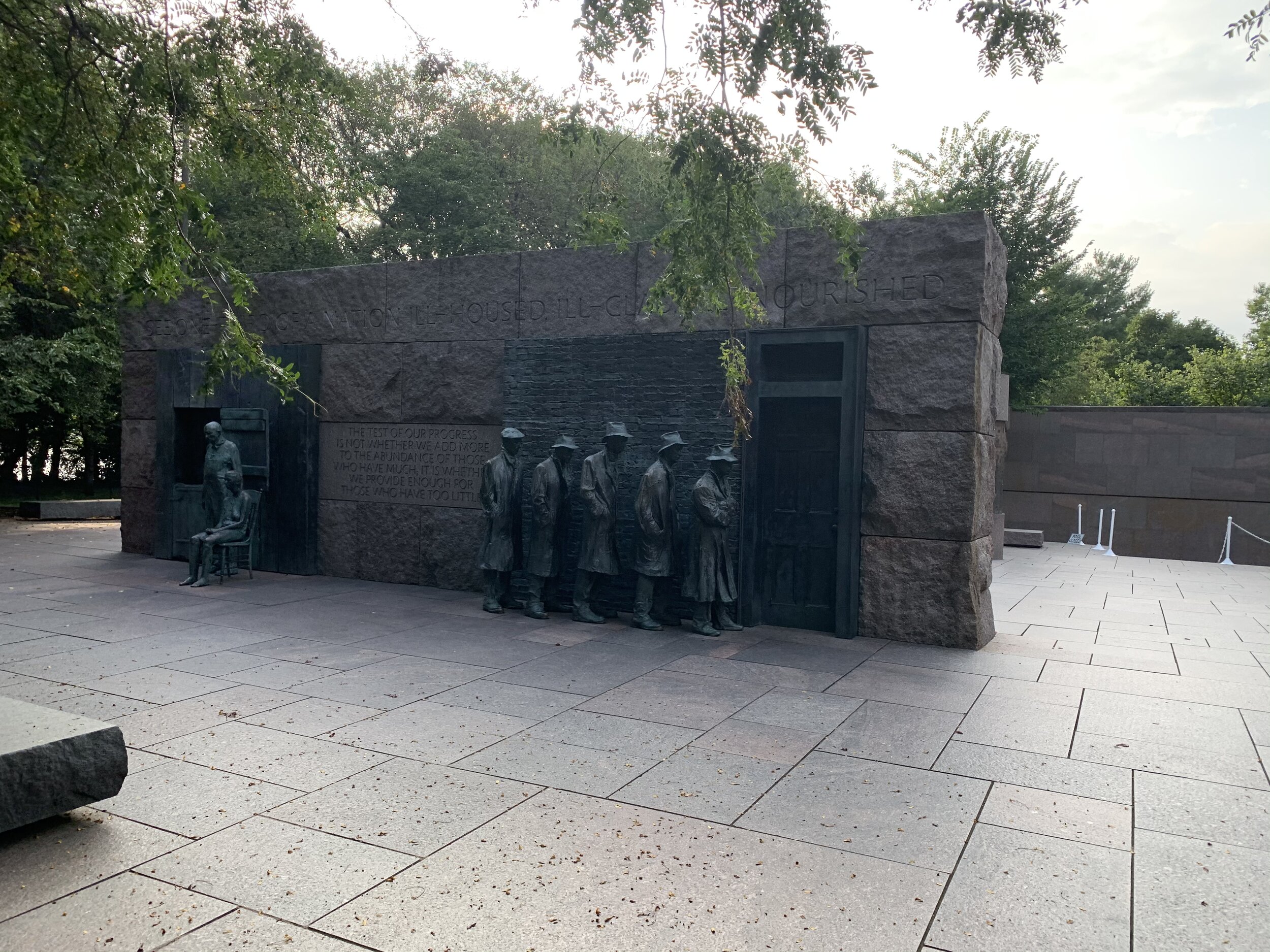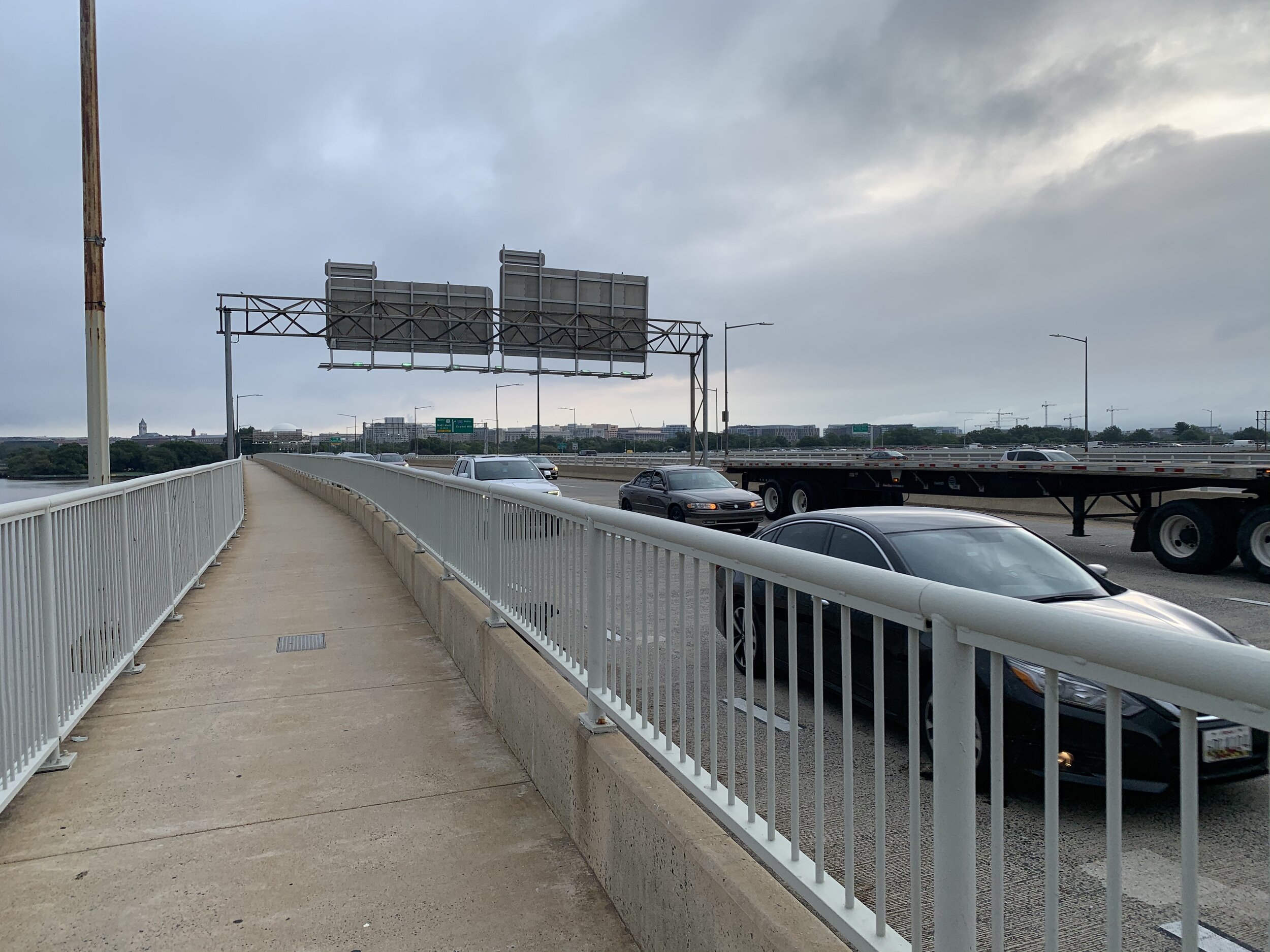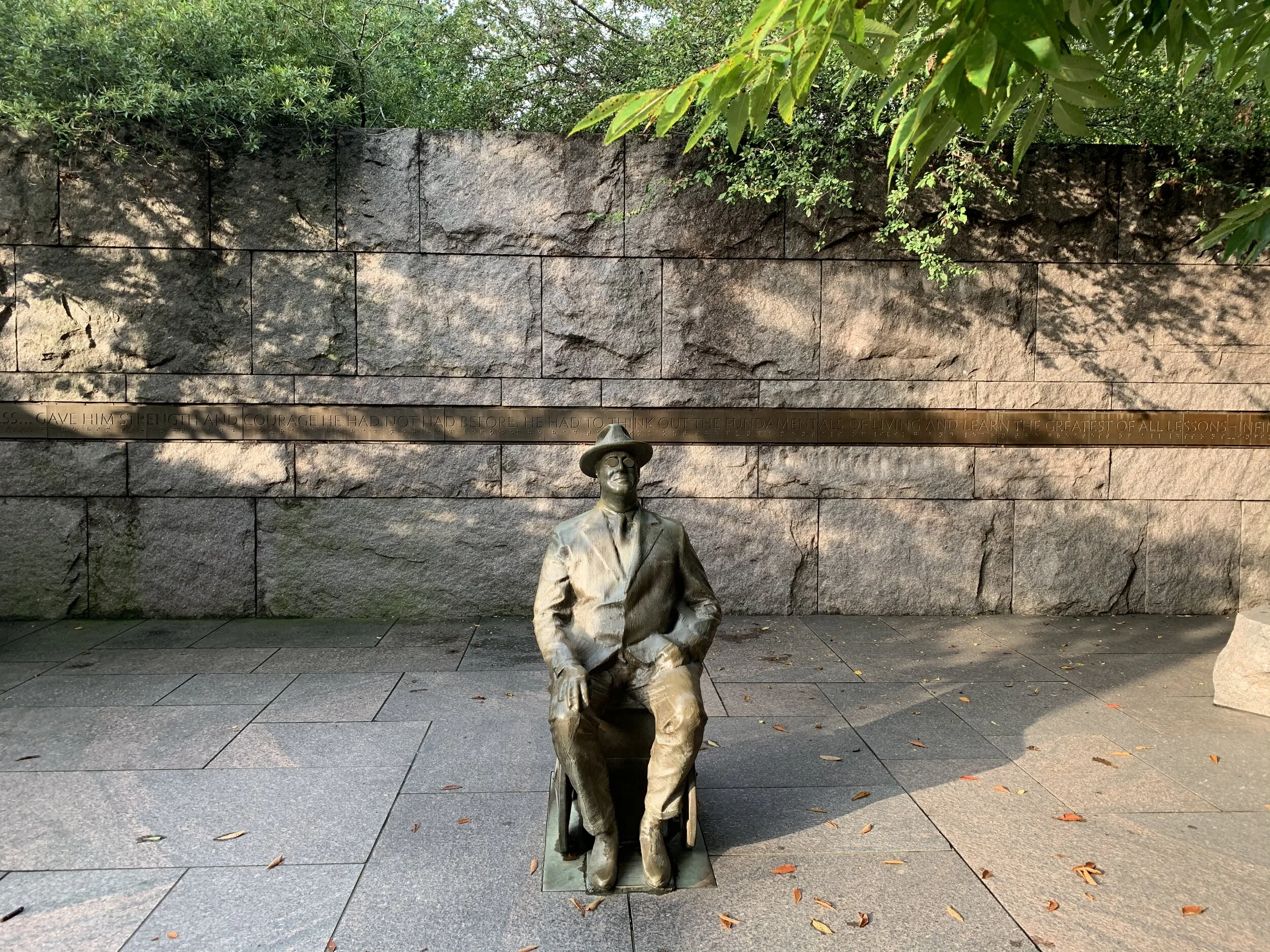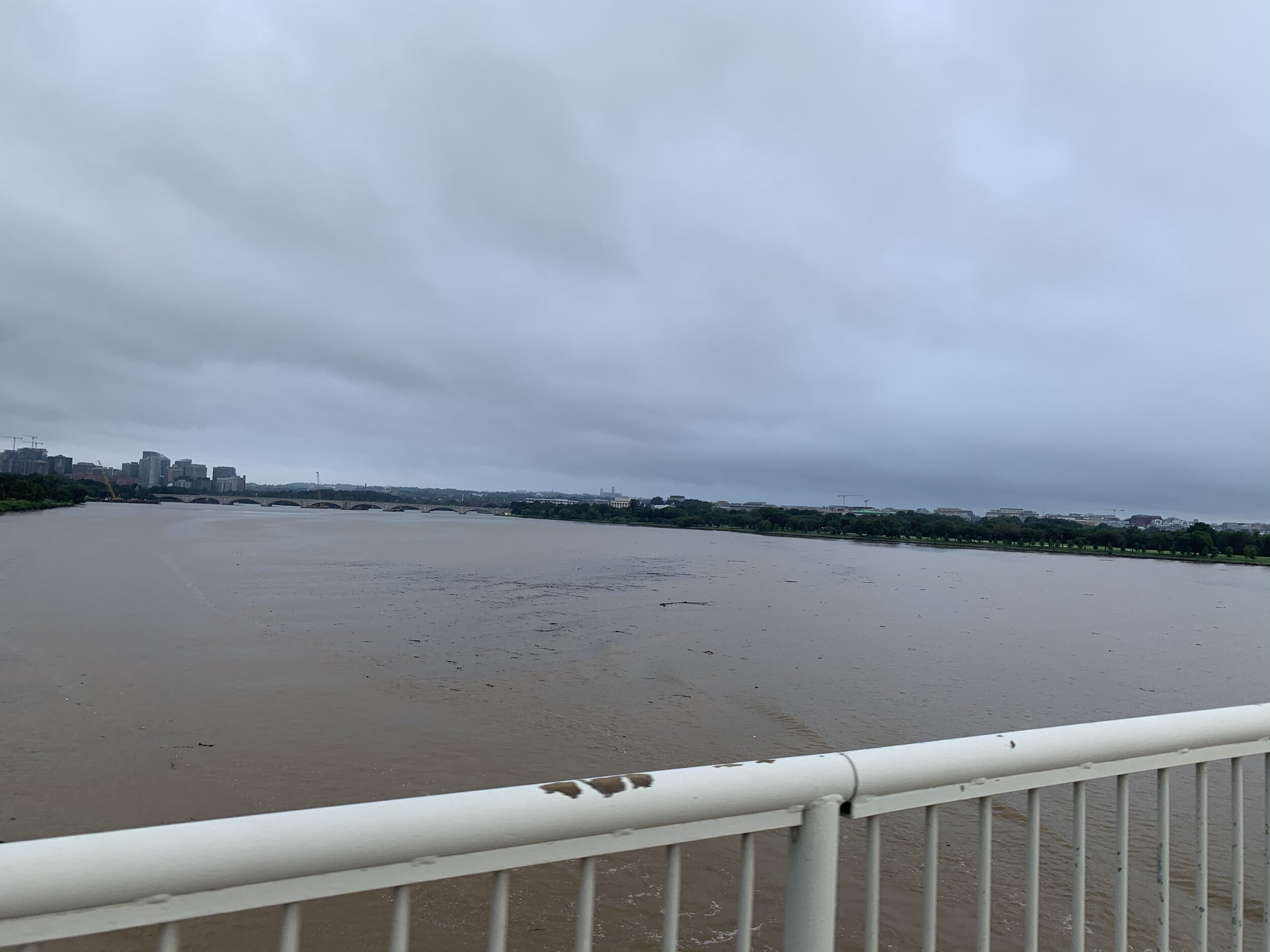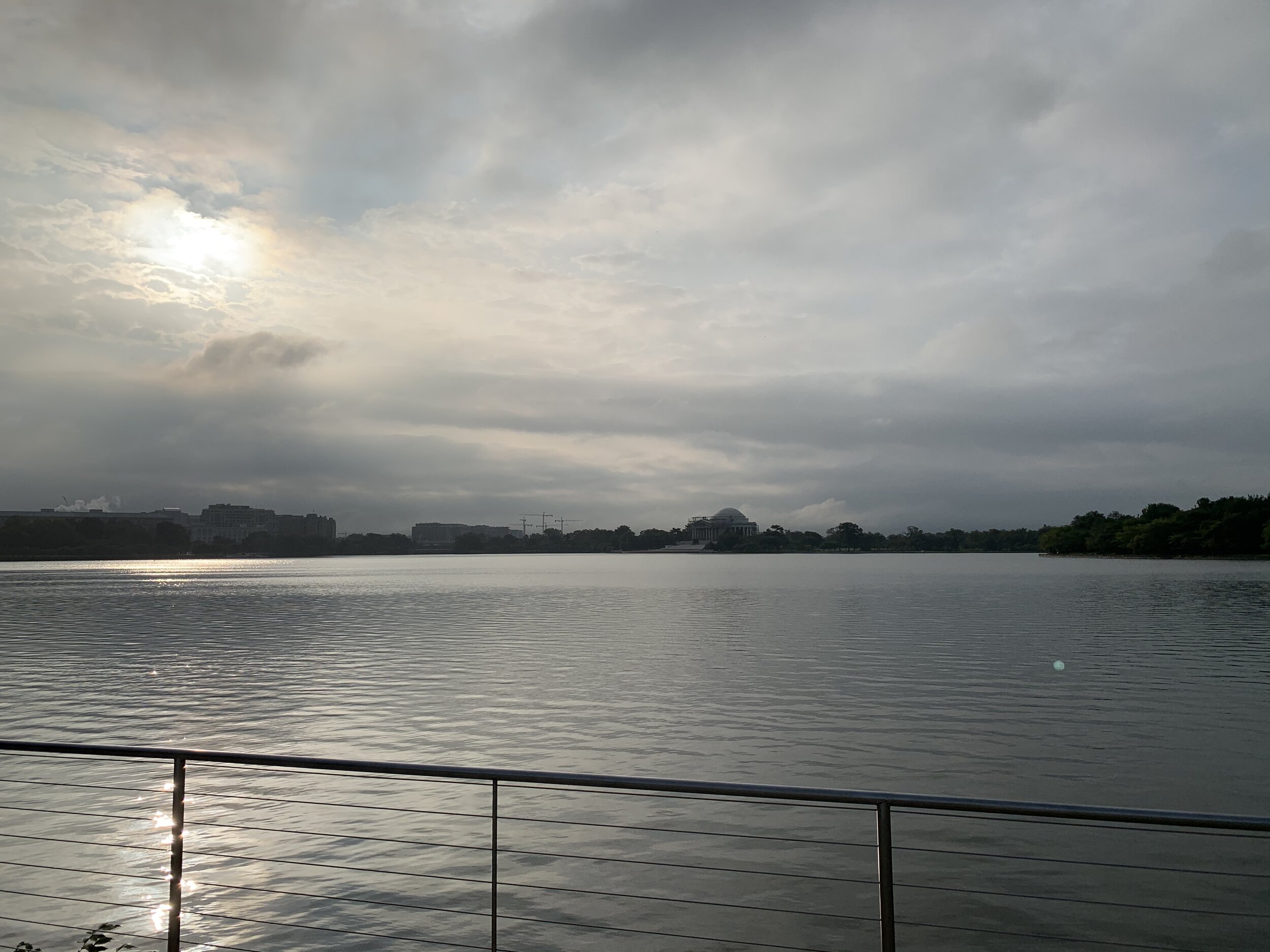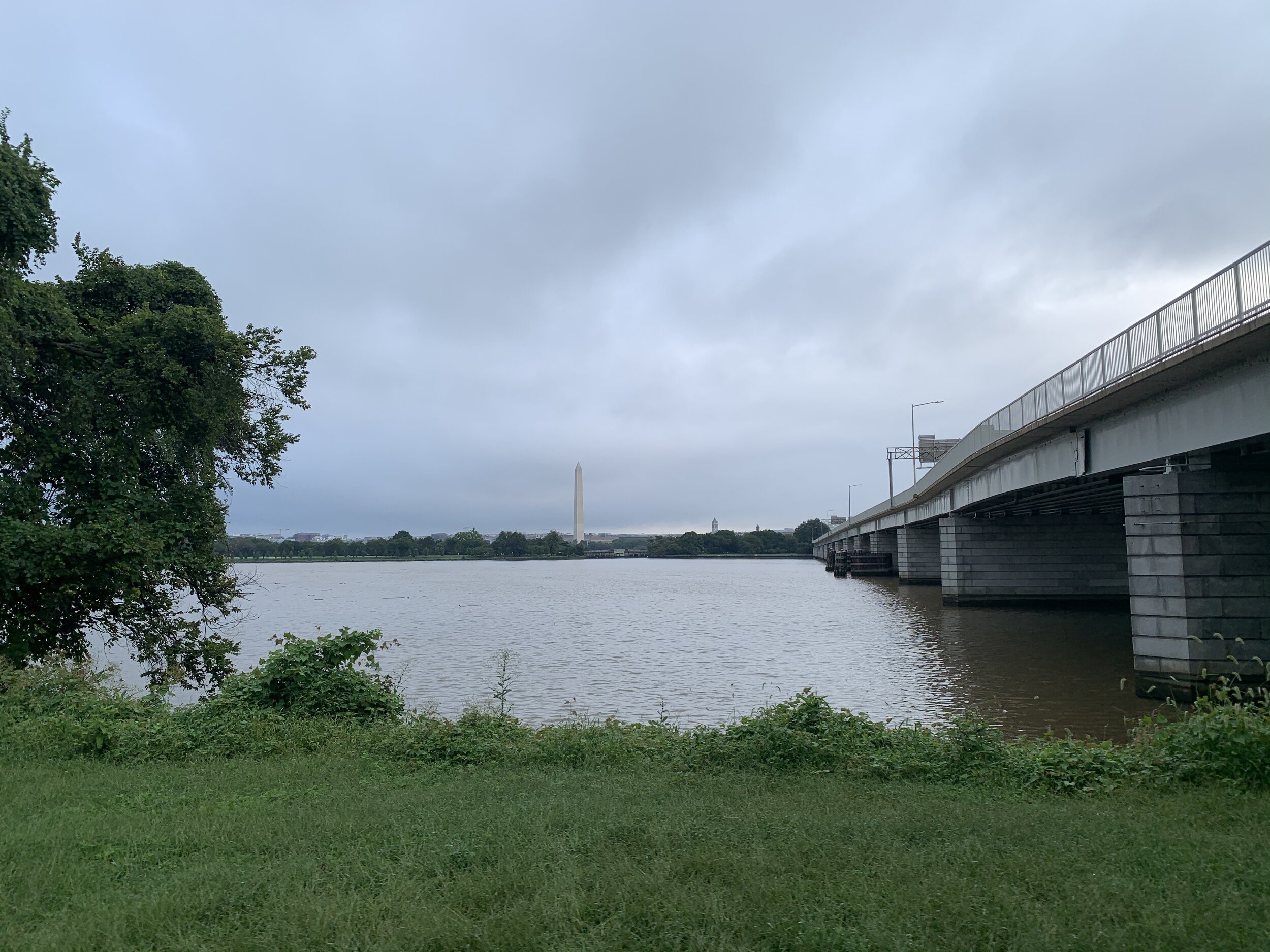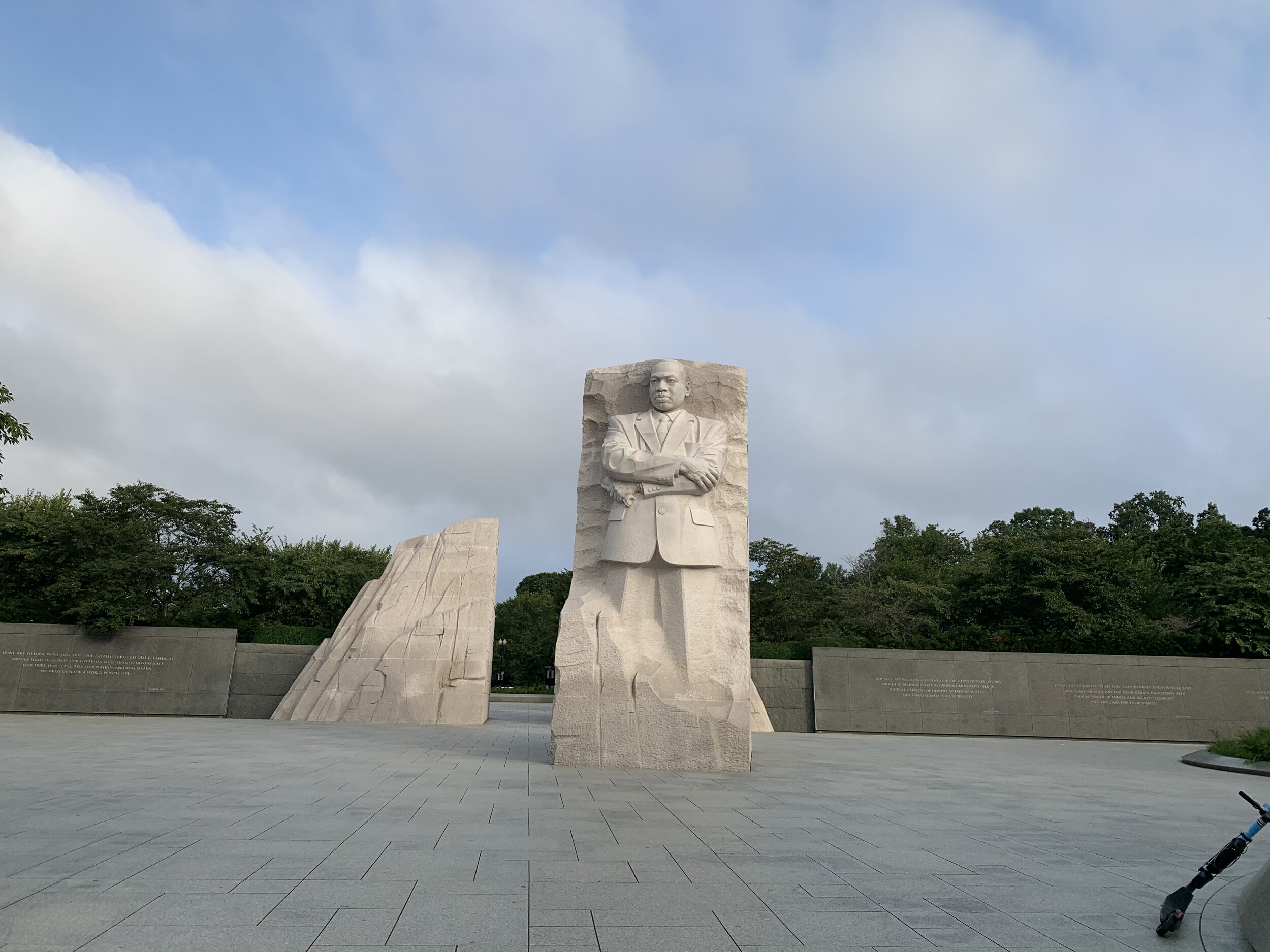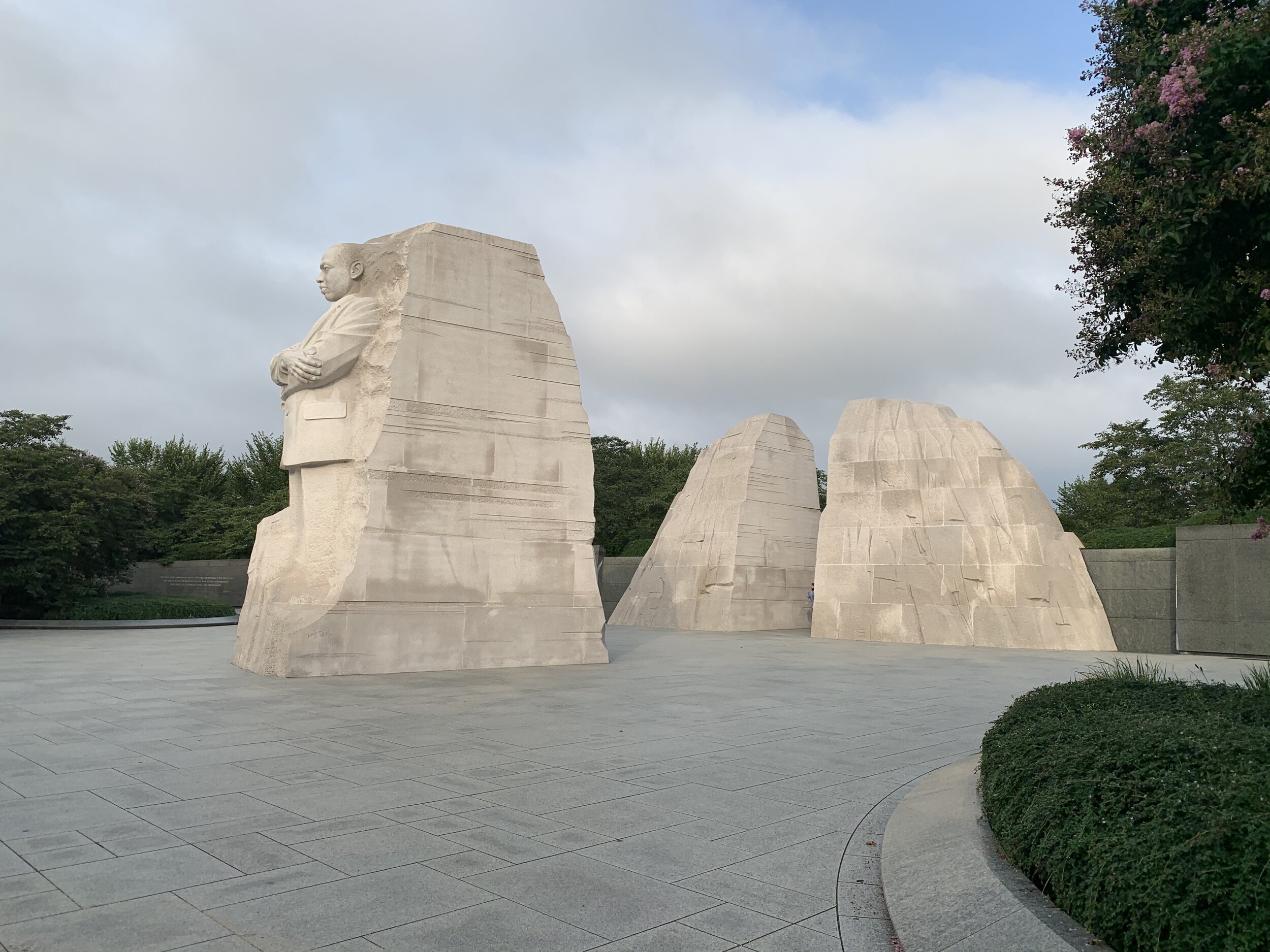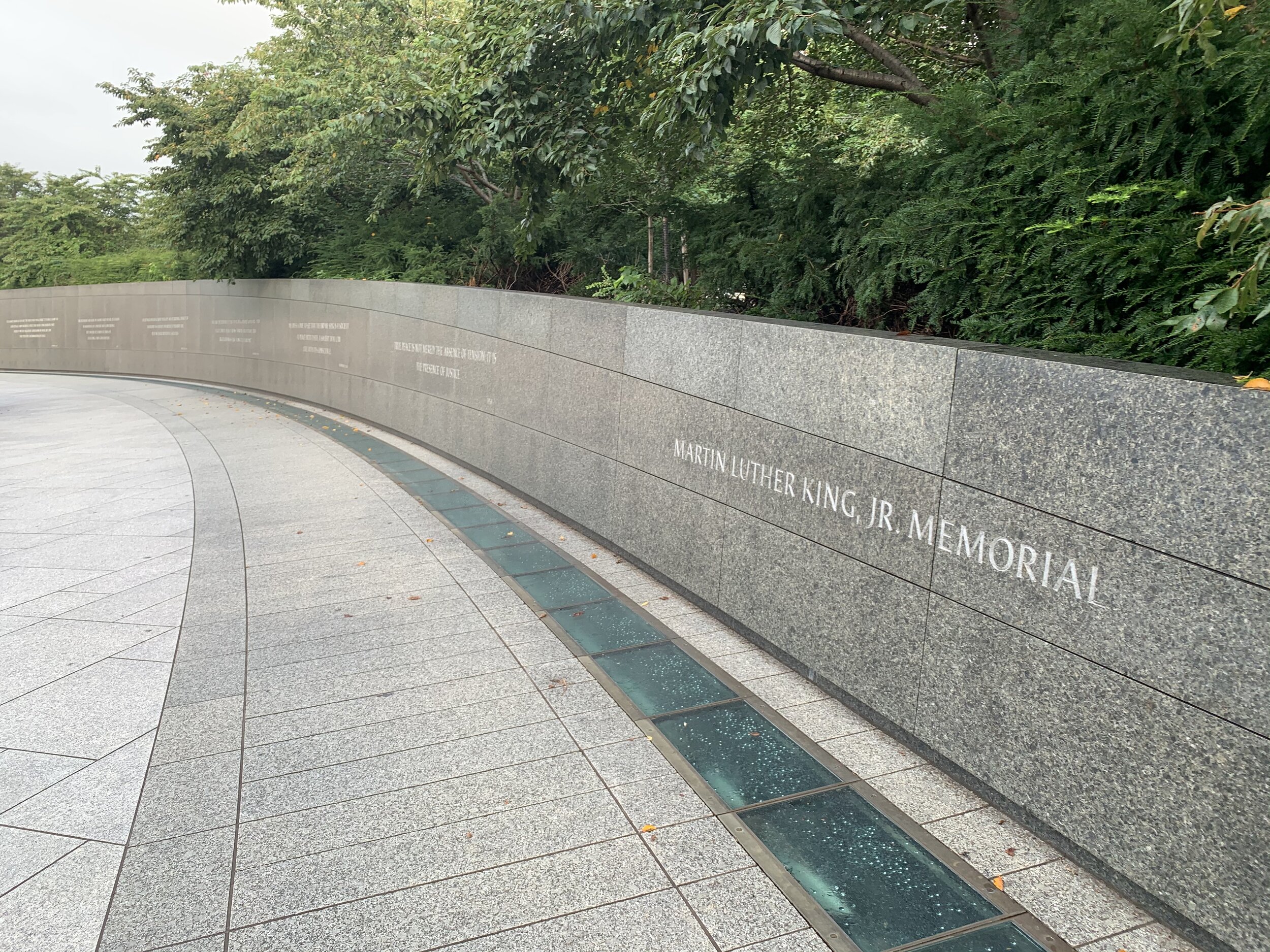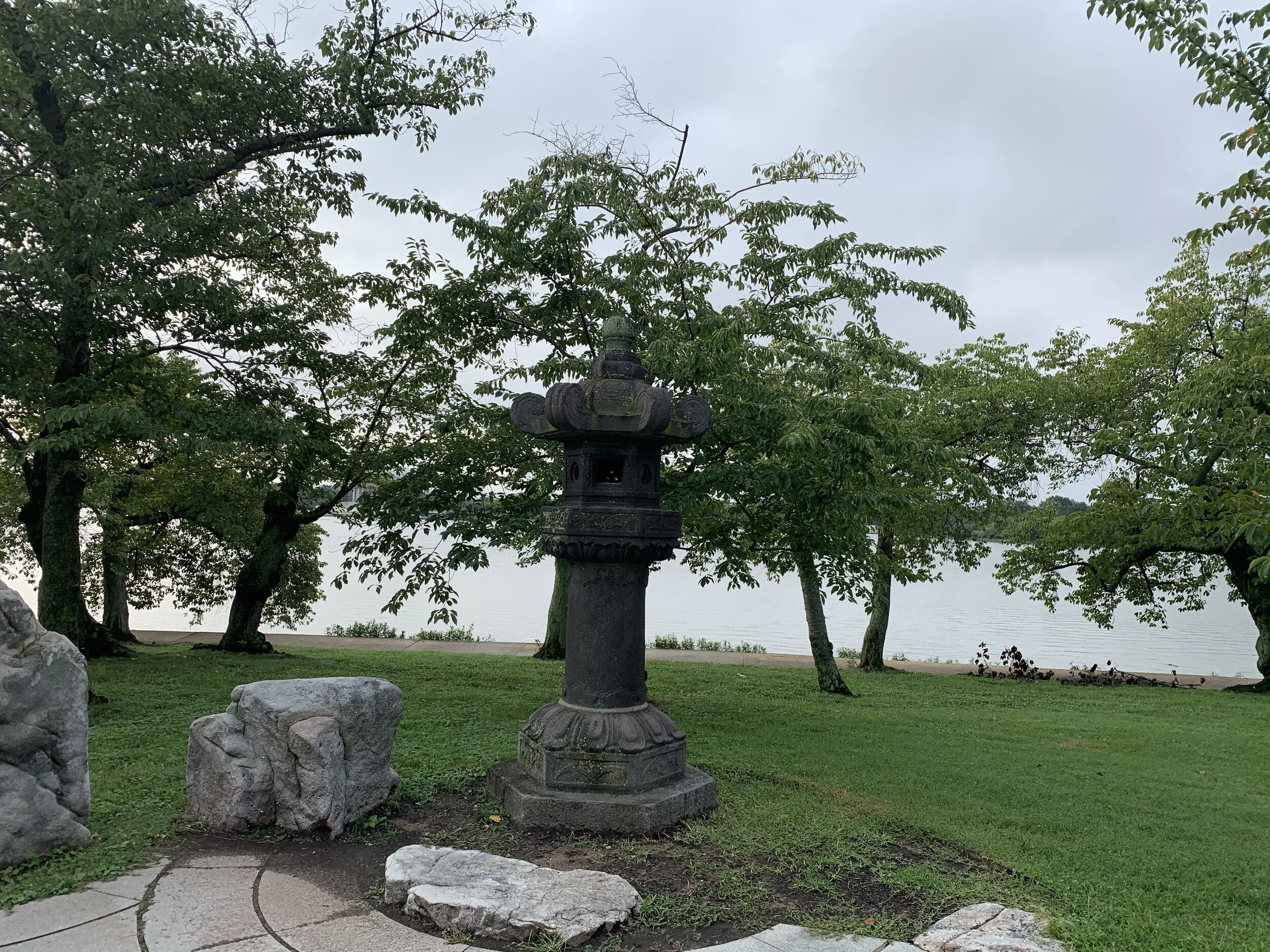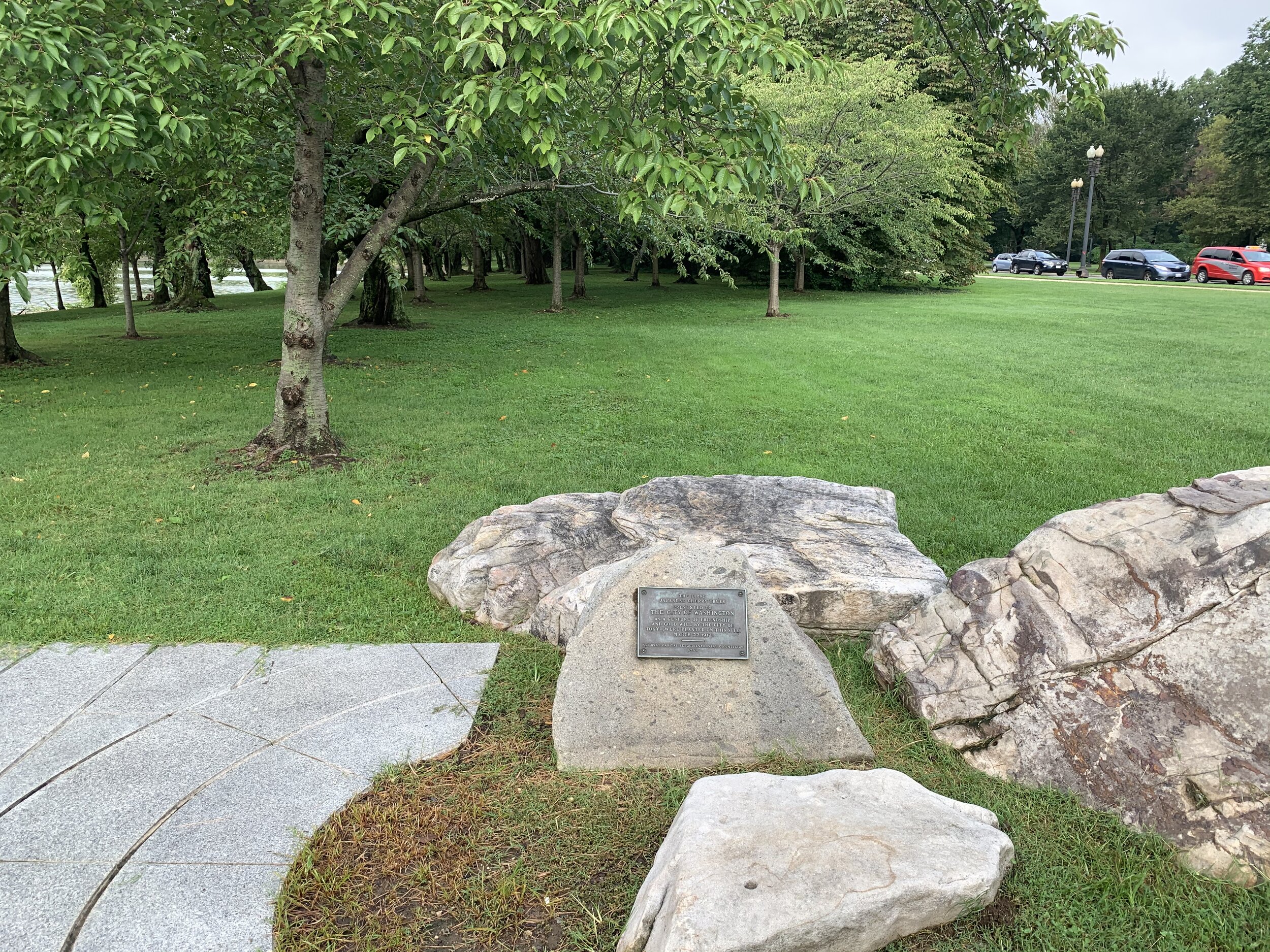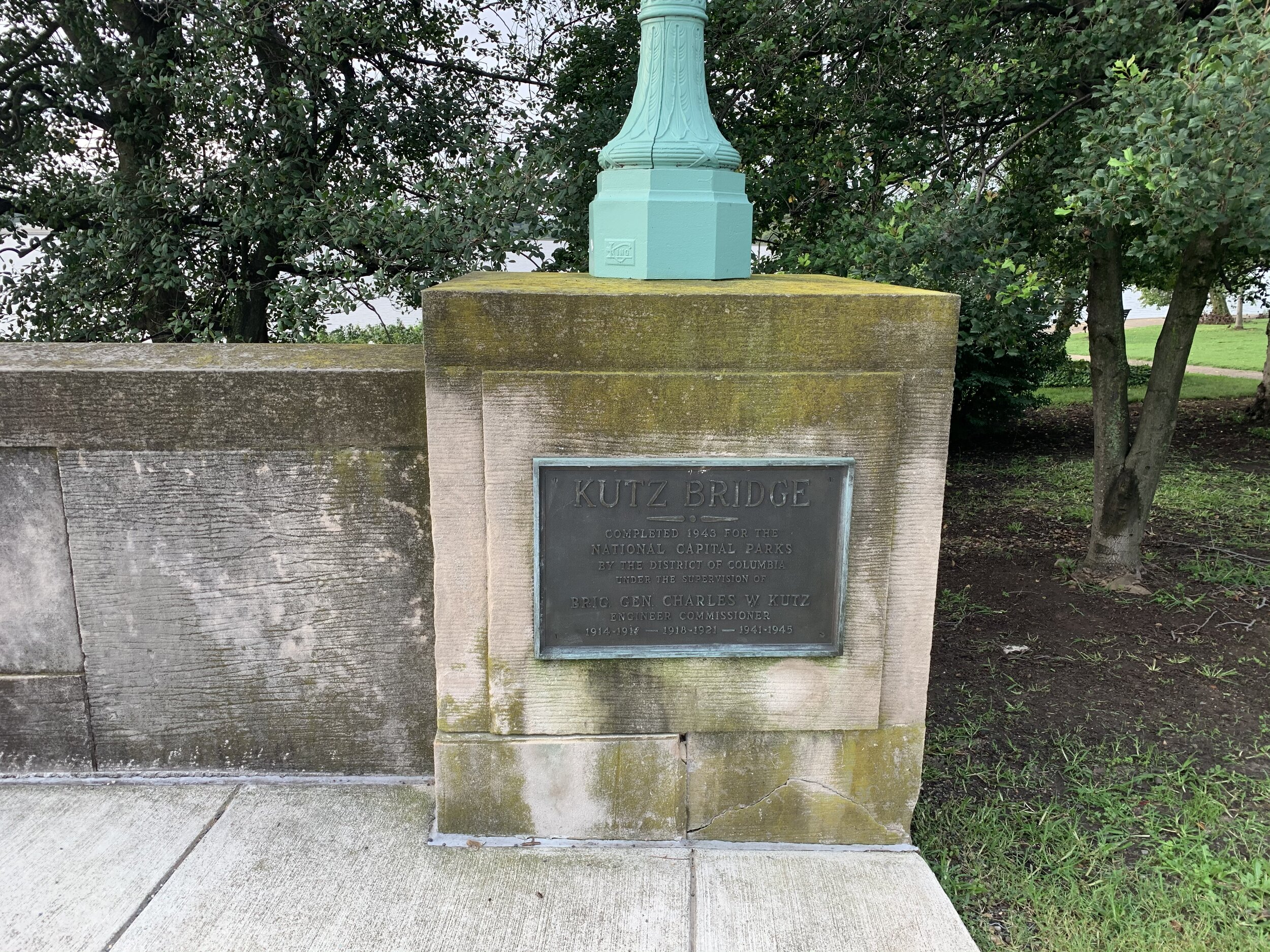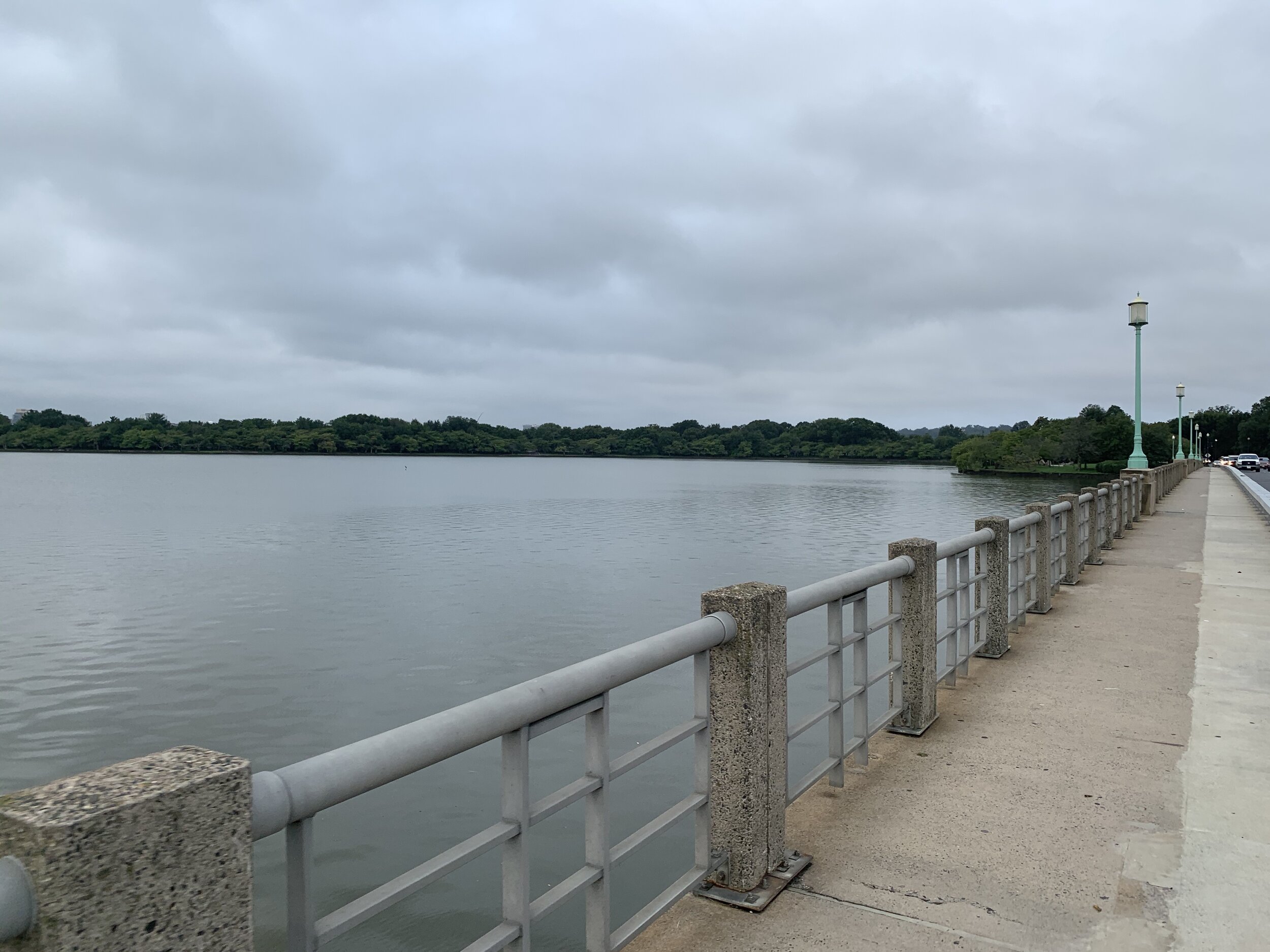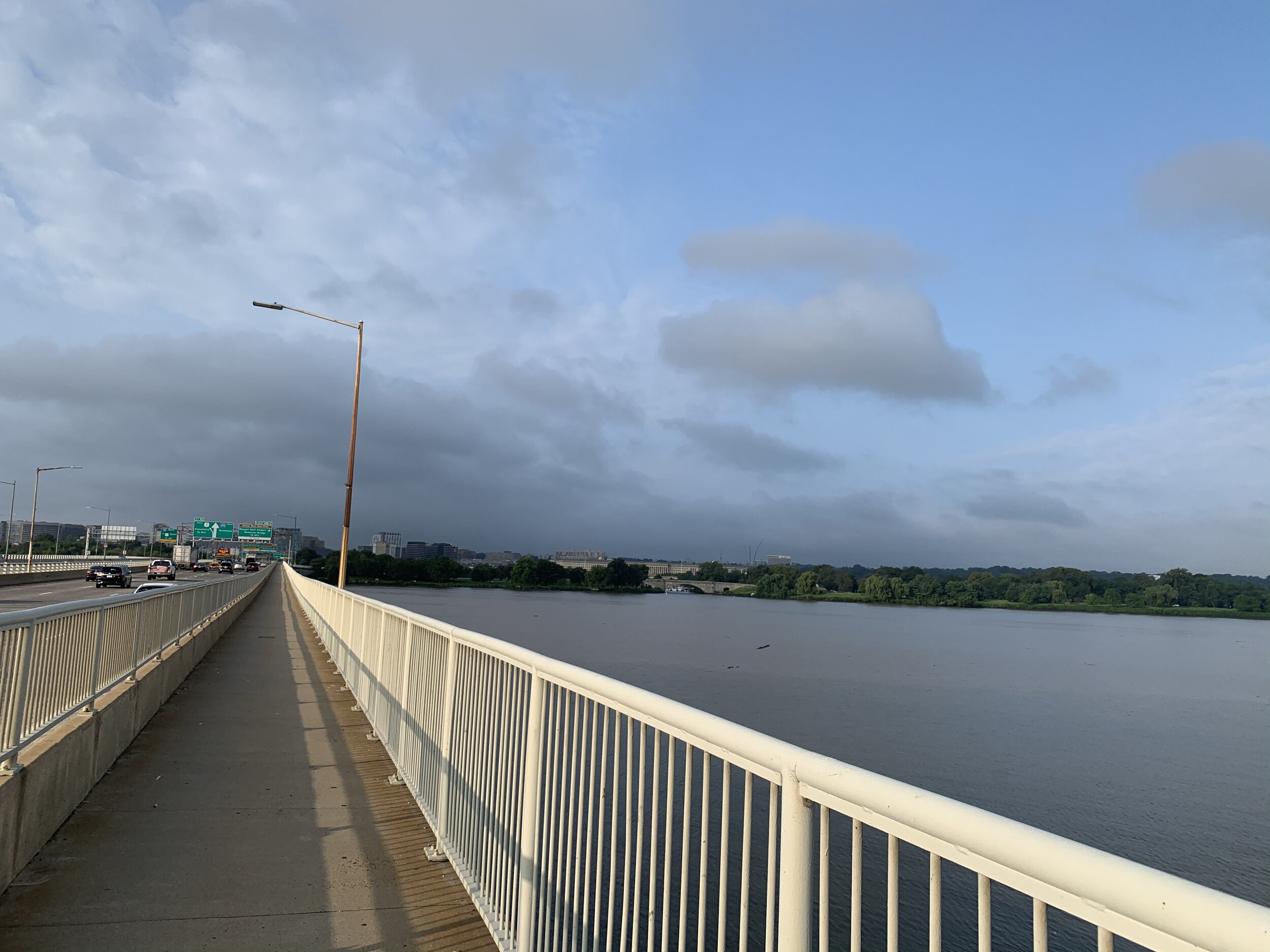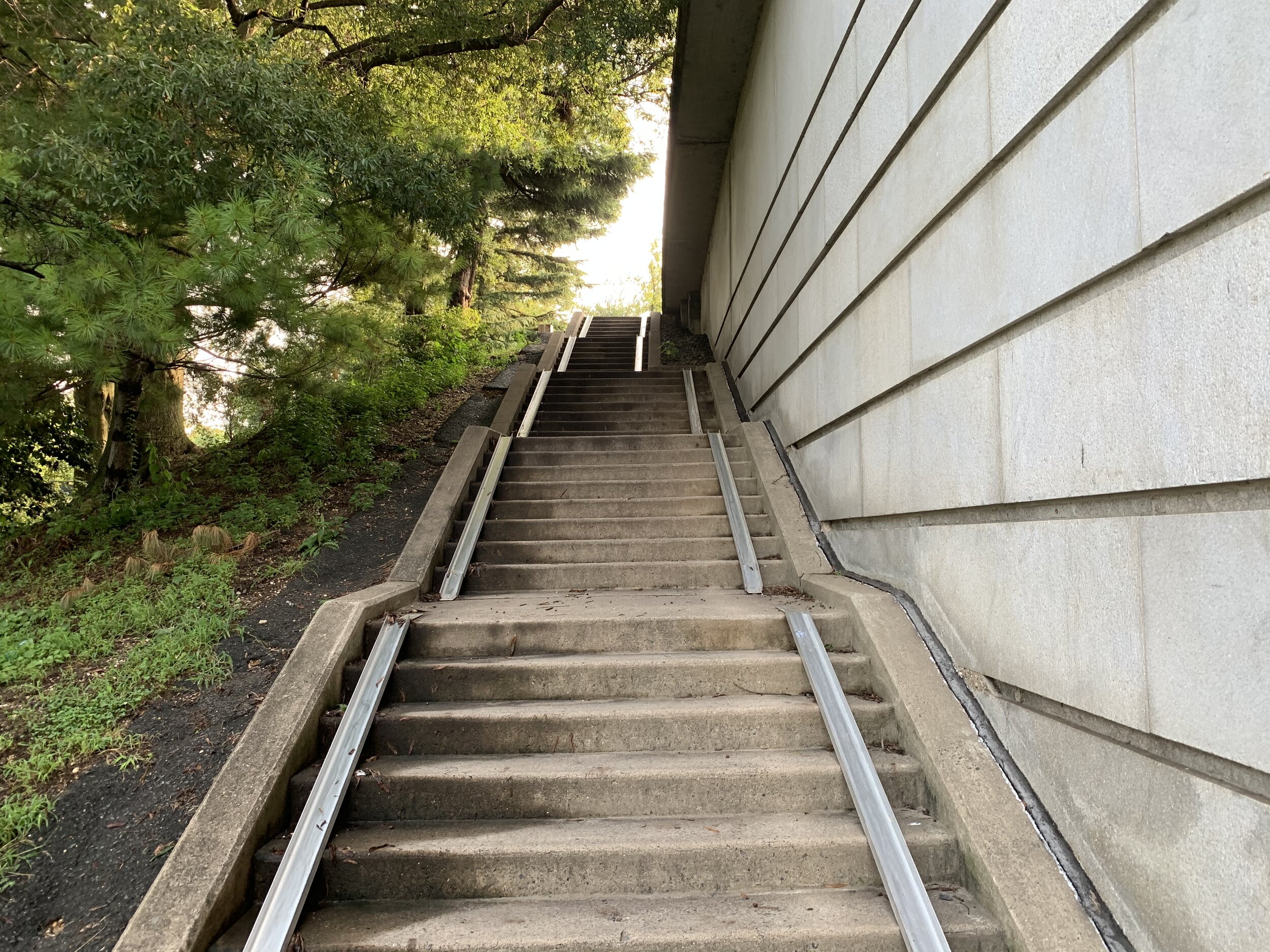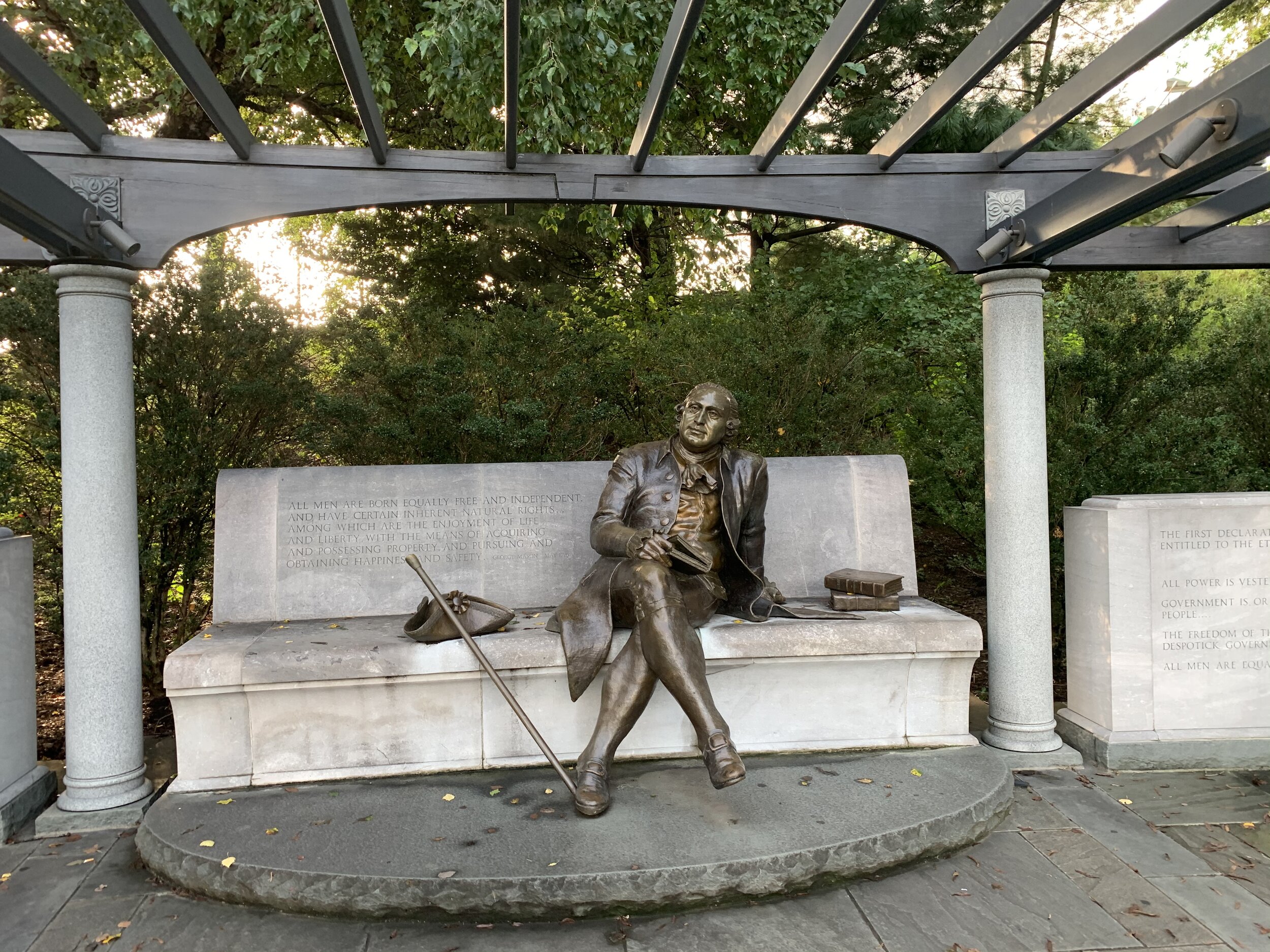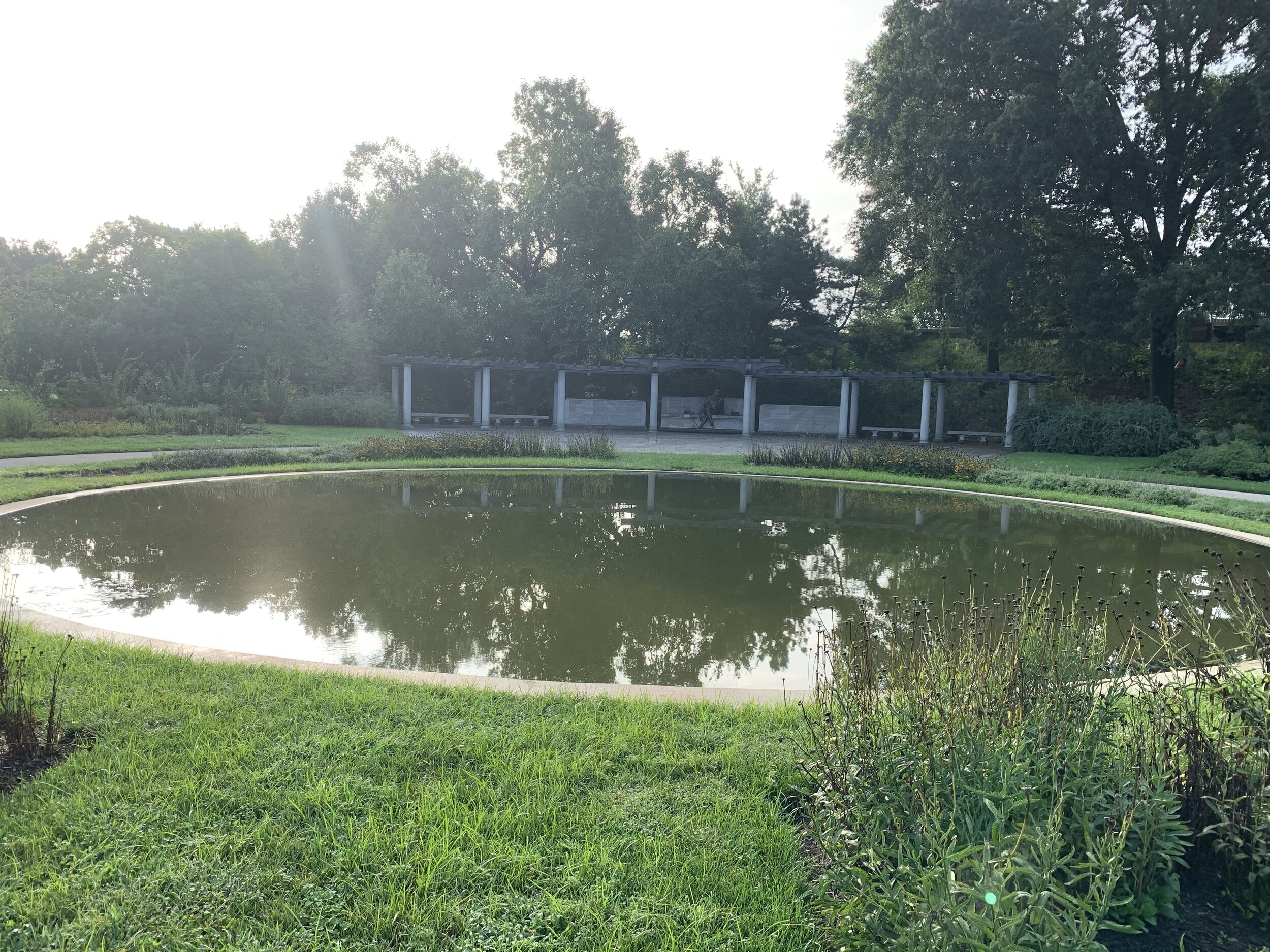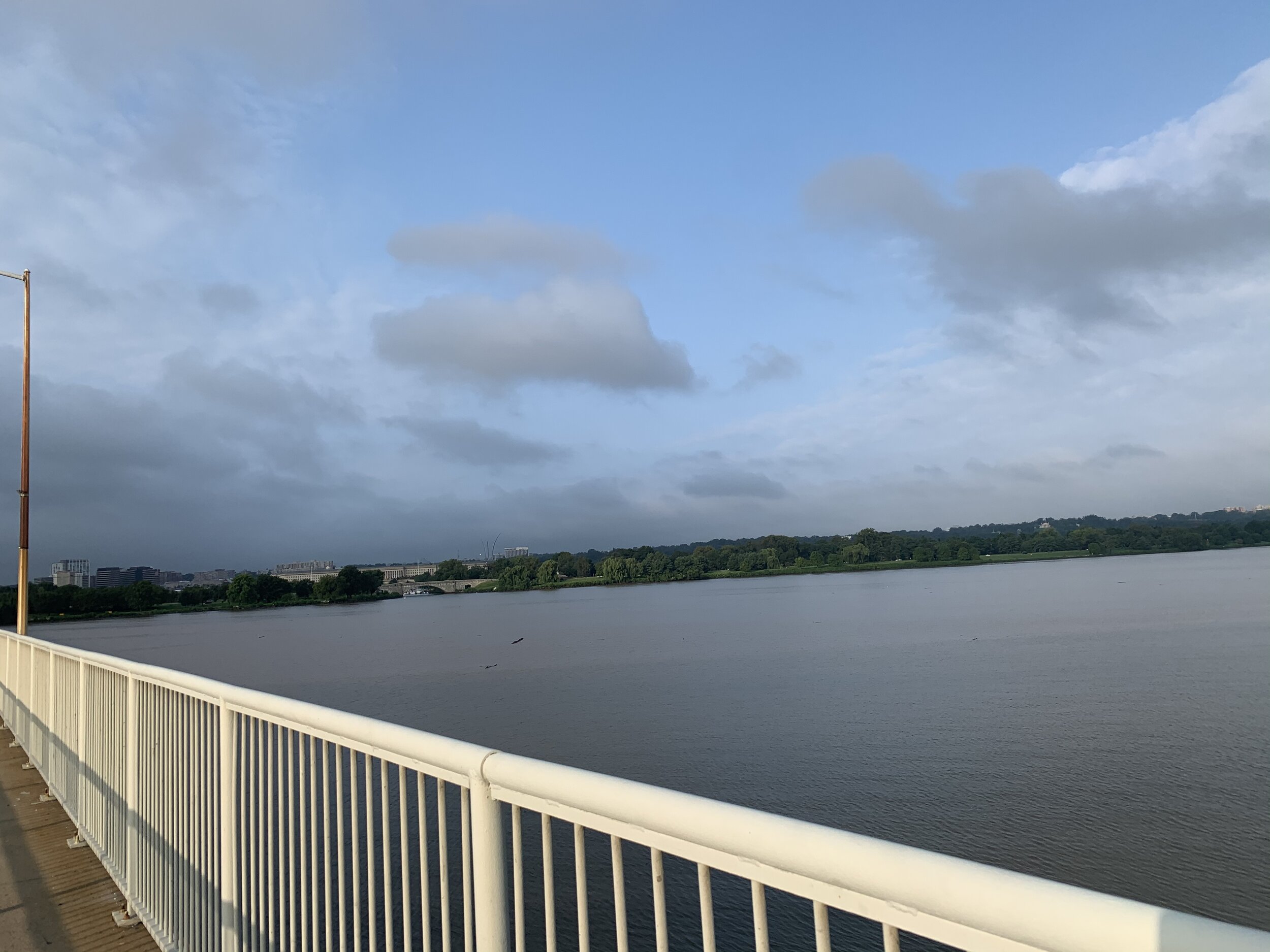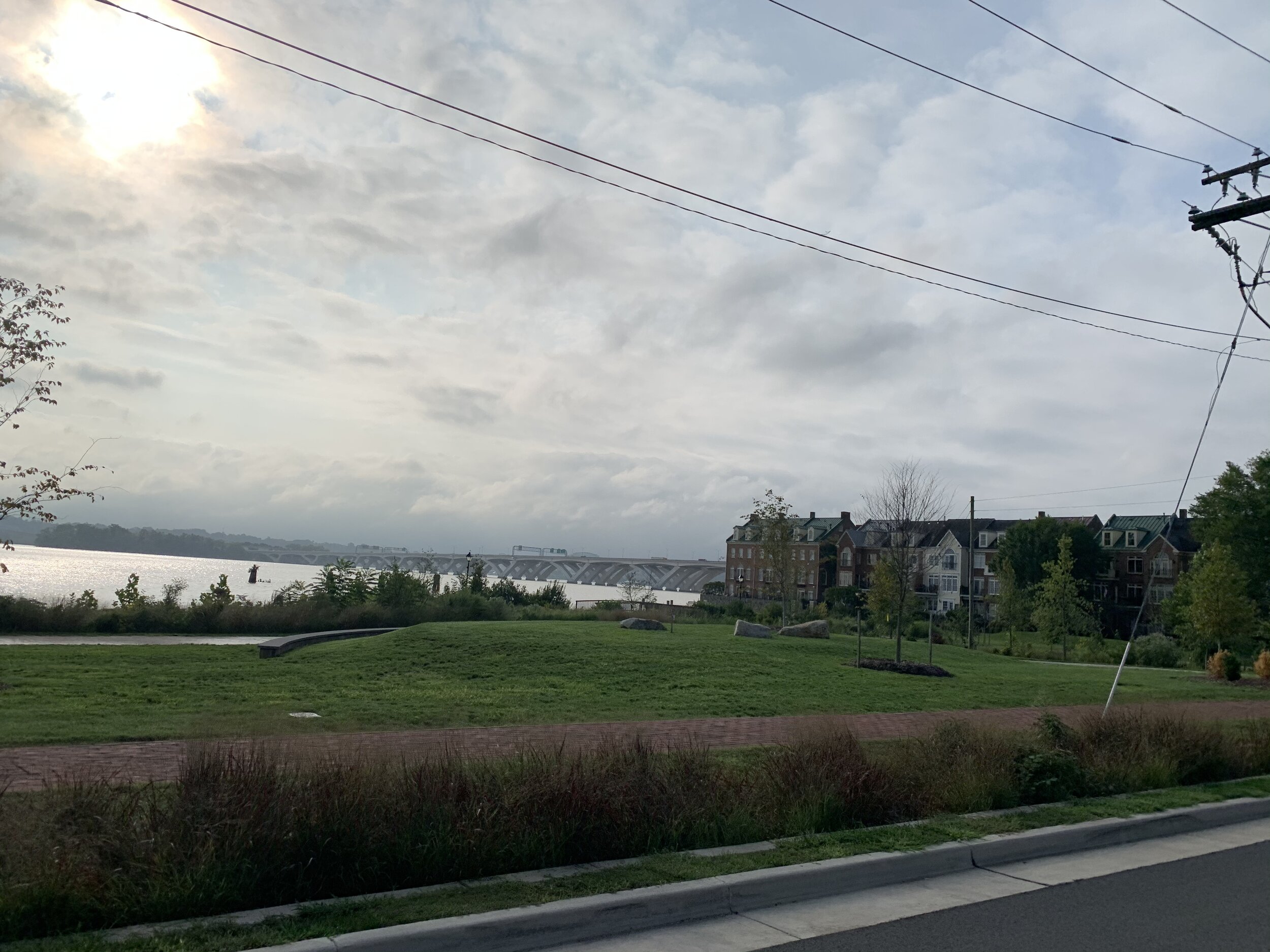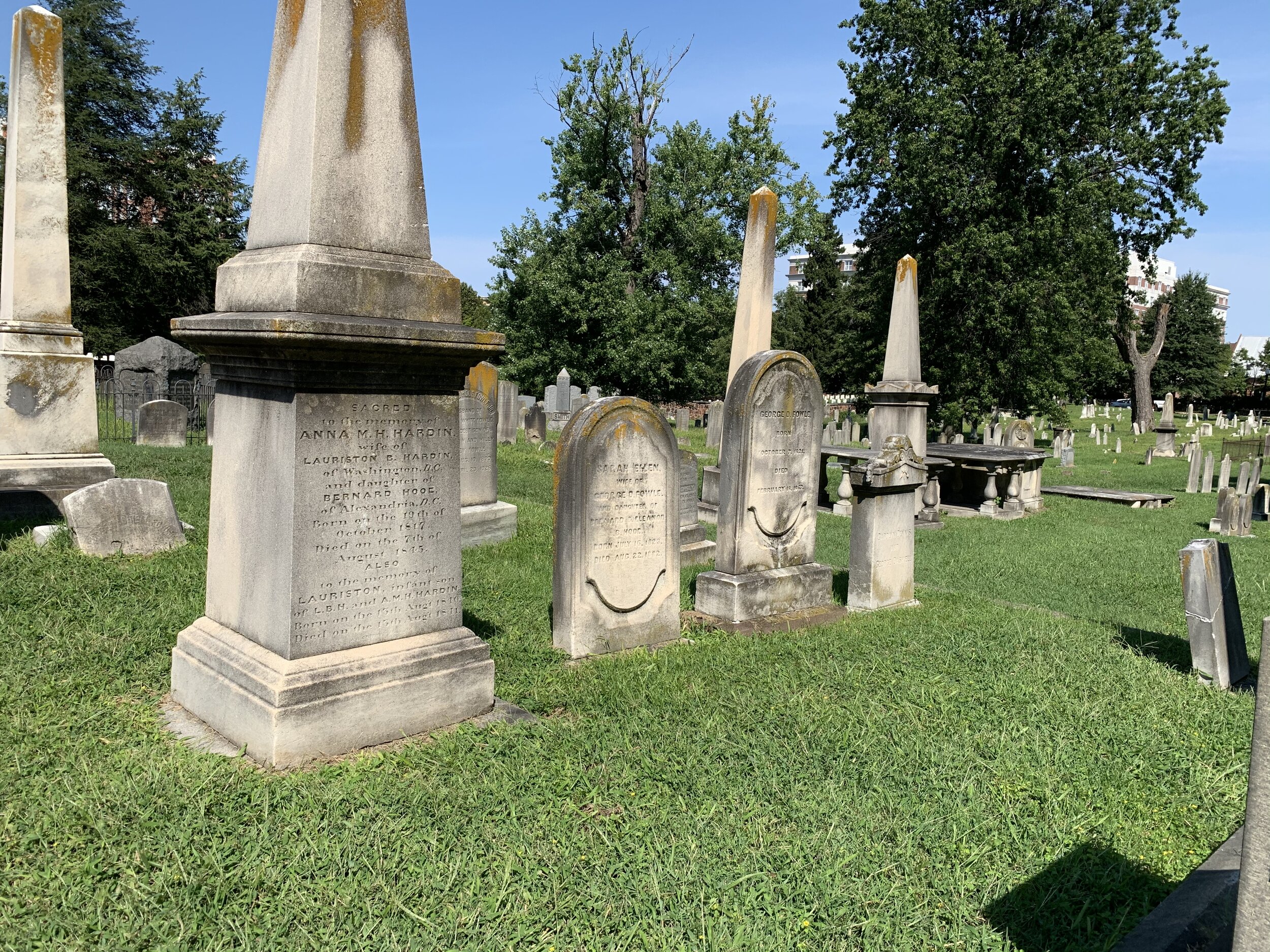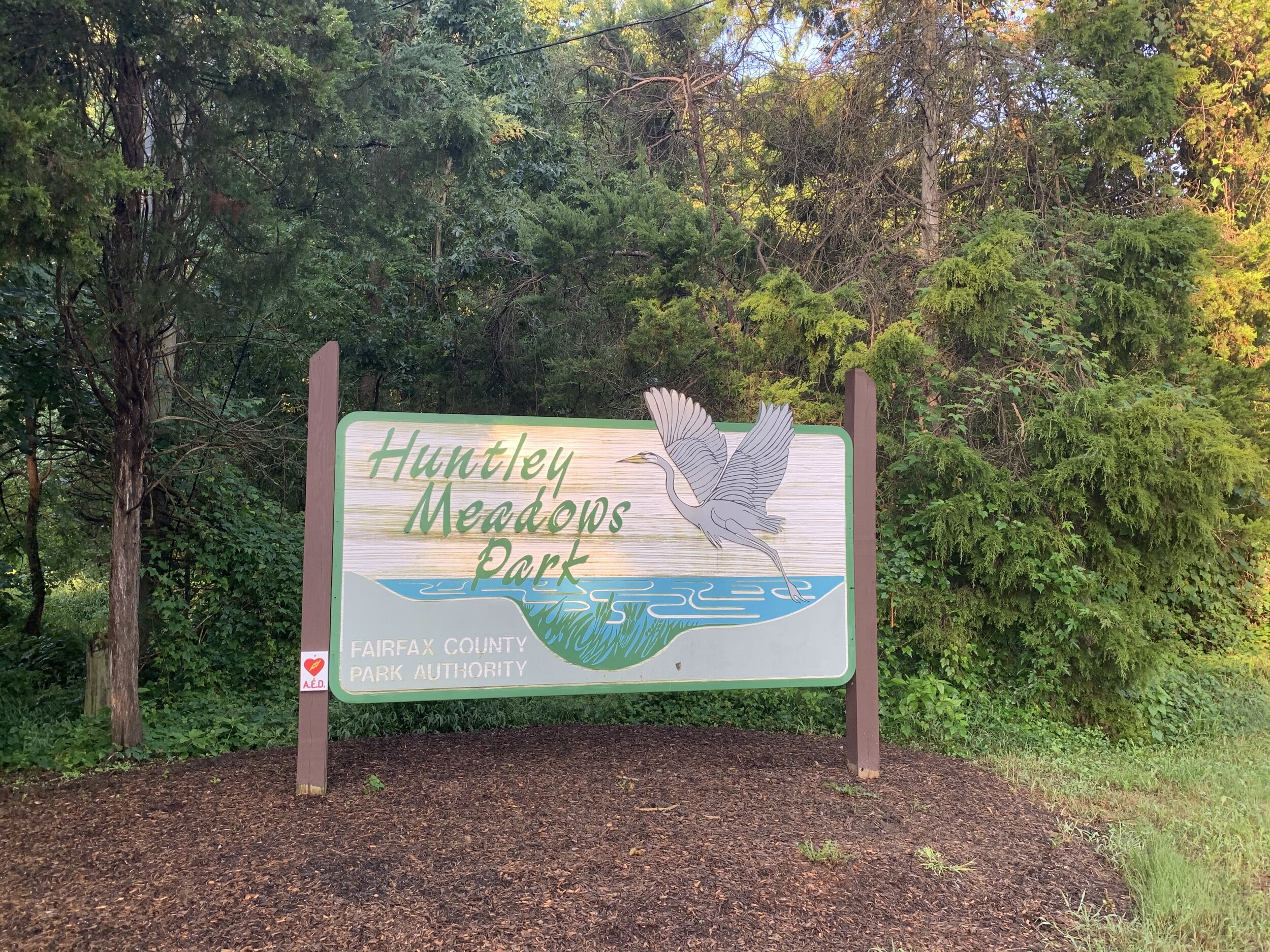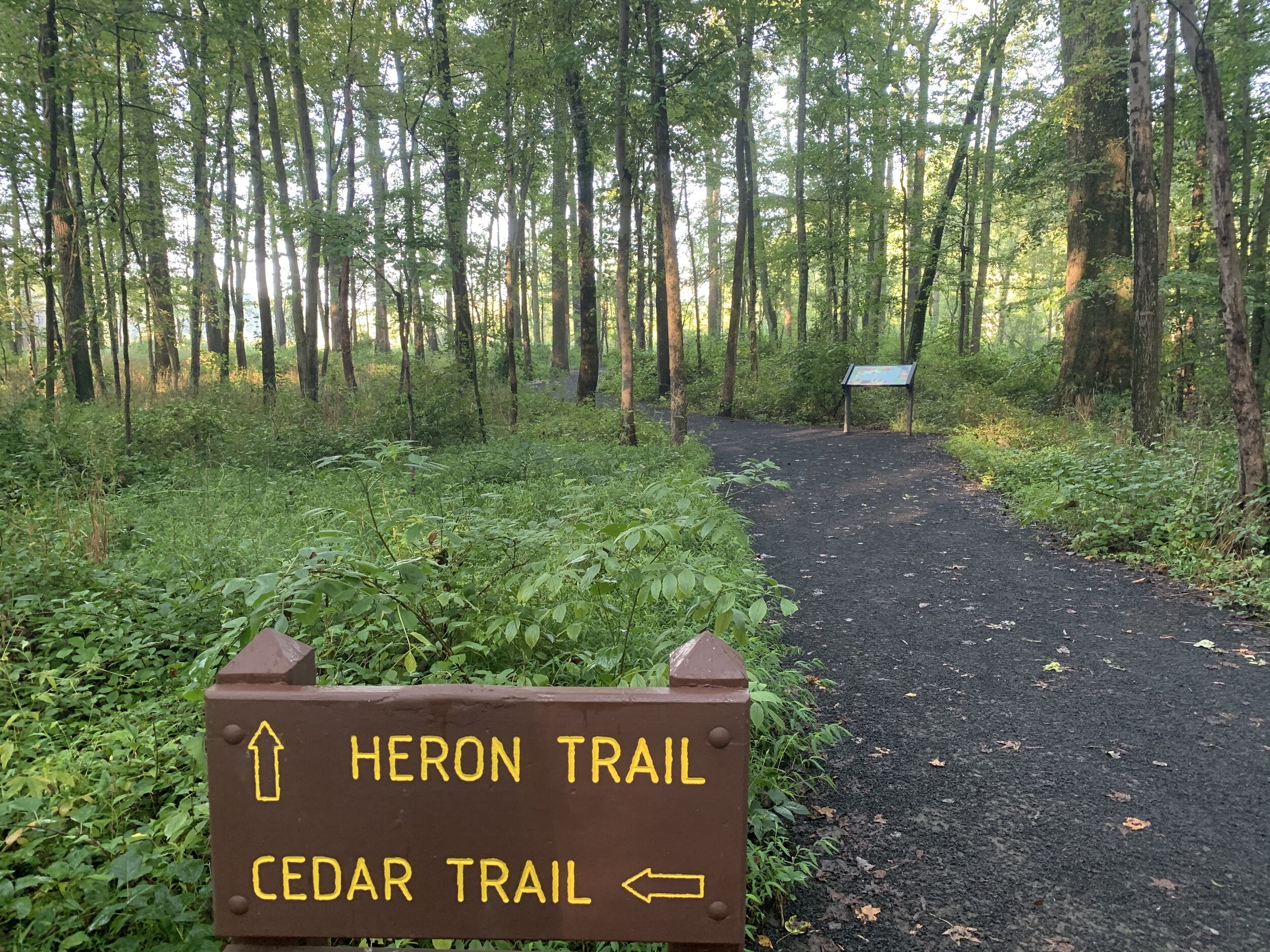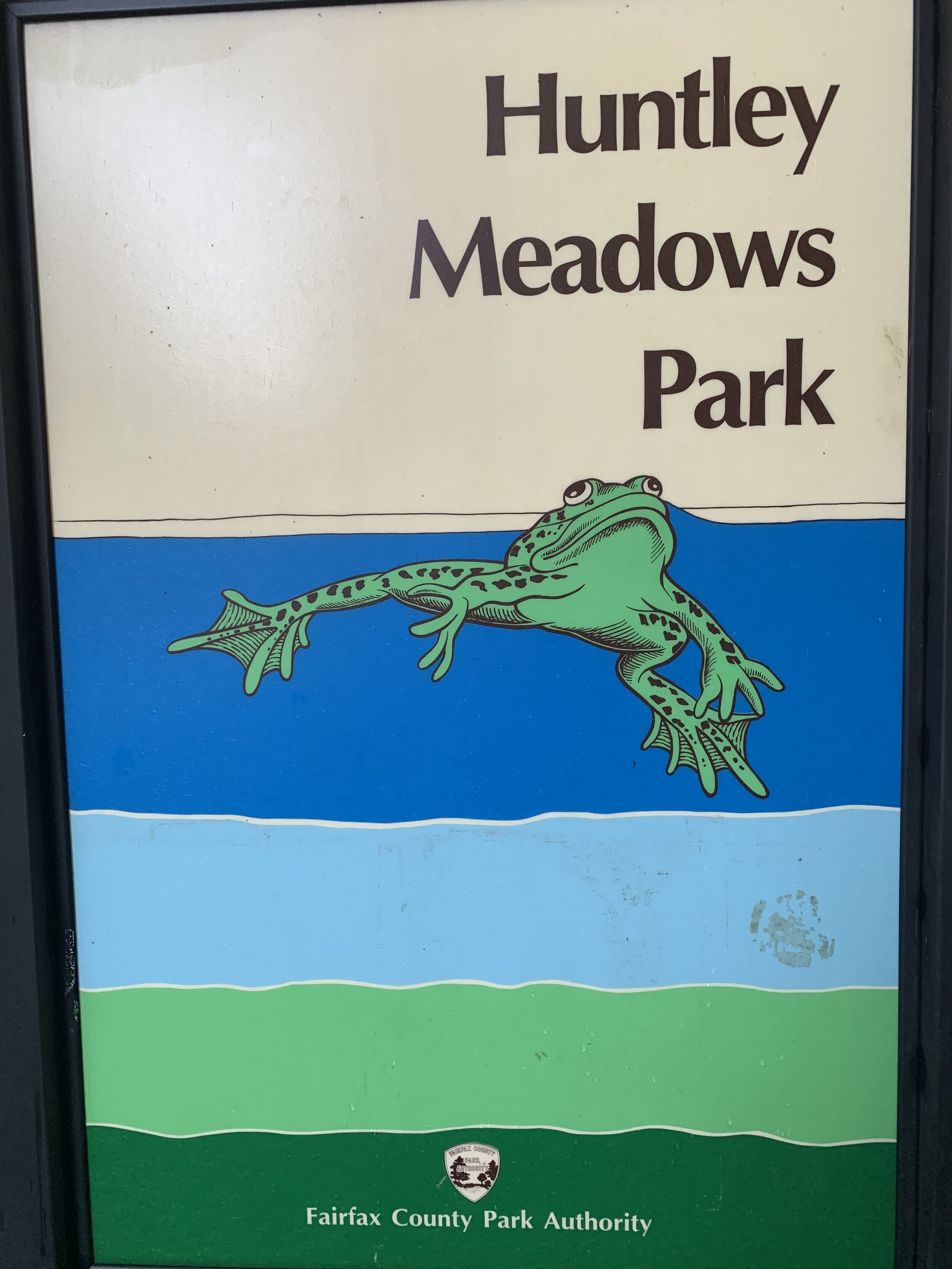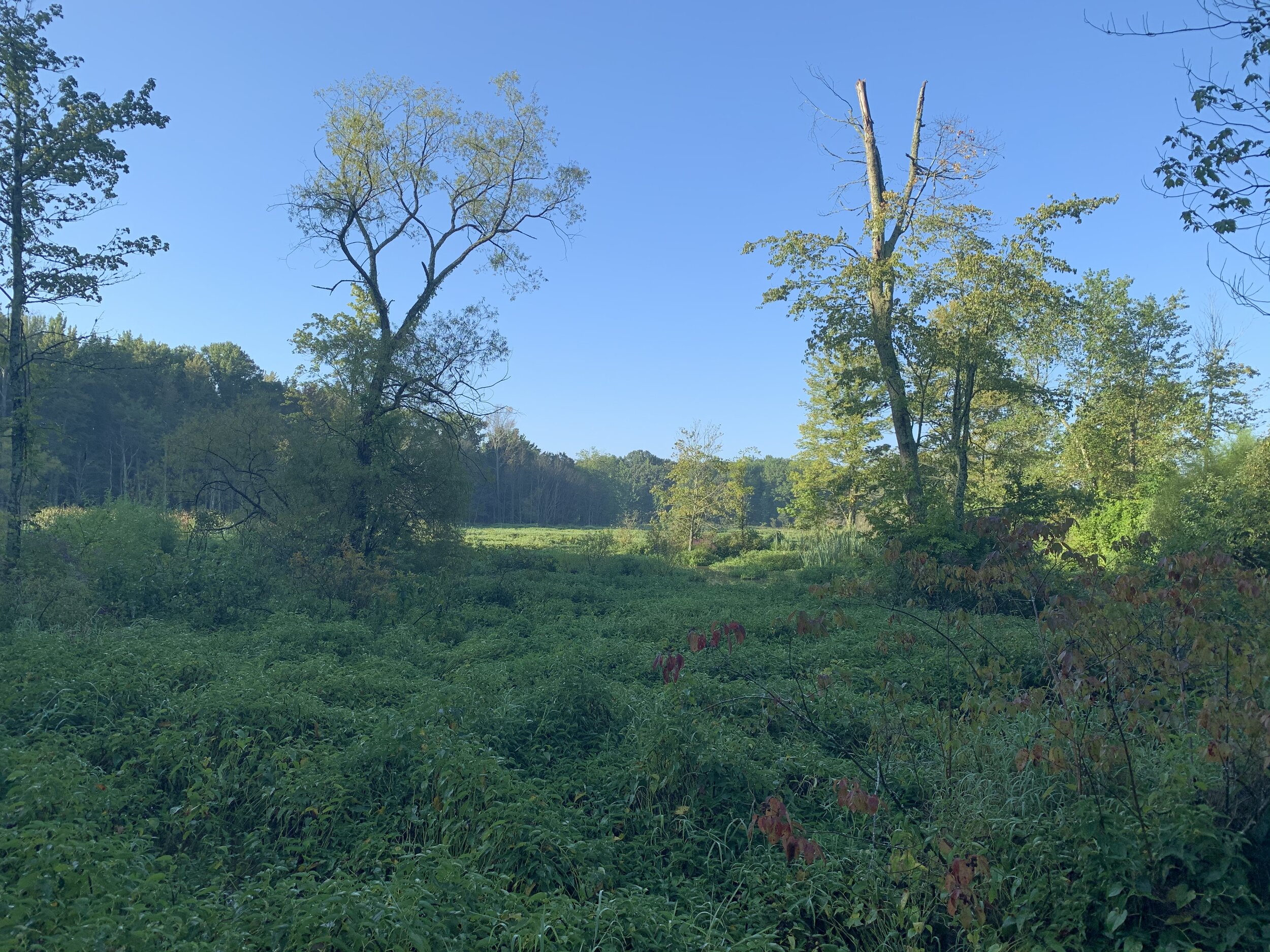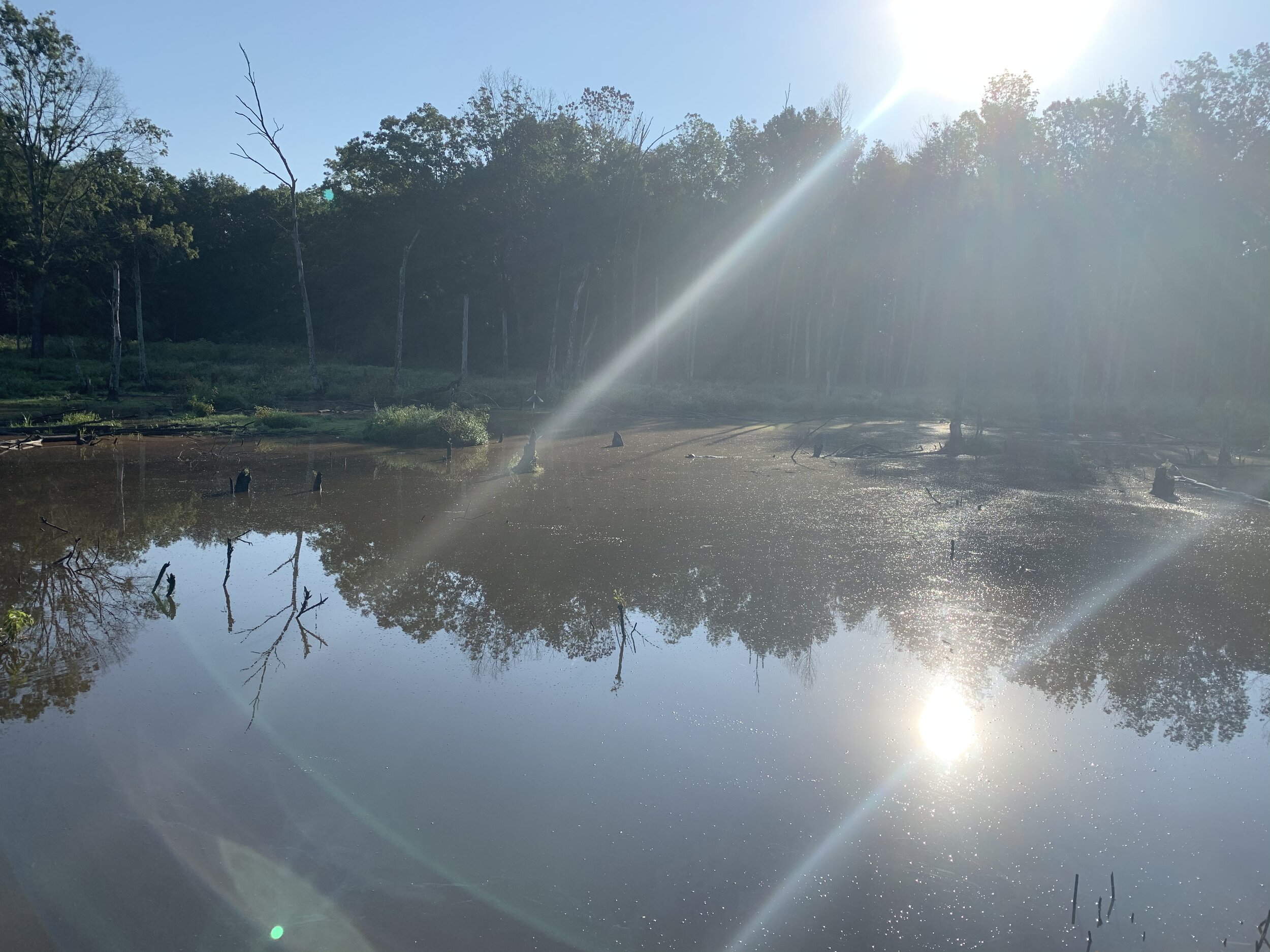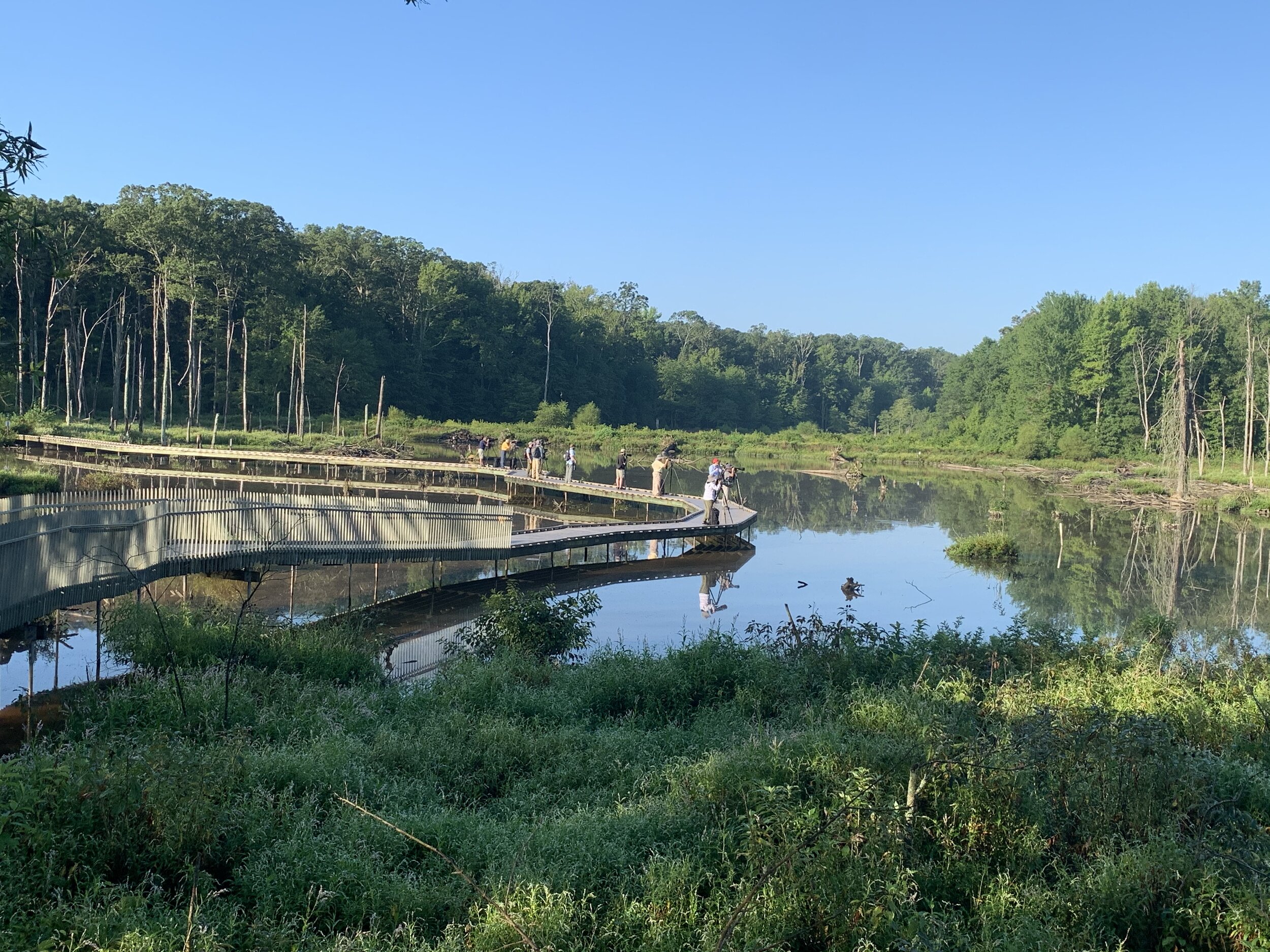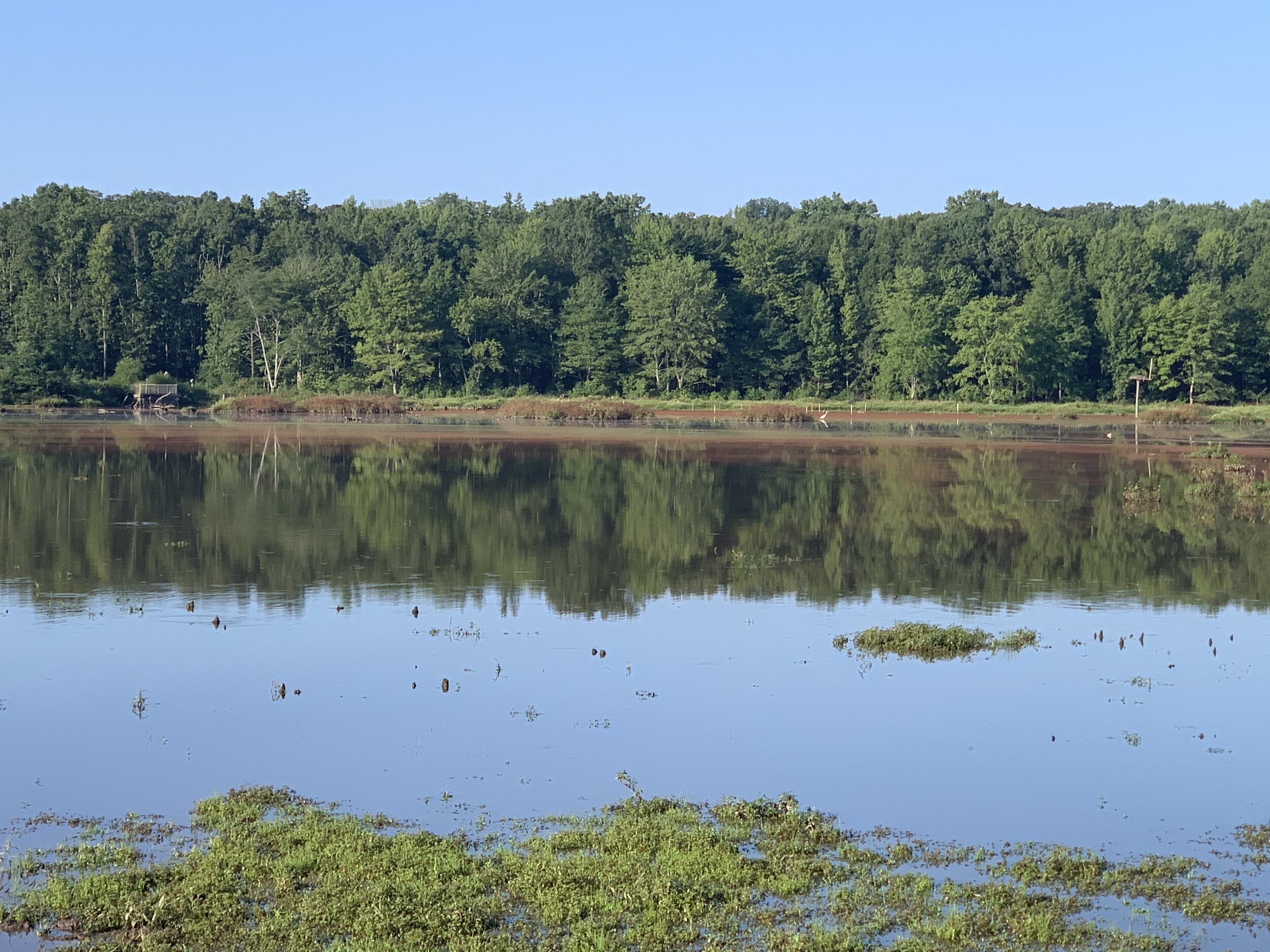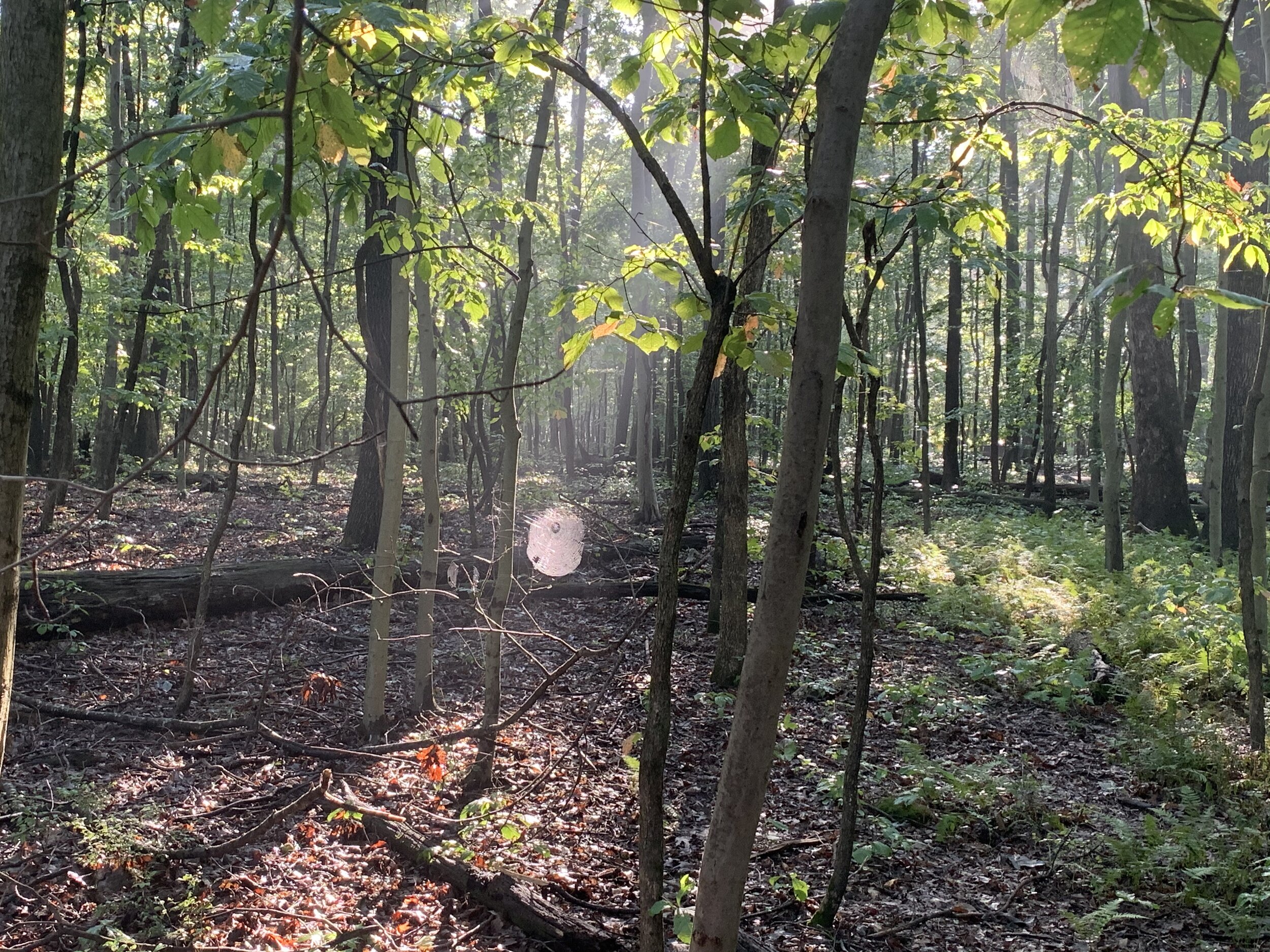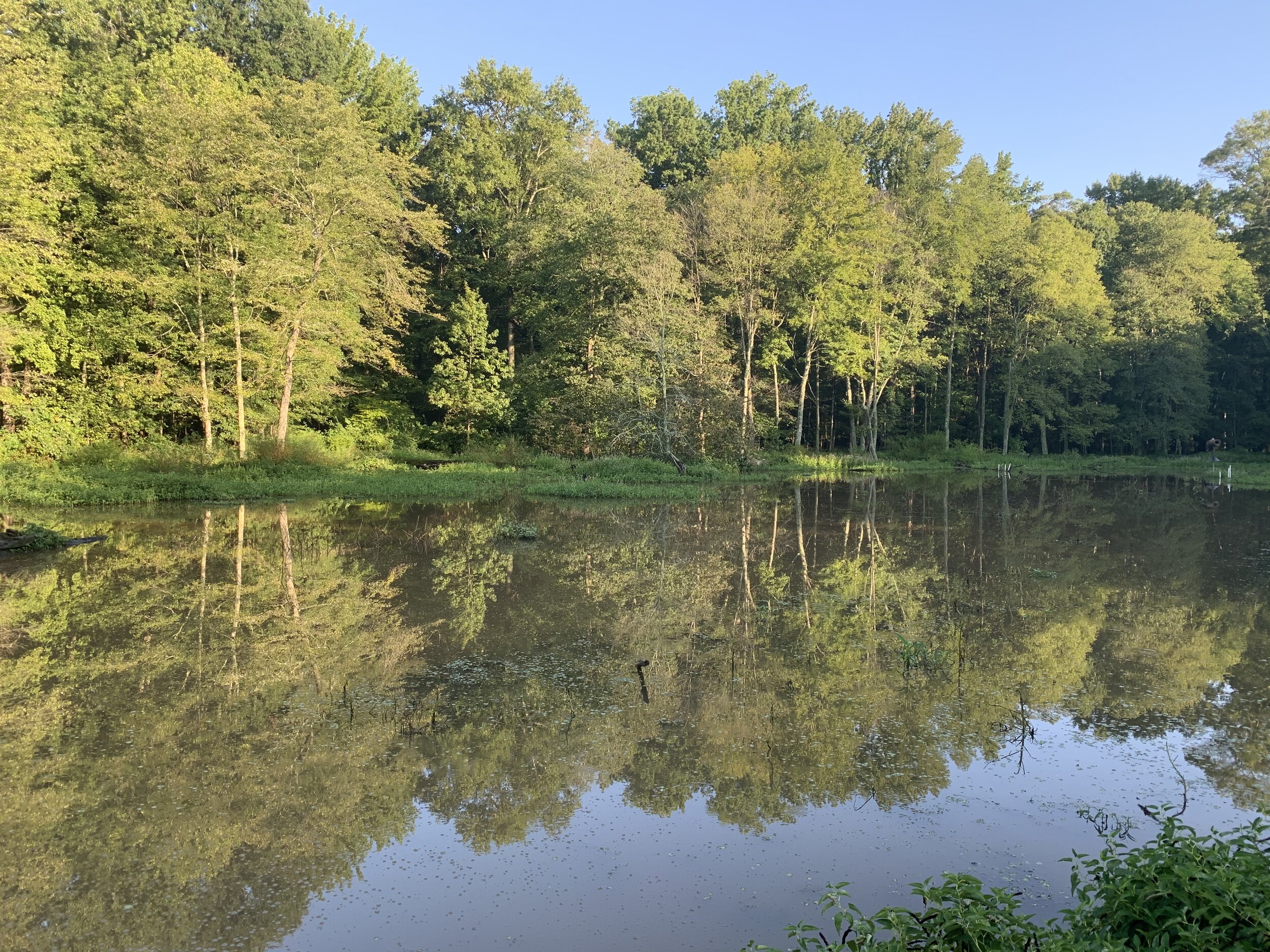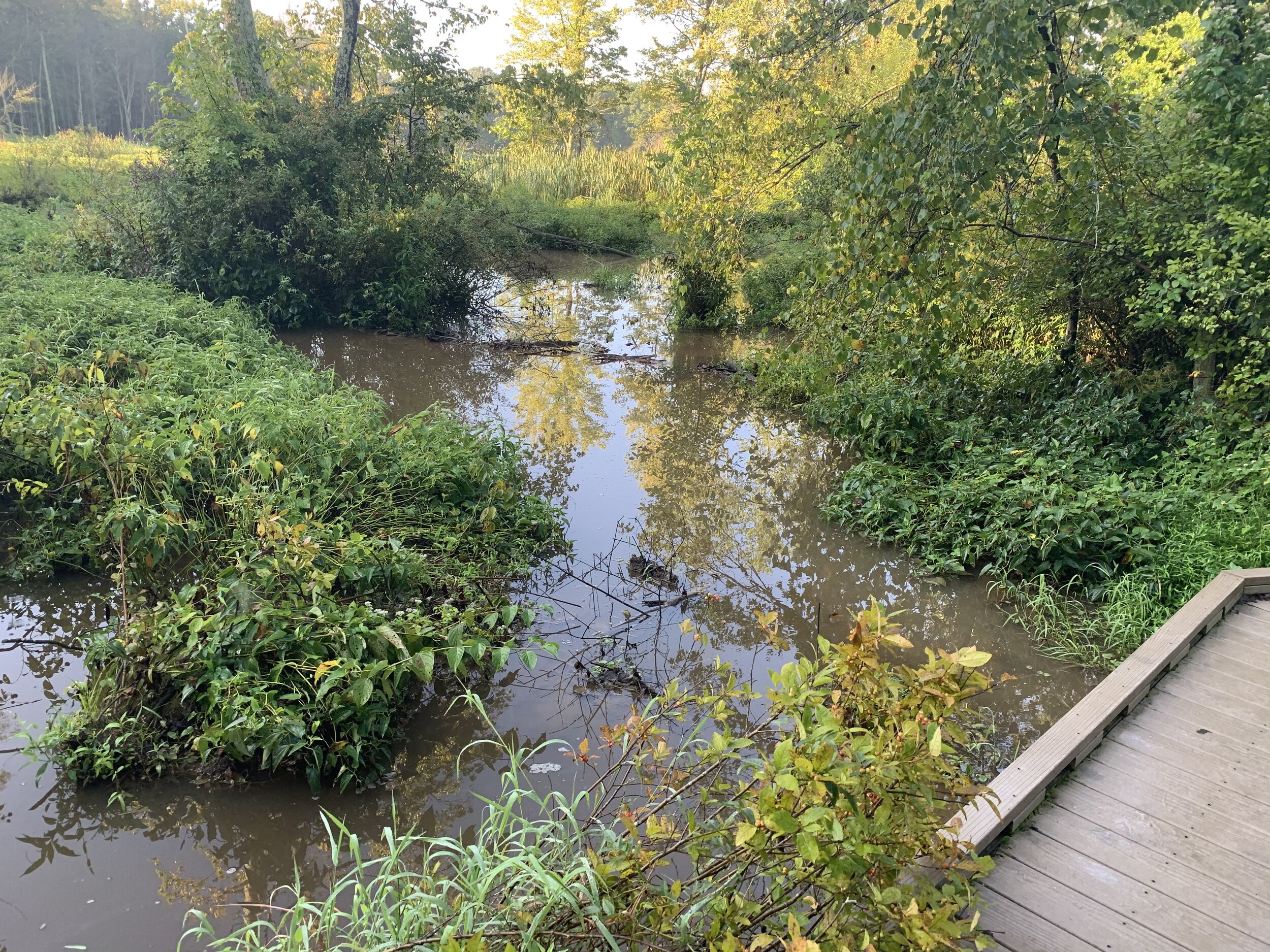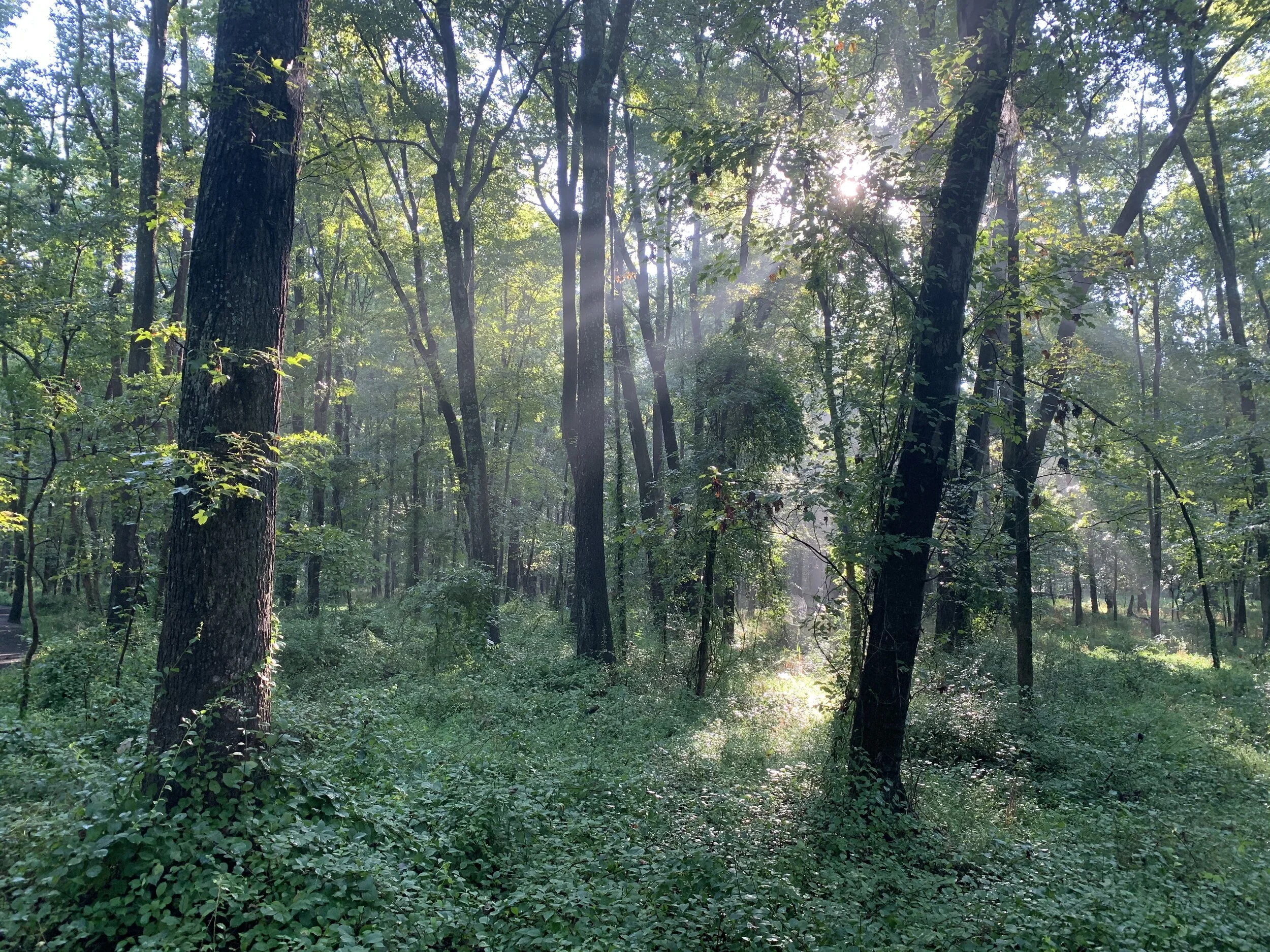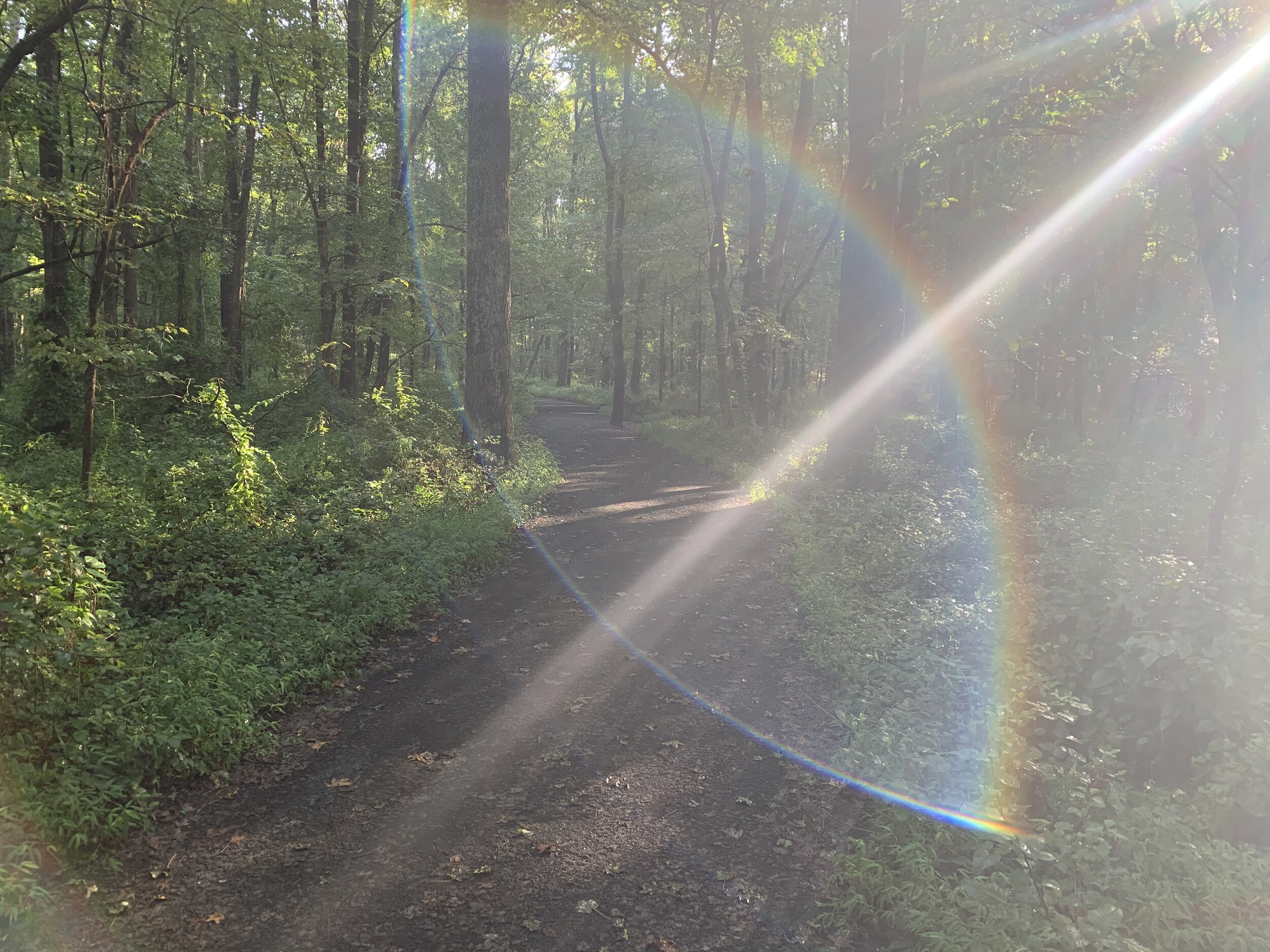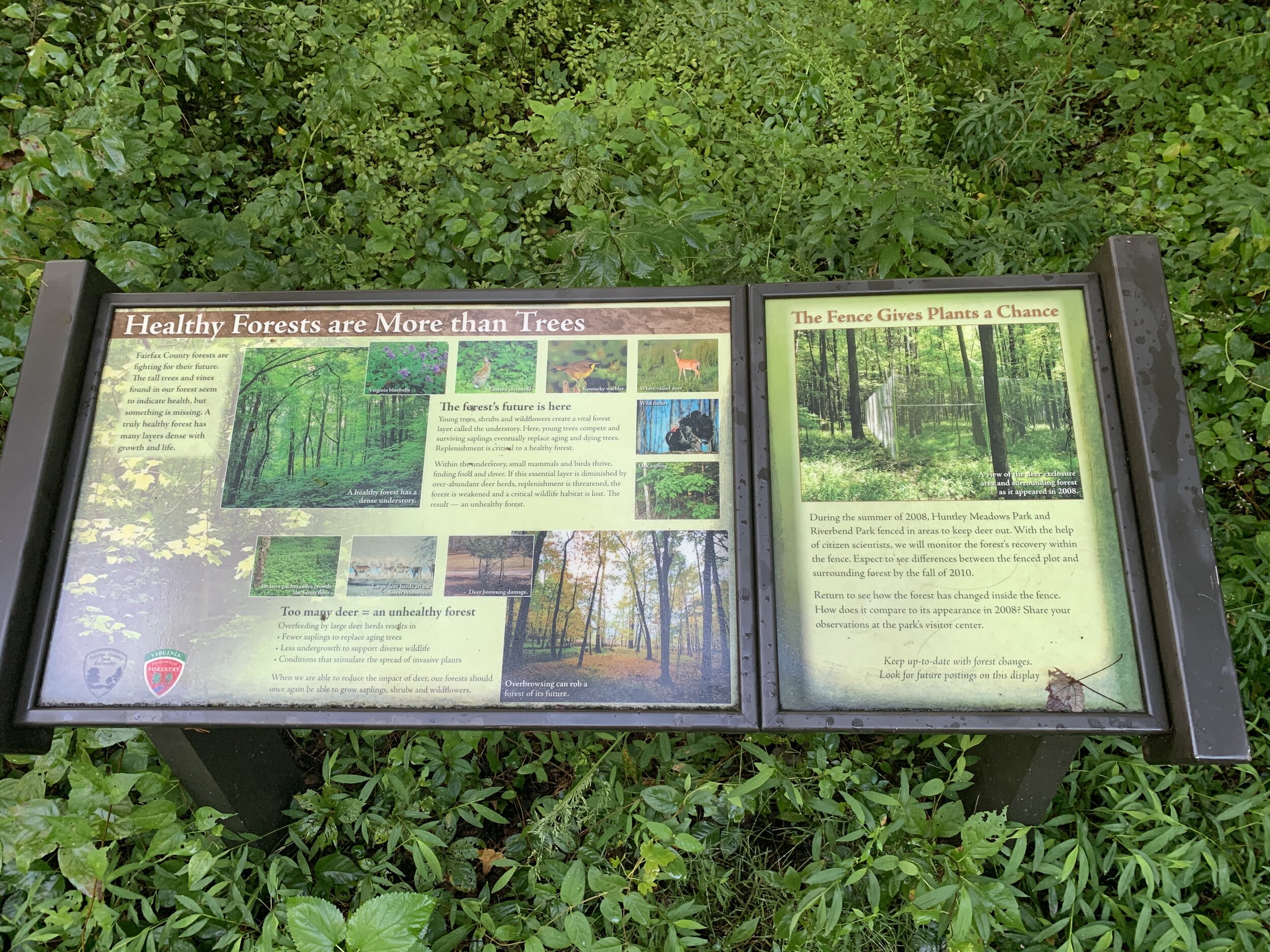George Washington Masonic Memorial and Historic Christ Church
Type of Exercise: Cycling/Biking
Biking Stats:
Distance: ~20 mi (tracker battery died)
Duration: 2 hr 21 mins
This one is coming quite a bit late, due to some things that cropped up this week. Apologies!
On Tuesday evening I jumped on the bike and made my way towards Alexandria. The sun seems to be setting earlier and earlier now that the autumnal equinox has passed. My targets were a church and a massive stone memorial that looms over the entire city of Alexandria. The whole thing is supposedly modelled on the ancient light house of Alexandria (Egypt) and it contains a museum, a library, and various masonic lodge rooms.
George Washington was a mason, who had a long and impactful career in freemasonry. Around 1852 the idea of creating some sort of a masonic memorial for Washington started kicking around in Virginia. They sought funding from the state-level mason folks and then…the American Civil war broke out. They did manage to get a large statue of Washington delivered to them, but it was moved to Richmond and later burned in a fire! Just after the turn of the century Shooter’s Hill in Alexandria, a place that was once considered as a serious candidate for the US Capitol, was chosen as a site for a memorial park to George Washington by a separate association. Washington had very strong ties to Alexandria, so it was only fitting that such a memorial would be found there.
Initially, it was dedicated on the 120th anniversary of Washington’s inauguration as a park, “George Washington Memorial Park.” With the renewed interest in the early history of the country and George Washington, the masonic Grand Lodge of Virginia called a meeting of all the grand lodges to discuss forming an association to build a grand masonic temple dedicated to George Washington. None other than President Taft, himself, spoke at the meeting and an association was formed to build a large masonic temple for Washington. Donations were made and a sight was chosen, Shooter’s Hill and the George Washington Memorial Park.
The masons gradually bought the land from the city of Alexandria, to whom the land was given after the park was built. Ground was broken in summer of 1922 and the dedication was in 1934. I’m unsure what the actual cost of the building was, but one estimate I saw was $6 million.
The construction of this temple also had great utility to the local masonic lodges. Fires had destroyed some historical records and items over the years. The idea of a large stone, isolated, fire-proof repository for such things moving forward was extremely appealing.
The structure is supposedly modelled after the ancient lighthouse at Alexandria, Egypt and features a super-prominent façade with Doric columns and a parthenon-esque entrance. Each floor of the building is held up by a set columns from the floor beneath. On the first floor, these green marble columns, brought by train from New Hampshire, are very prominent…and kind of in the way of a super cool mural of Washington laying the cornerstone of the US Capitol. One of the columns arrived DAMAGED and was not useable in the construction of the memorial, so it was donated to the VFW Ladies Auxiliary. They used that column in a memorial to the Alexandria war dead of the First World War, and it sits in front of Alexandria Amtrak station, just across the street. I took some neat pictures of the Masonic Memorial and the WWI memorial together.
Another fun fact, referring back to that mural: The cornerstone of the US Capitol has been lost. They don’t know where it is. There are theories and there have been searches, which produce convincing candidates, but none so far has produced the single silver plaque said to be on the bottom of the cornerstone. To this day, no one knows for sure where it is!
On the inside are various lodge rooms and places where the masons can do their business. There’s also a library, a theater, and a few museum exhibits. You can tour the masonic memorial and go up to the observation deck near the top to look out over the City of Alexandria and the surrounding area. The museums inside are:
The Family of Freemasonry (about al of the types of freemasonry)
The Form and Function of Freemasonry
The Golden Age of Masonic Architecture
One really cool thing that I’ve seen while on a tour is Washington’s death clock. It’s on display in the Replica Lodge Room along with a number of other George Washington relics. What is the death clock? (I call it his death clock I guess) The clock’s weight was cut by a doctor the moment that Washington perished from a nasty throat infection. He was out on his horse one chilly December morning in the snow on his estate in Mount Vernon. Washington would ride across the estate, checking on various ventures and on-going projects. On that particular day, snow turned to sleet and then to rain. He arrived back to the mansion without much time to change his damp clothes before dinner, and he elected to sit down to dinner rather than change. From what I read, this was not necessarily because he was stubborn about holding to a particular schedule but instead about the many guests/drop ins that the Washingtons would have to endure. People would regularly come to meet the first president of the United States with letters of introduction in-hand from some common friend/acquaintance. Anyway, he went out again the next day in the cold, and on the night after that, he woke up with difficulty breathing and a sore throat. His doctor was summoned, and in the meantime another doctor engaged in the barbaric and simple-minded process of bleeding the general. It probably made things quite worse, but by modern medicinal standards at the time, this would have been prescribed. They were still in an era; wherein, it was believed that a balance of fluids of the body or “humors” was the crux of health. An imbalance of these fluids was the root of all sickness and disease. They also induced blisters on the patient, a process achieved by heating up a glass cup over a flame and then applying it to certain places on the skin. The blister caused by this barbaric treatment would leak, thus expelling a fluid thought to be had in excess. A few days later, the general died and his bedchamber clock was permanently frozen at his time of death, 10:20 PM.
You can learn much more about the George Washington Mason Memorial here and even take virtual tours of its facilities!
Historic Christ Church
Christ Church is a landmark in Alexandria Old Town. It completely splits one of the city’s arterial streets, which ultimately leads to the King Street Metro Station. The church was originally a simple square building, erected in 1773 (just 4 years before the declaration of independence). Naturally, it was an Anglican church (very soon NOT to be), and the church was attended by George Washington. The pews were boxes, which were owned and paid for by parishioners. The church was built because of the need for such a place in Fairfax Parish. Actually two churches were needed to serve the people in the Fairfax Parish area; one was Christ Church and the other was Falls Church. You may recognize the second church as the name of another Washington Area suburb in Fairfax County. The church was added to over the years and received among other improvements, a church tower, balcony, wine glass pulpit, and community center. Funny story about the wine glass pulpit: it was put in the church and then later removed, only to have another reinstalled years later. C’mon, people, make up your minds. During the civil war era, the church had chimneys and stoves to heat the church. These were later removed. The church has a very old grave yard, which is the final resting place of former Treasury Secretary Henry Fowler and his wife. There is also a mass grave for confederate soldiers, who died as prisoners of war in Alexandria.
I took some cool pictures of the church and the graveyard before moving along to the George Washington Masonic Memorial. I then decided to take a trail that I’ve been meaning to explore for a while now. It’s called the Potomac Yard Trail, and it lies parallel to the Mount Vernon Trail, heading North towards Potomac Yard from Alexandria. The trail was busy but enjoyable. There were not needless interruptions by roads, and trail users were super polite! The area that the trail covers is well developed and new. Much of the land in this area was dirt and construction when I moved here about 10 years ago. Now, there are apartments, condos, parks, supermarkets, and all kinds of things!
I reached the current end of the Potomac Yard Trail, past the now shutdown Regal Theater, and I found an old friend of mine, the Four Mile Run Trail. I haven’t ridden this trail, since I lived in West End Alexandria and commuted on it throughout the workweek. I took some pretty pictures of the bridges over the run before hopping on the trail via the sharp switchbacks. I missed it! I only got to ride on a tiny piece of it, but it brought back memories. The Four Mile Run trail exited me back out on the to the Mount Vernon Trail South, and I made my way home that way!
Unfortunately my fitness tracking watch died on the way home, so my trip tracking was cut short!
Hope you enjoyed and thanks for coming along with me on this ride!
THESE BLOG ENTRIES ARE PART OF MY PARTICIPATION IN MILES FOR HOPE, A MONTH-LONG EVENT TO RAISE AWARENESS AND FUNDS TO HELP MISSING AND EXPLOITED CHILDREN.
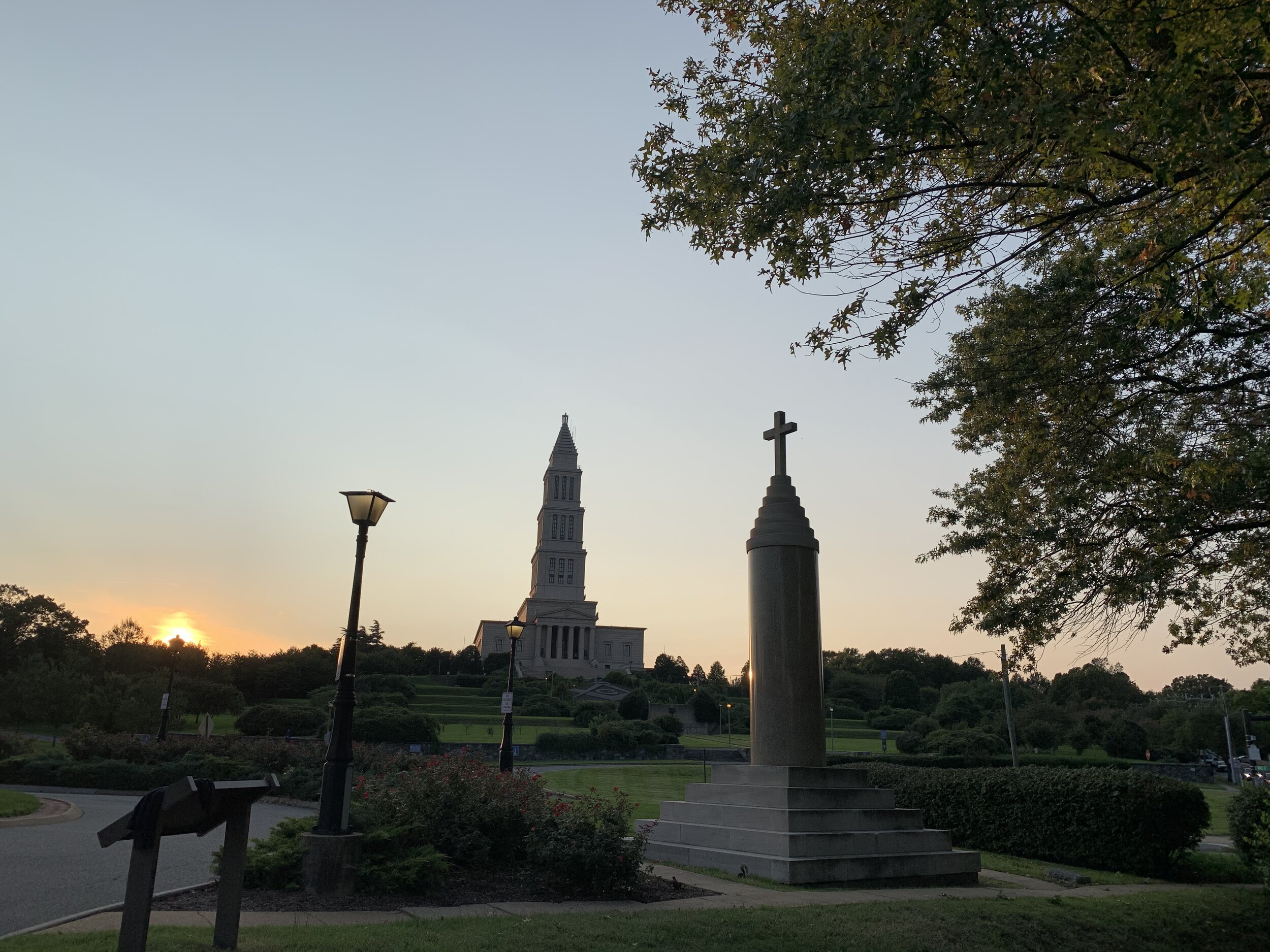
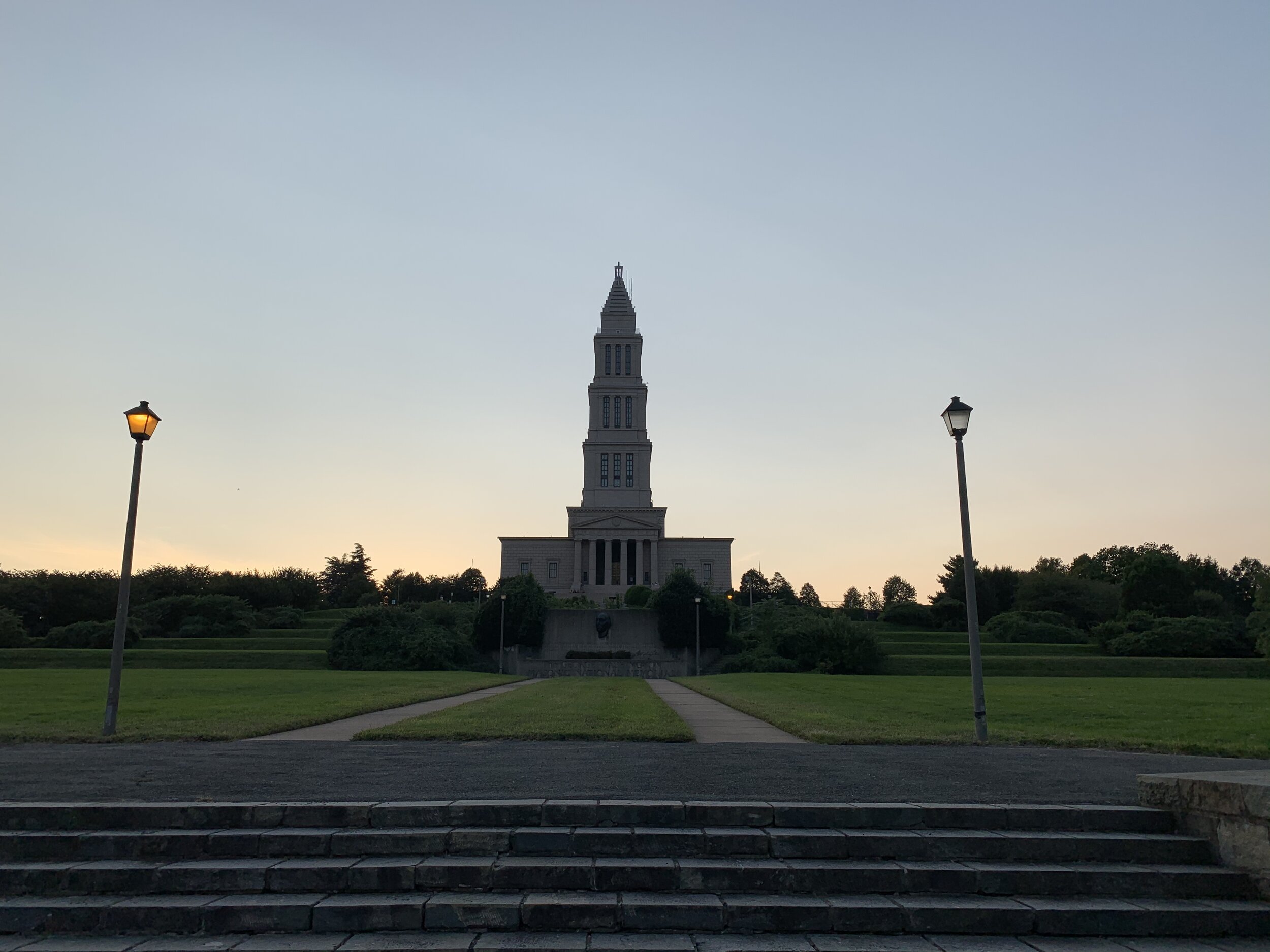
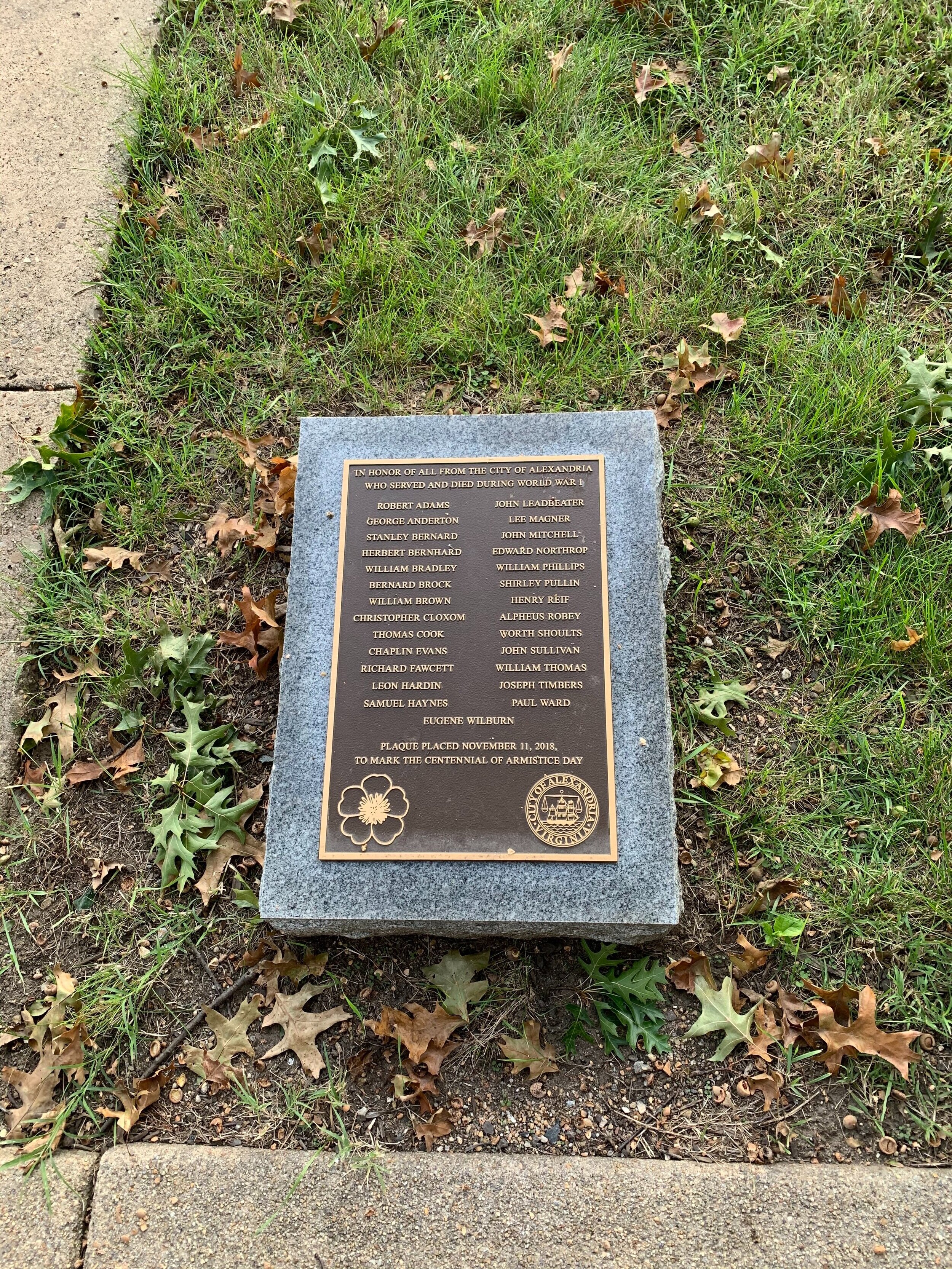
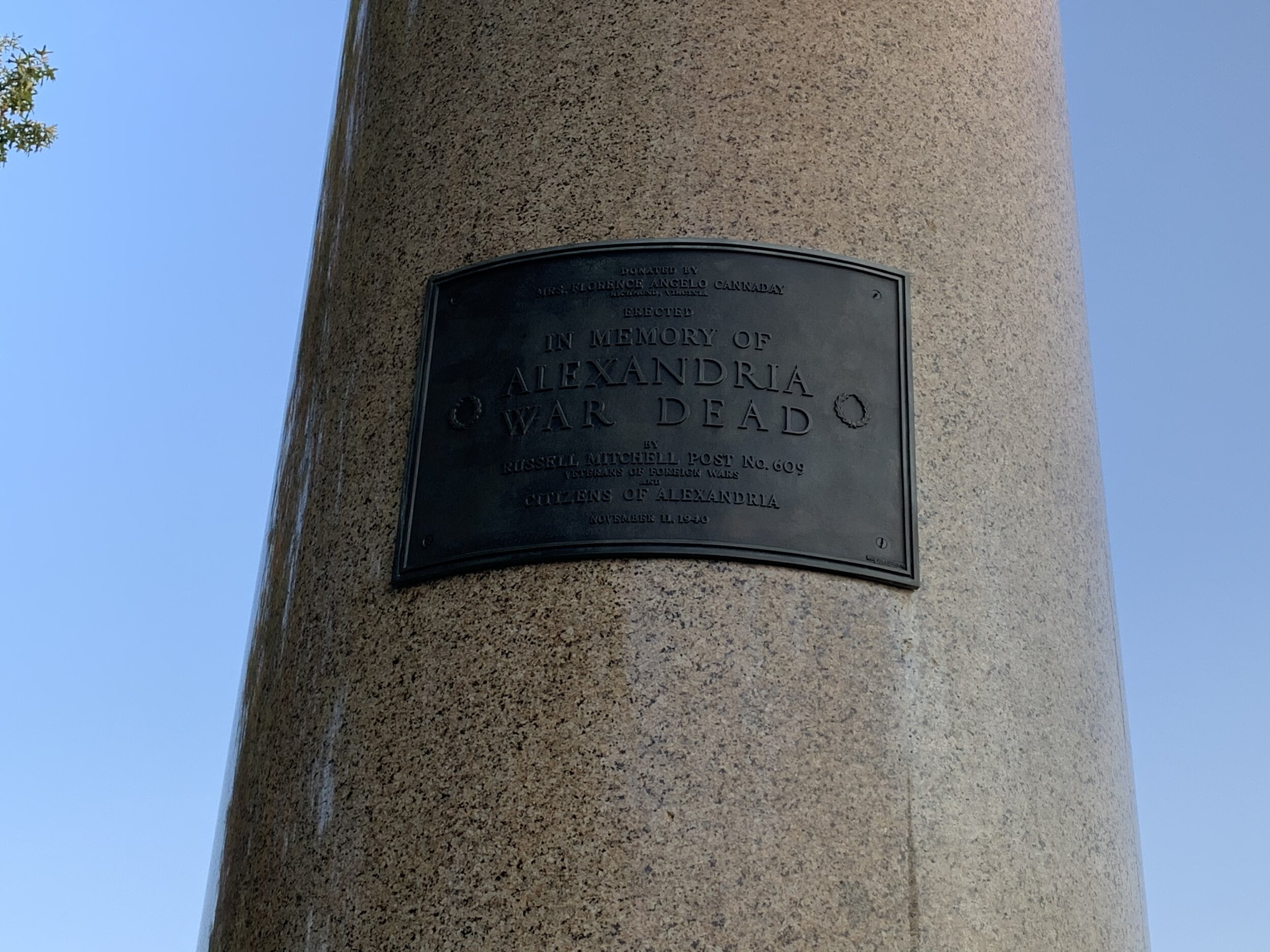
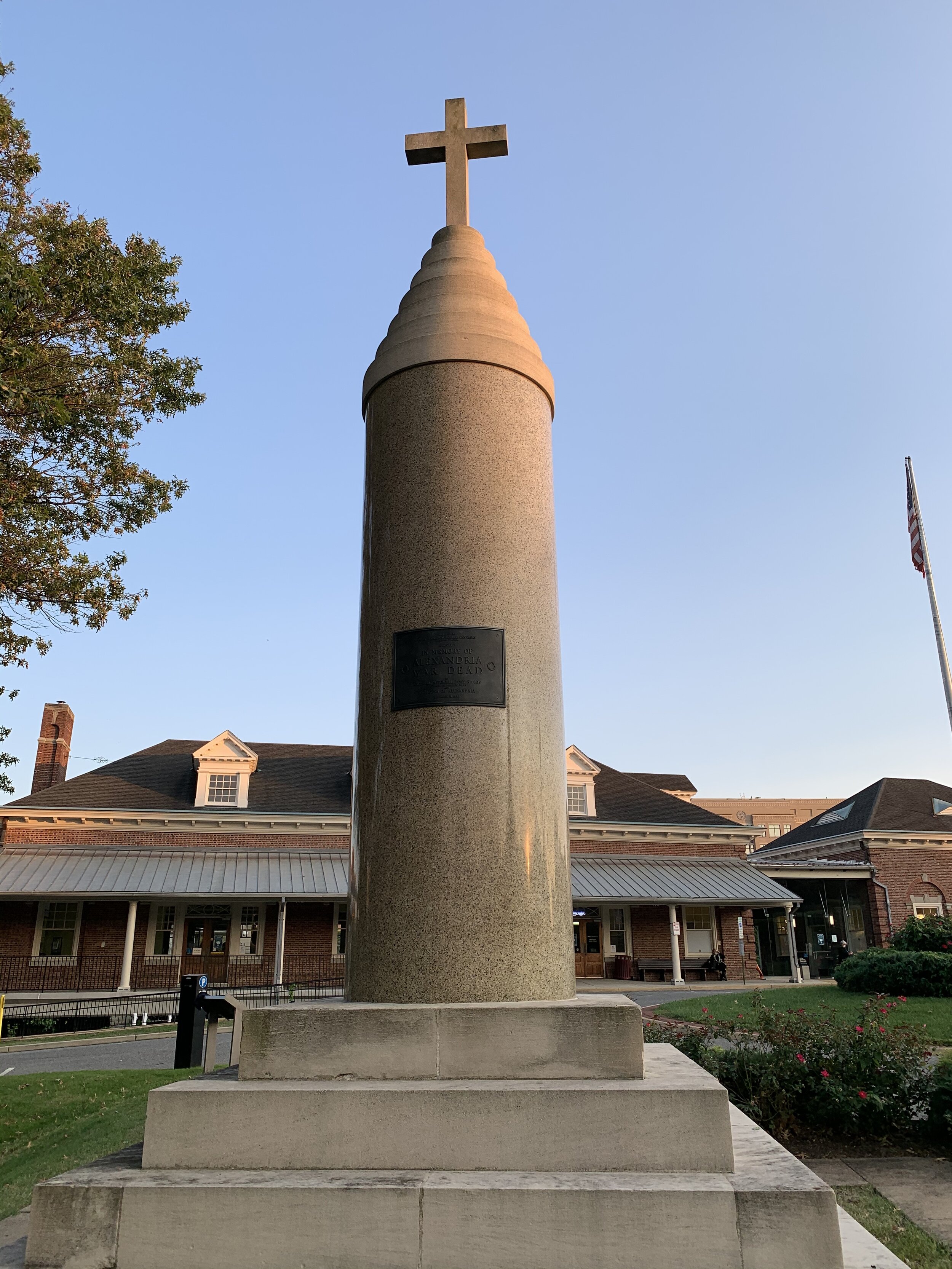
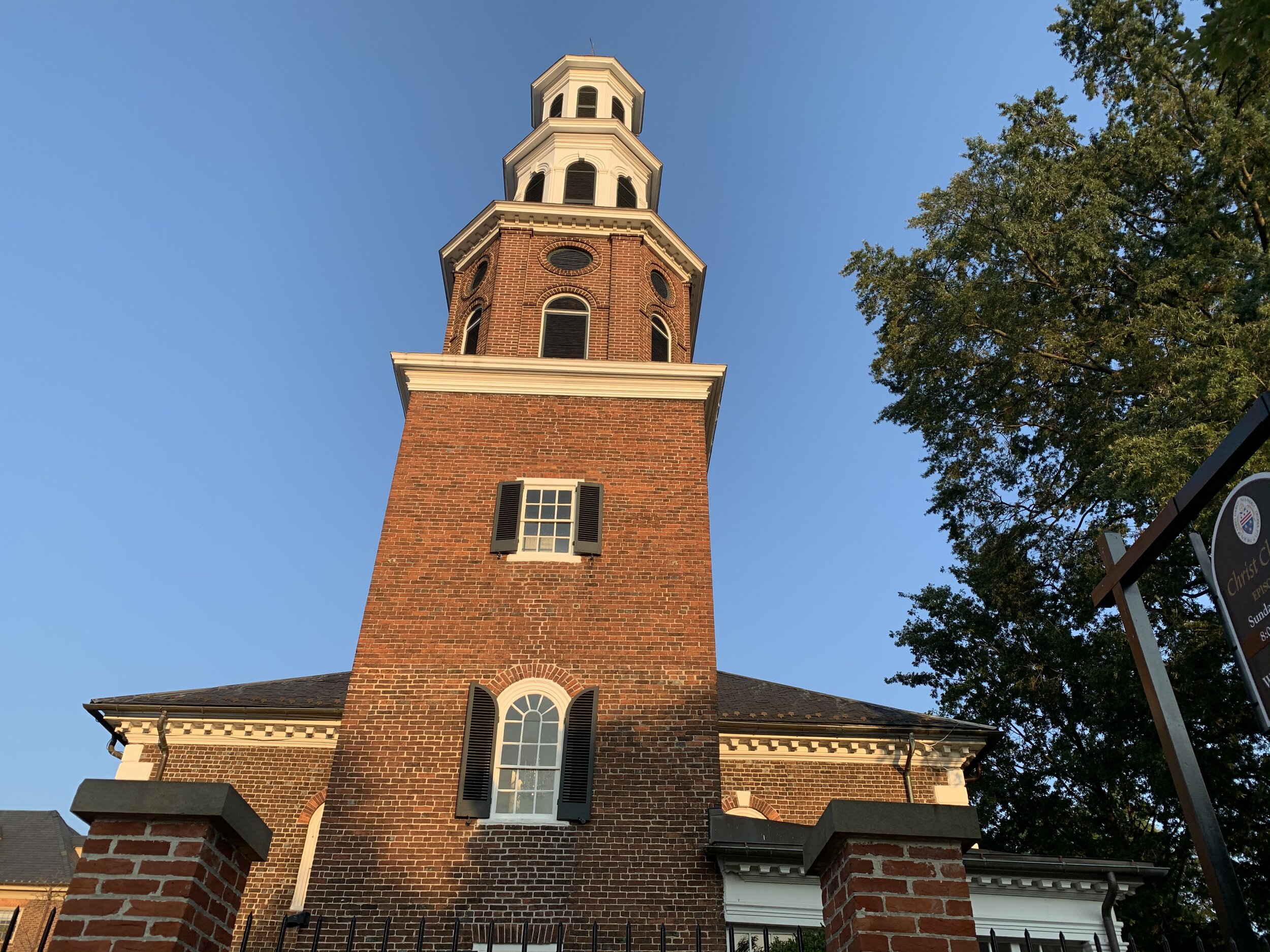
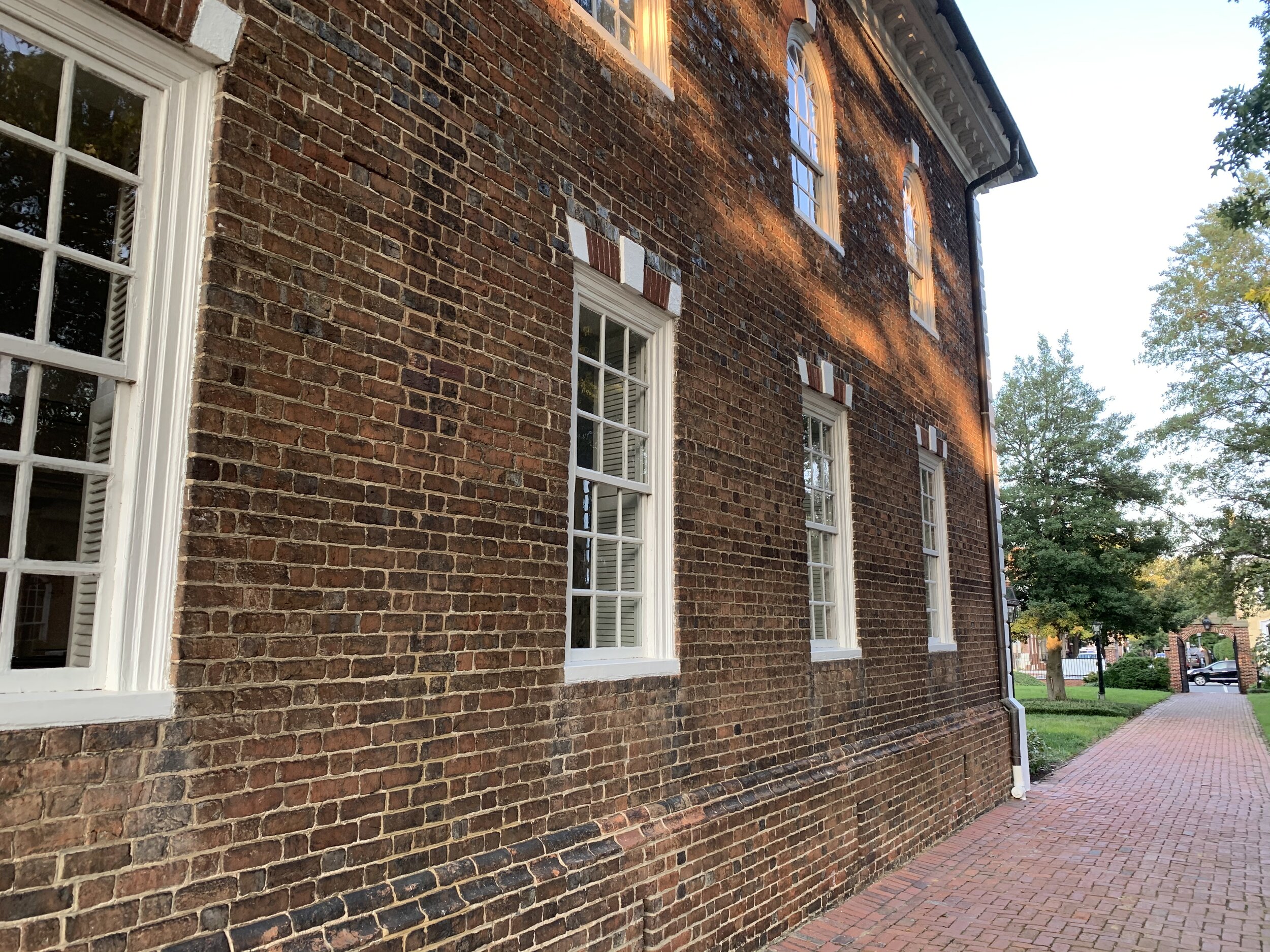
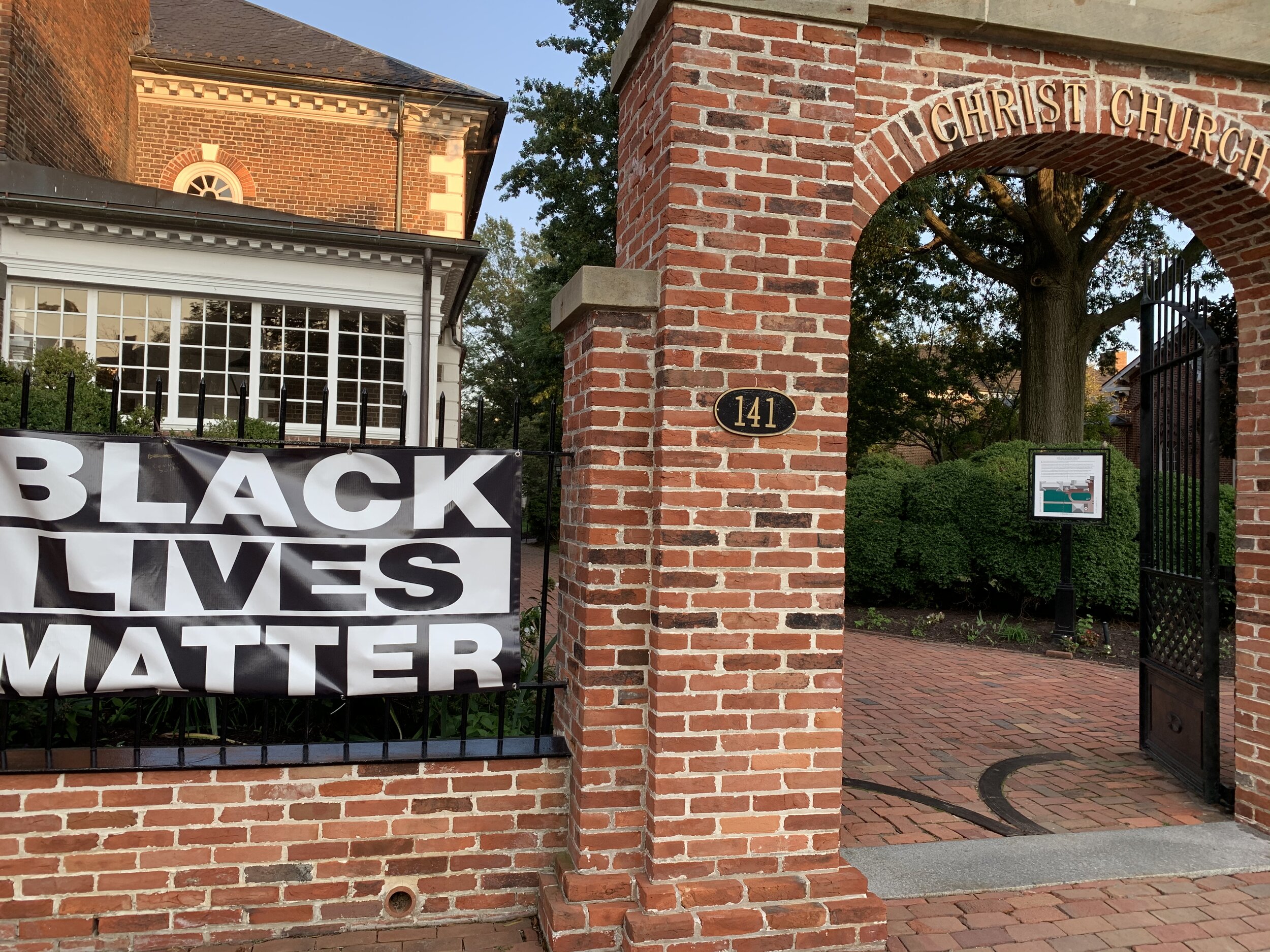
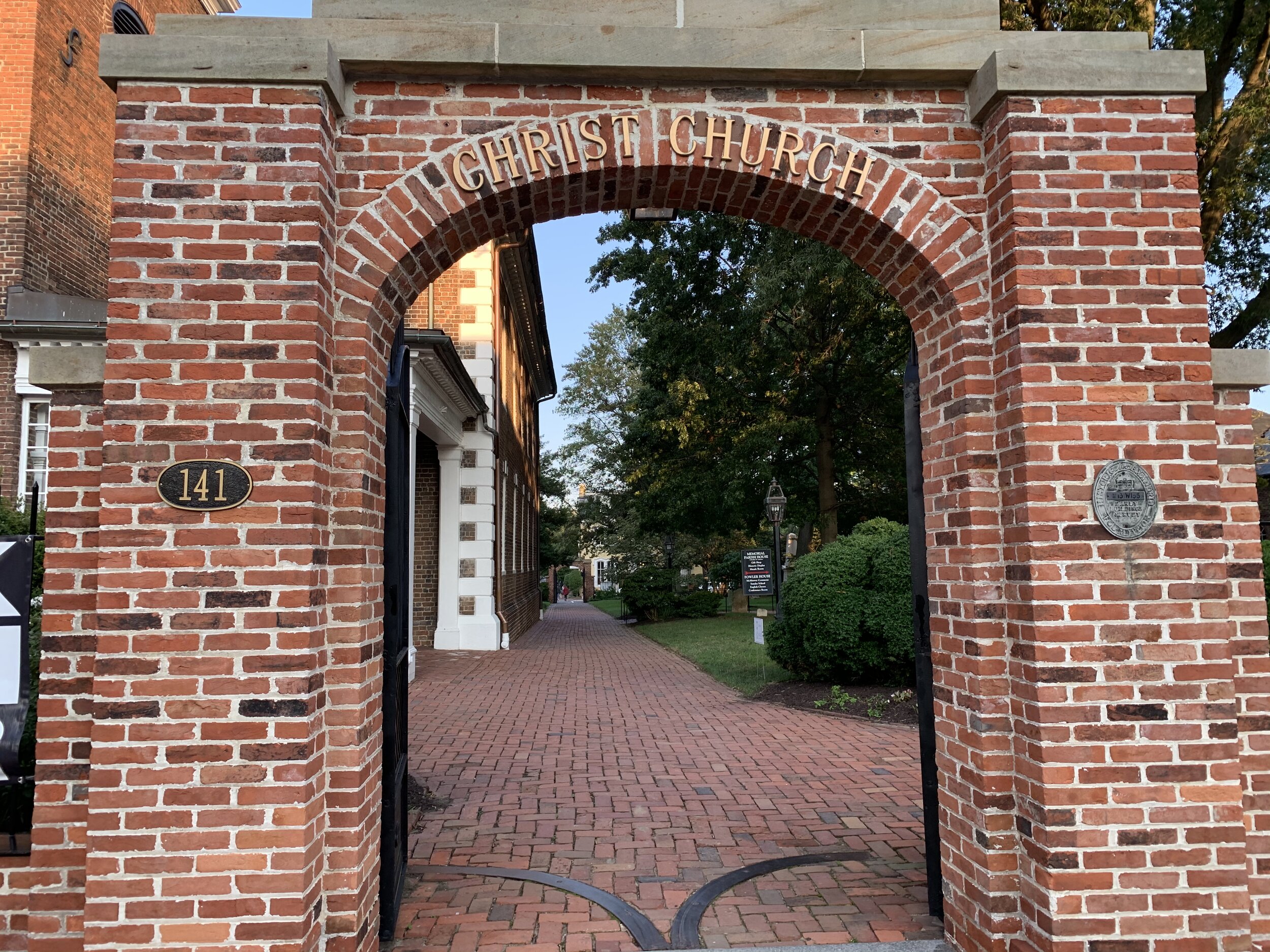
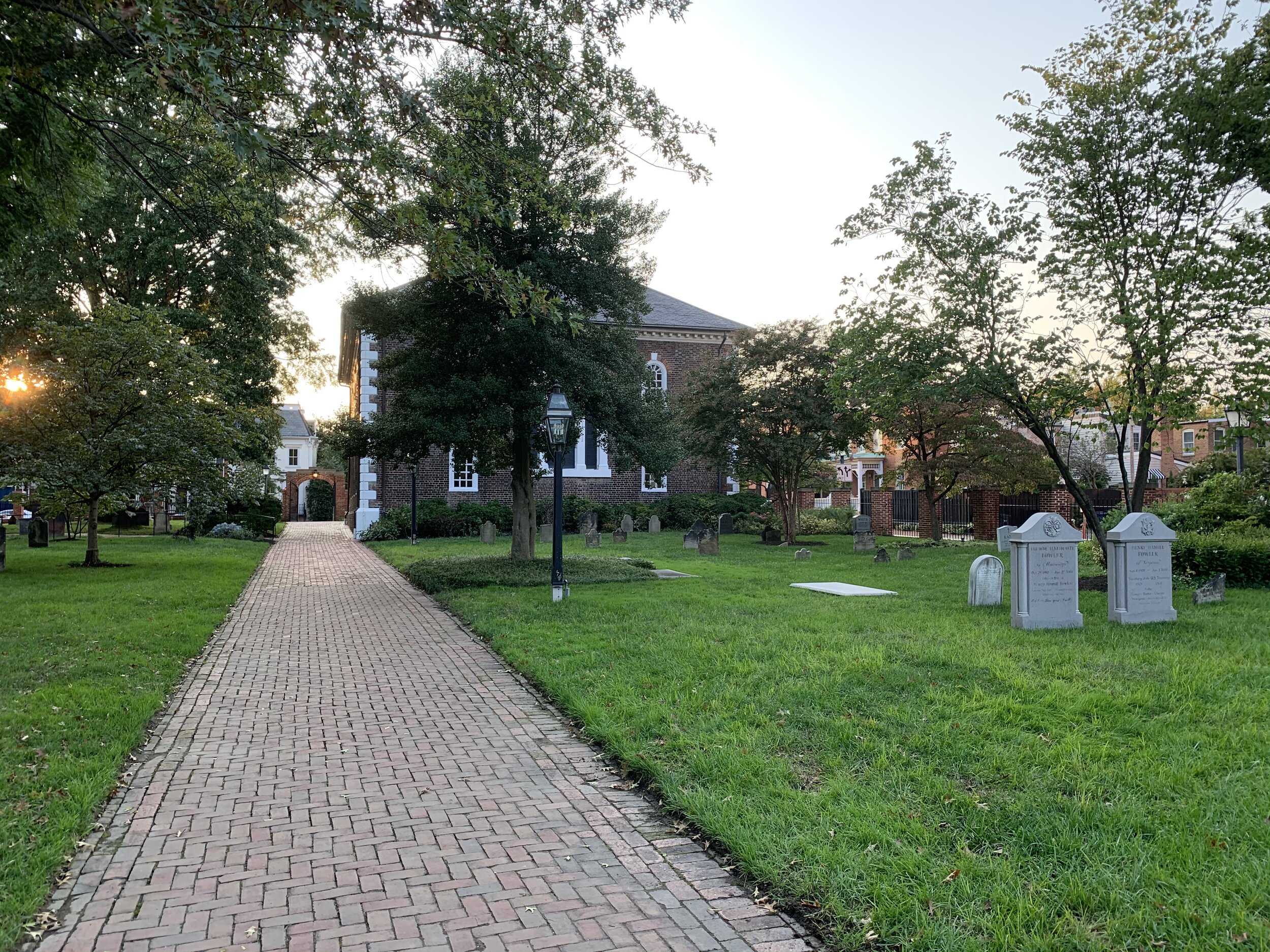
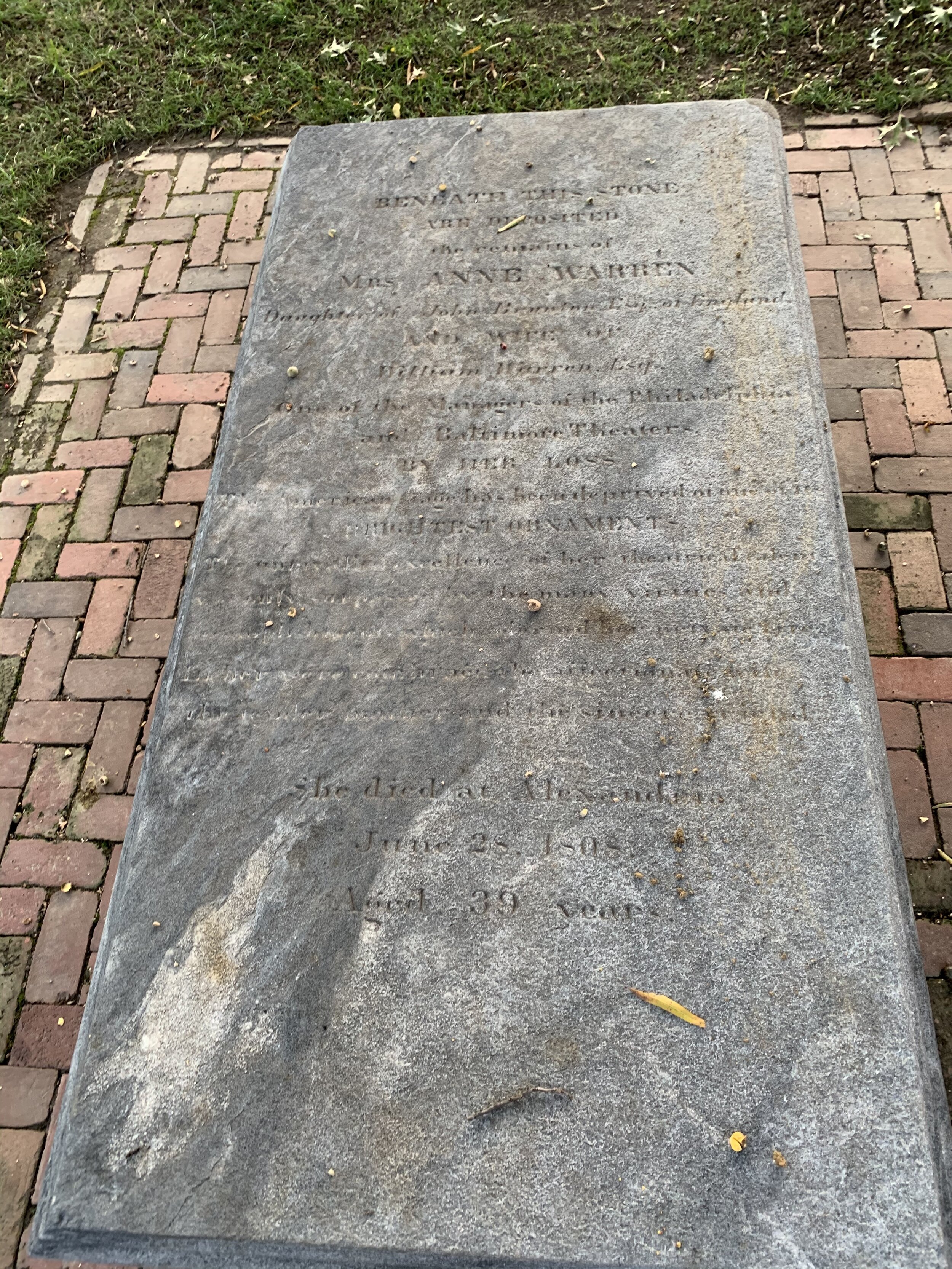
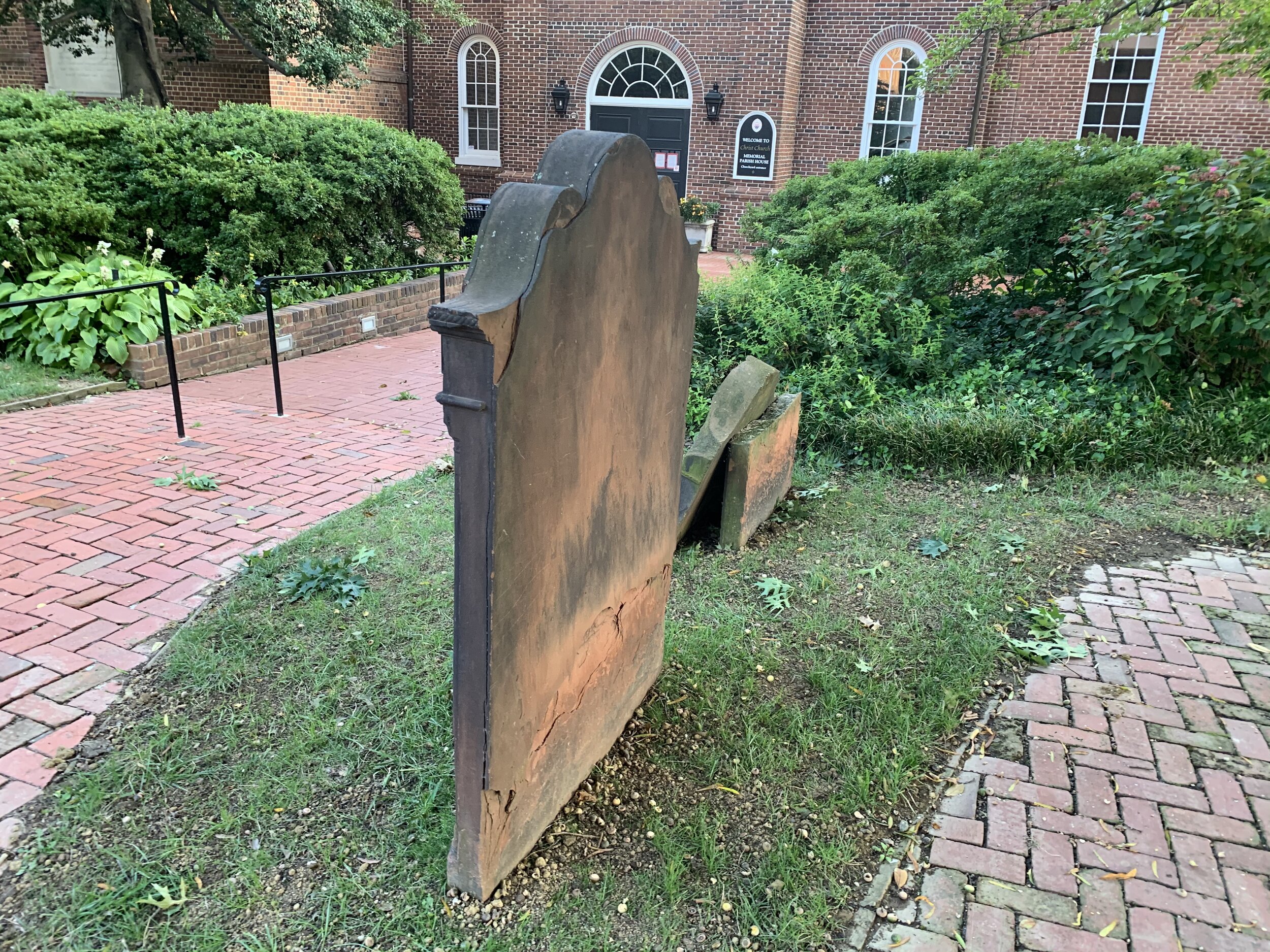
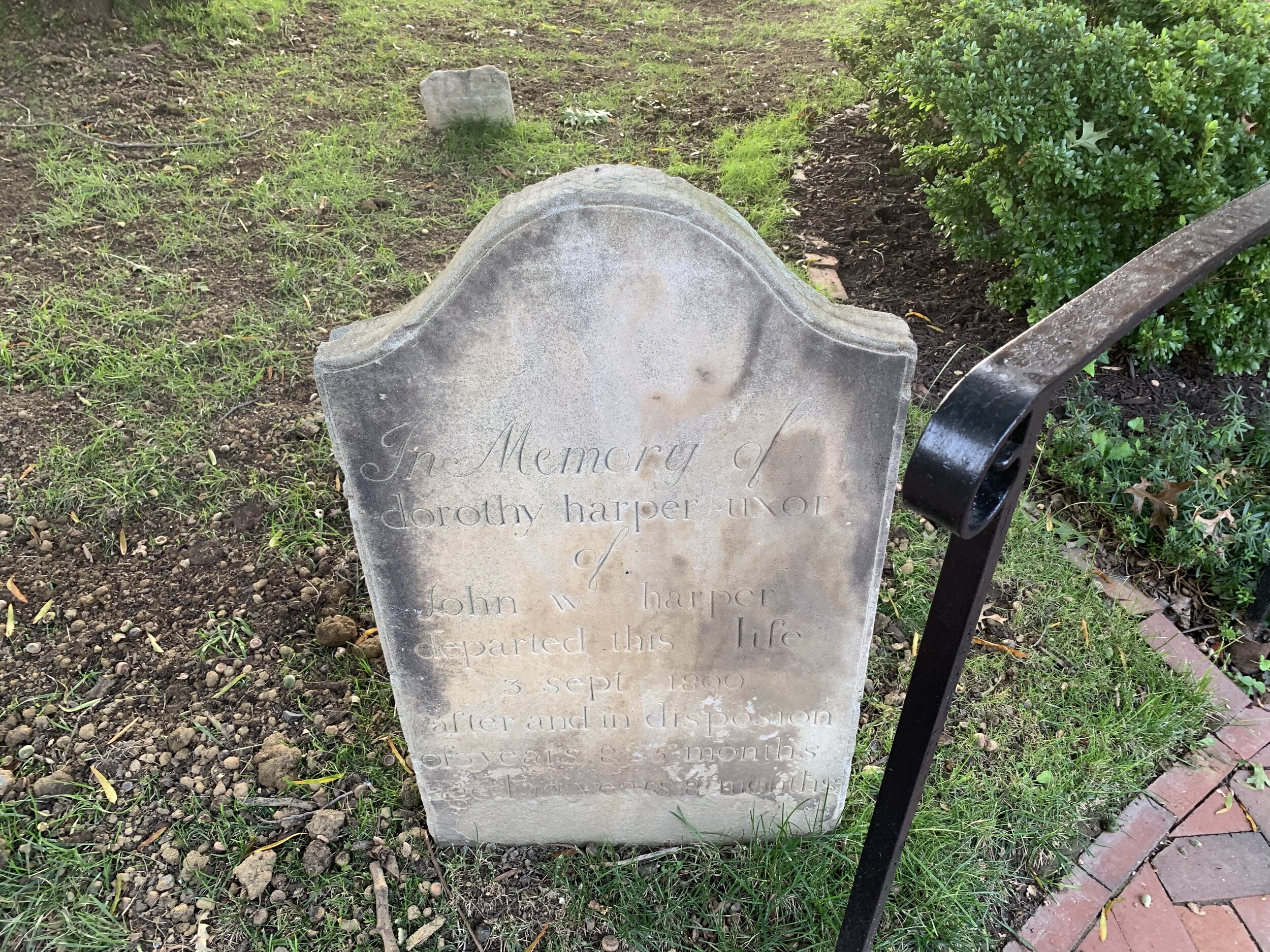
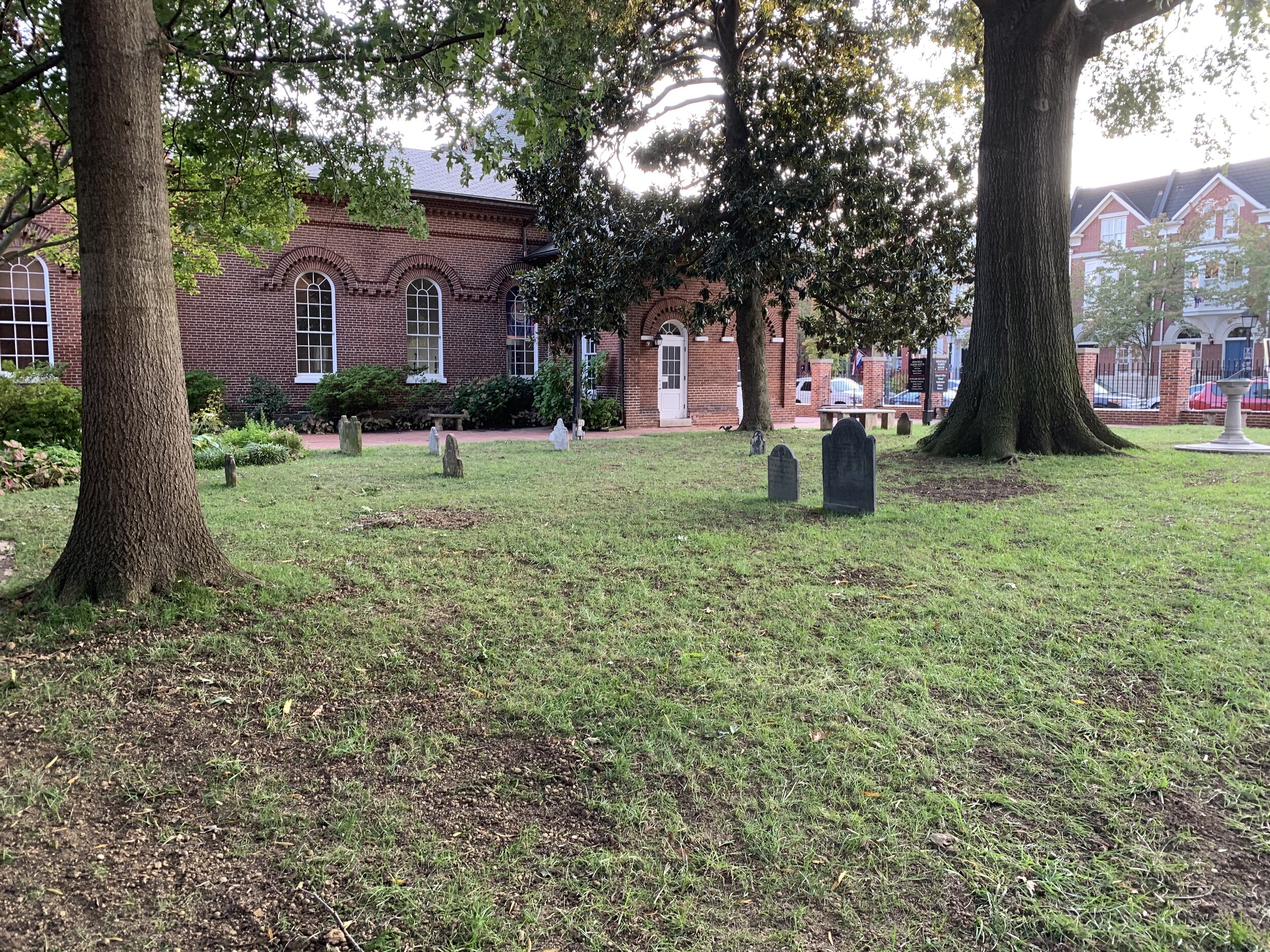
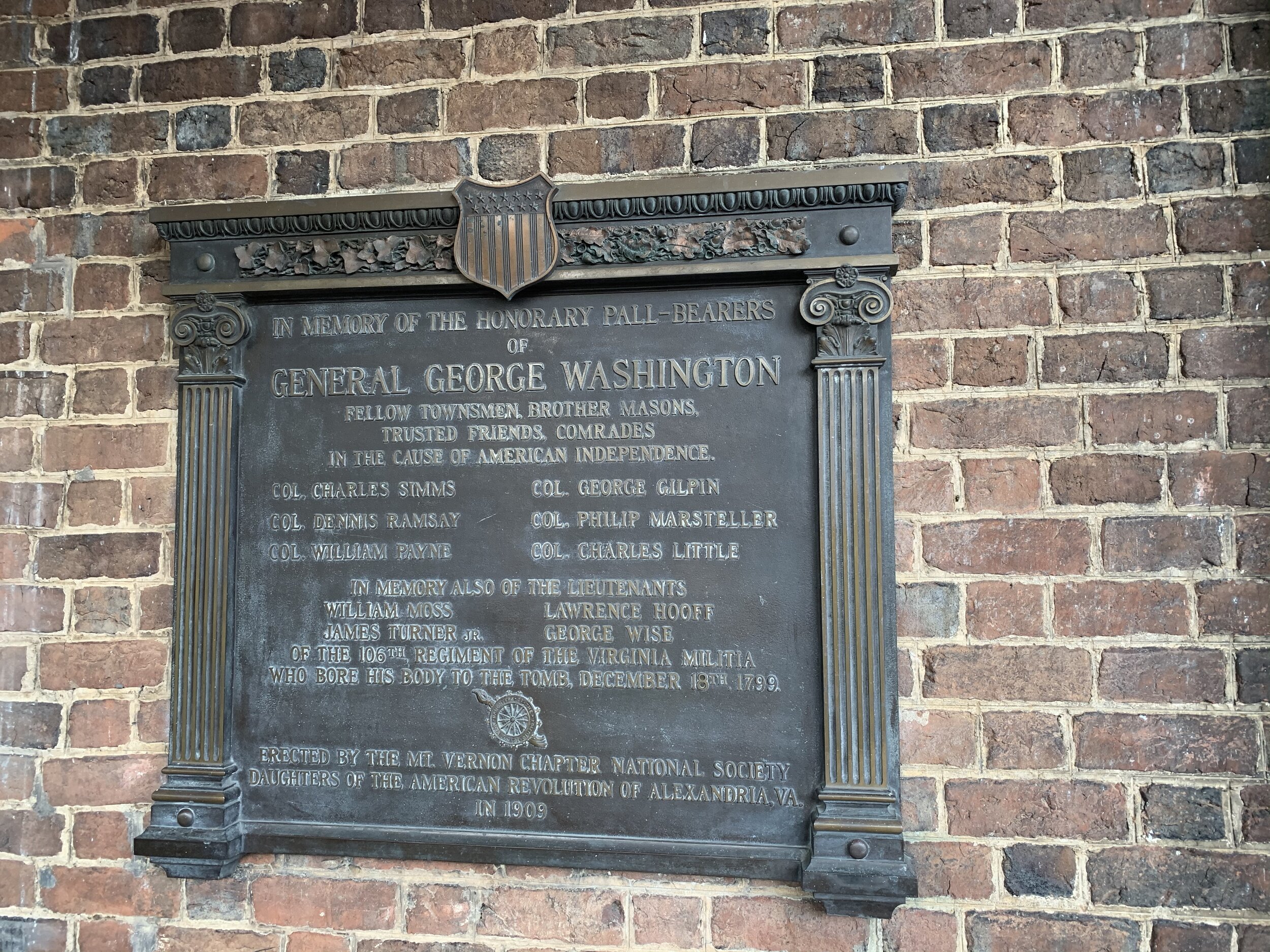
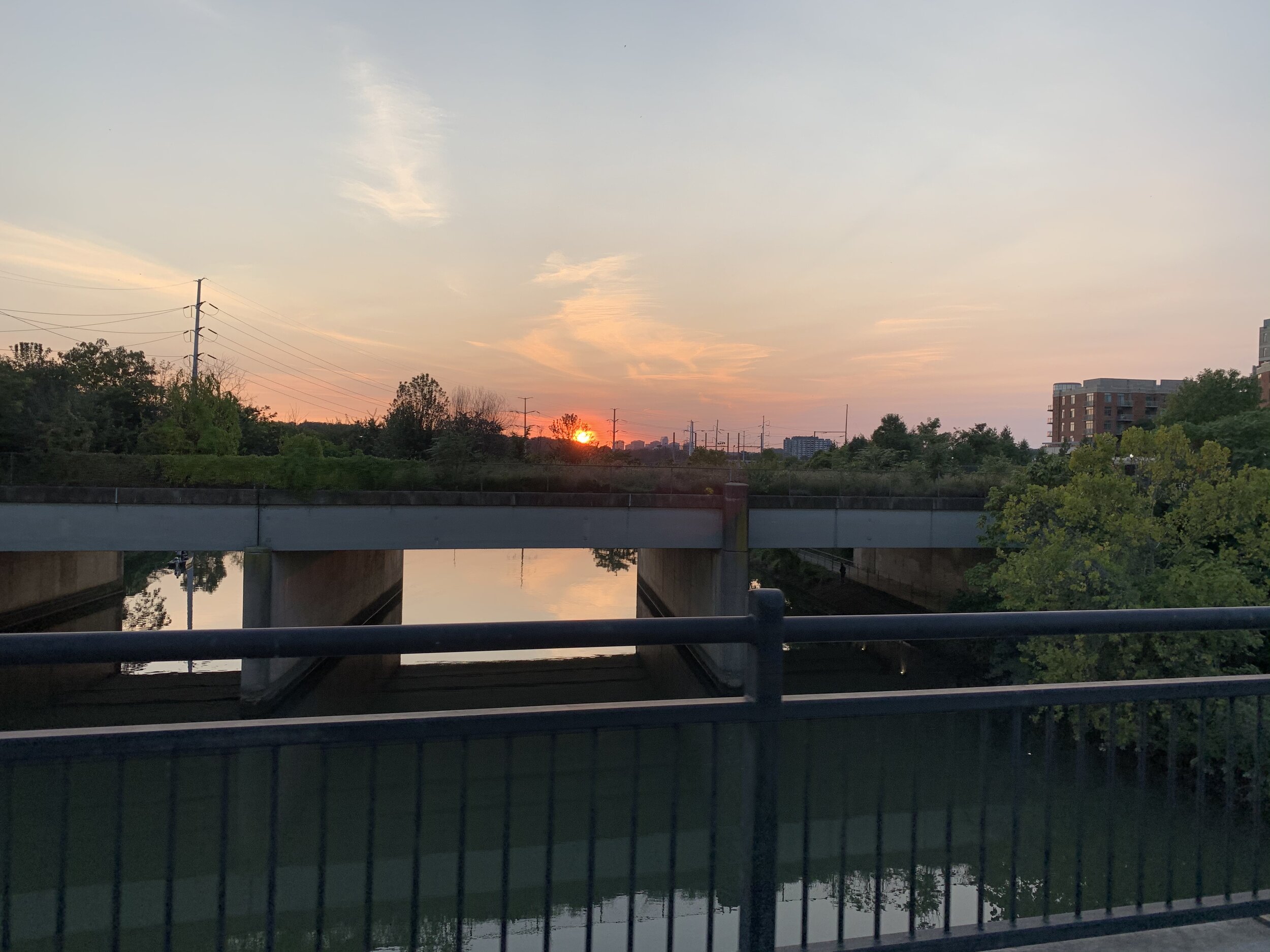
-
September 2020
- Sep 27, 2020 George Washington Masonic Memorial and Historic Christ Church Sep 27, 2020
- Sep 22, 2020 Key Bridge and the C&O Canal Towpath Sep 22, 2020
- Sep 18, 2020 Netherlands Carillon and USMC War Memorial Sep 18, 2020
- Sep 17, 2020 Jones Point Park and the Wilkes Tunnel Sep 17, 2020
- Sep 15, 2020 A President's Island Memorial - Theodore Roosevelt Island Sep 15, 2020
- Sep 12, 2020 Lyndon Baines Johnson Memorial Grove and US Navy Merchant Marine Memorial Sep 12, 2020
- Sep 12, 2020 Washington DC - Tidal Basin and Monuments Sep 12, 2020
- Sep 9, 2020 National Harbor - Oxon Hill Maryland Sep 9, 2020
- Sep 7, 2020 Alexandria National Cemetery Sep 7, 2020
- Sep 6, 2020 George Washington's Mount Vernon Sep 6, 2020
- Sep 5, 2020 A Lovely Stroll through Huntley Meadows Sep 5, 2020
- Sep 3, 2020 Miles For Hope 2020… Sep 3, 2020
- Sep 3, 2020 September 1 - Starting Things Out “Flight” Sep 3, 2020
- Sep 3, 2020 Parks and Mansions - McCutcheon Park and Lamond House Sep 3, 2020















